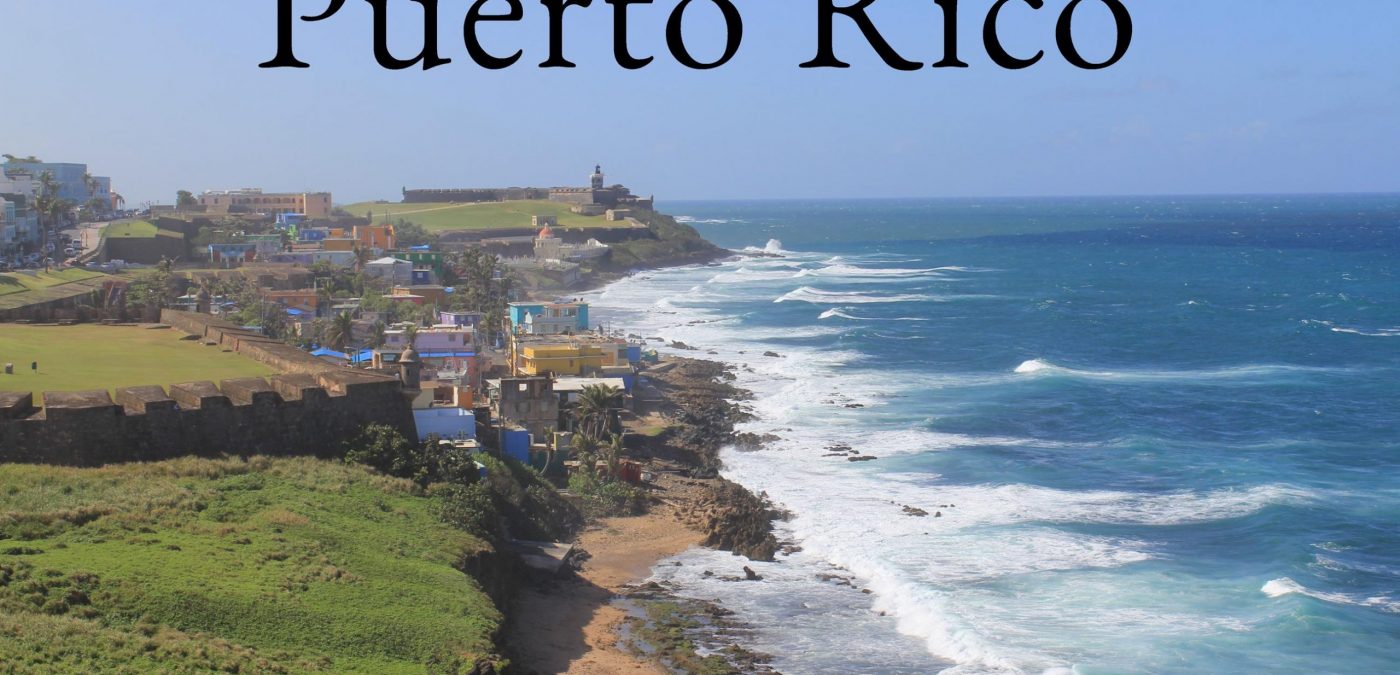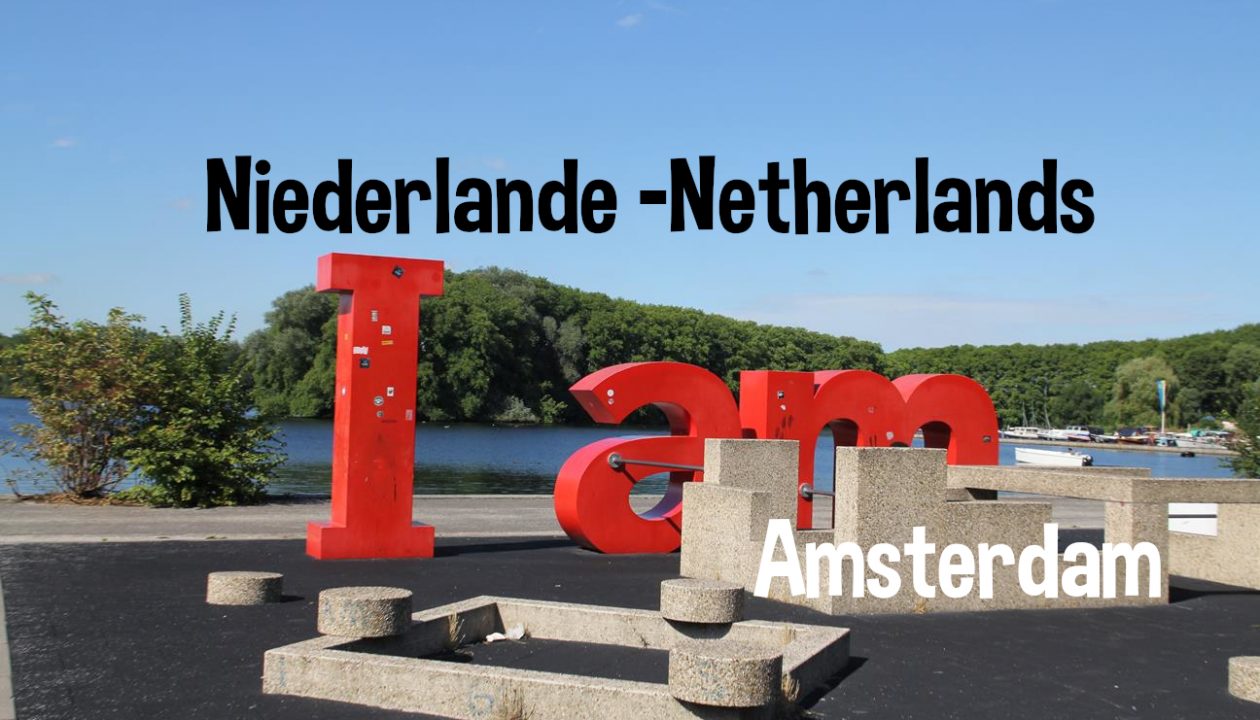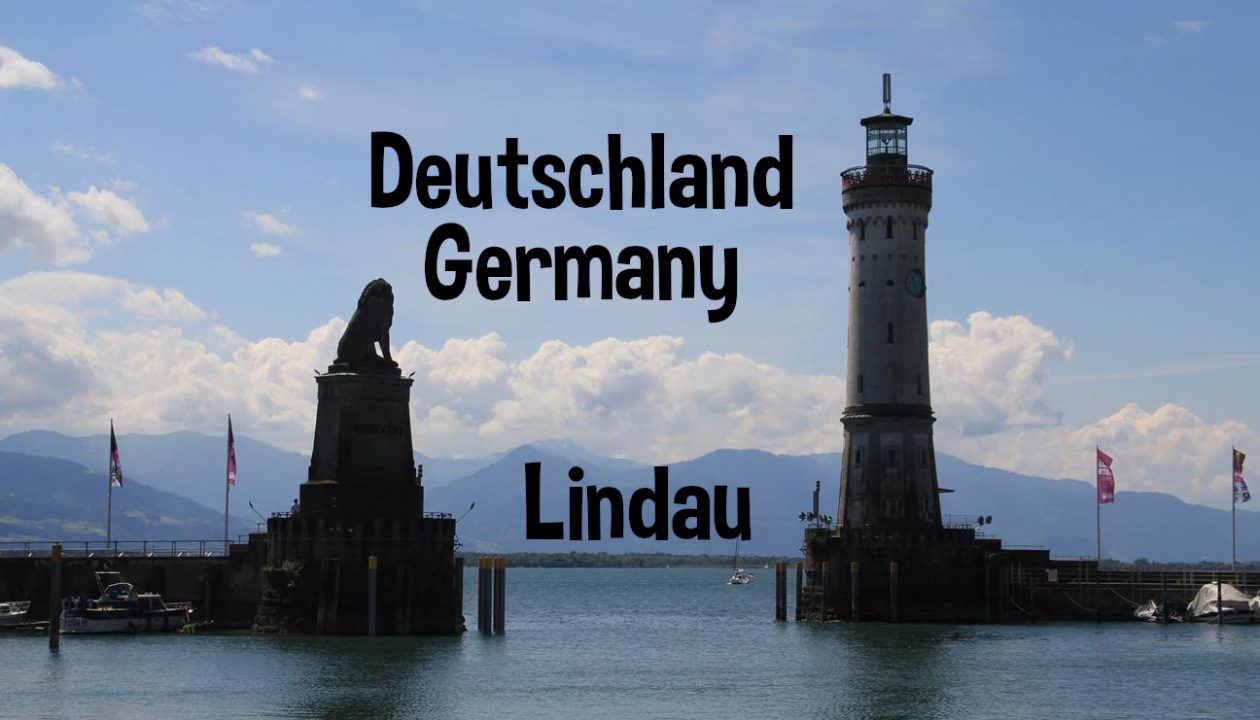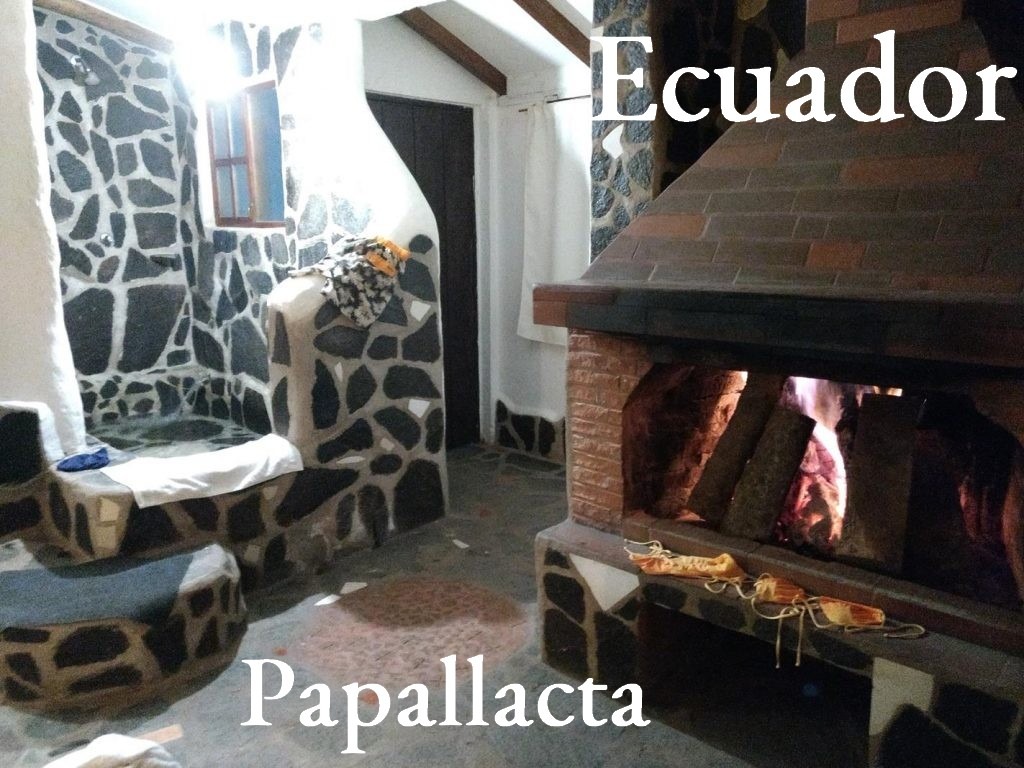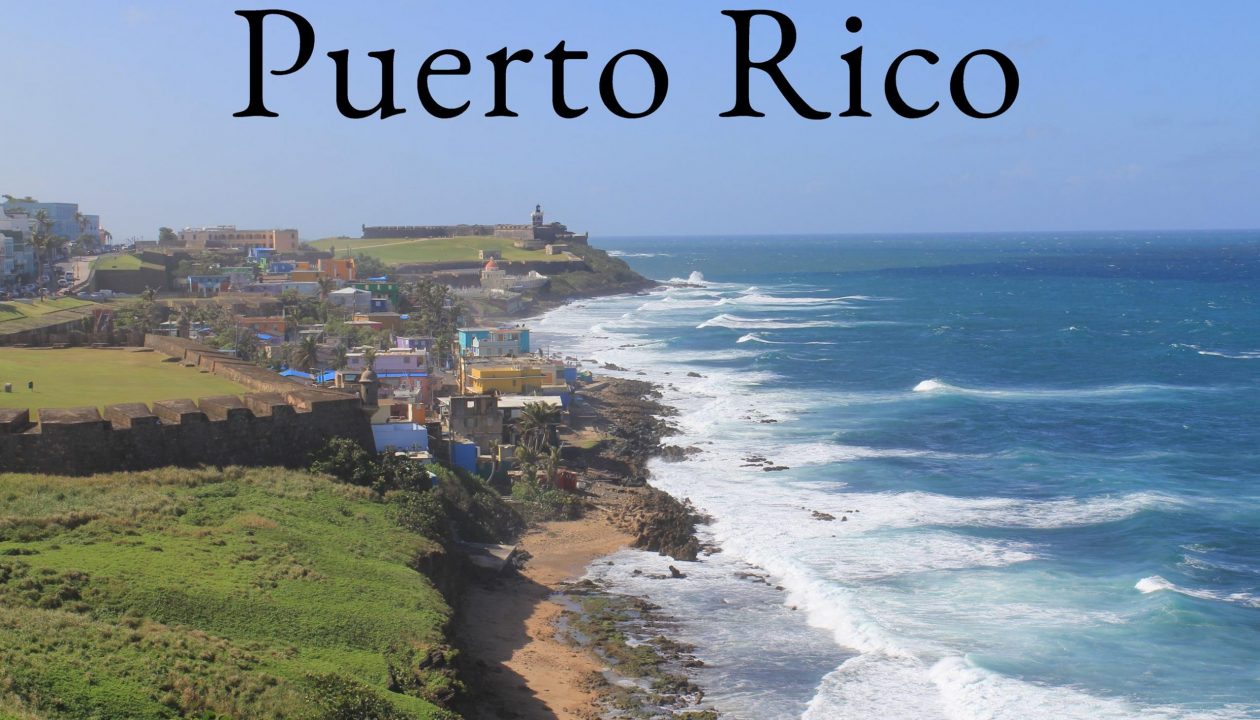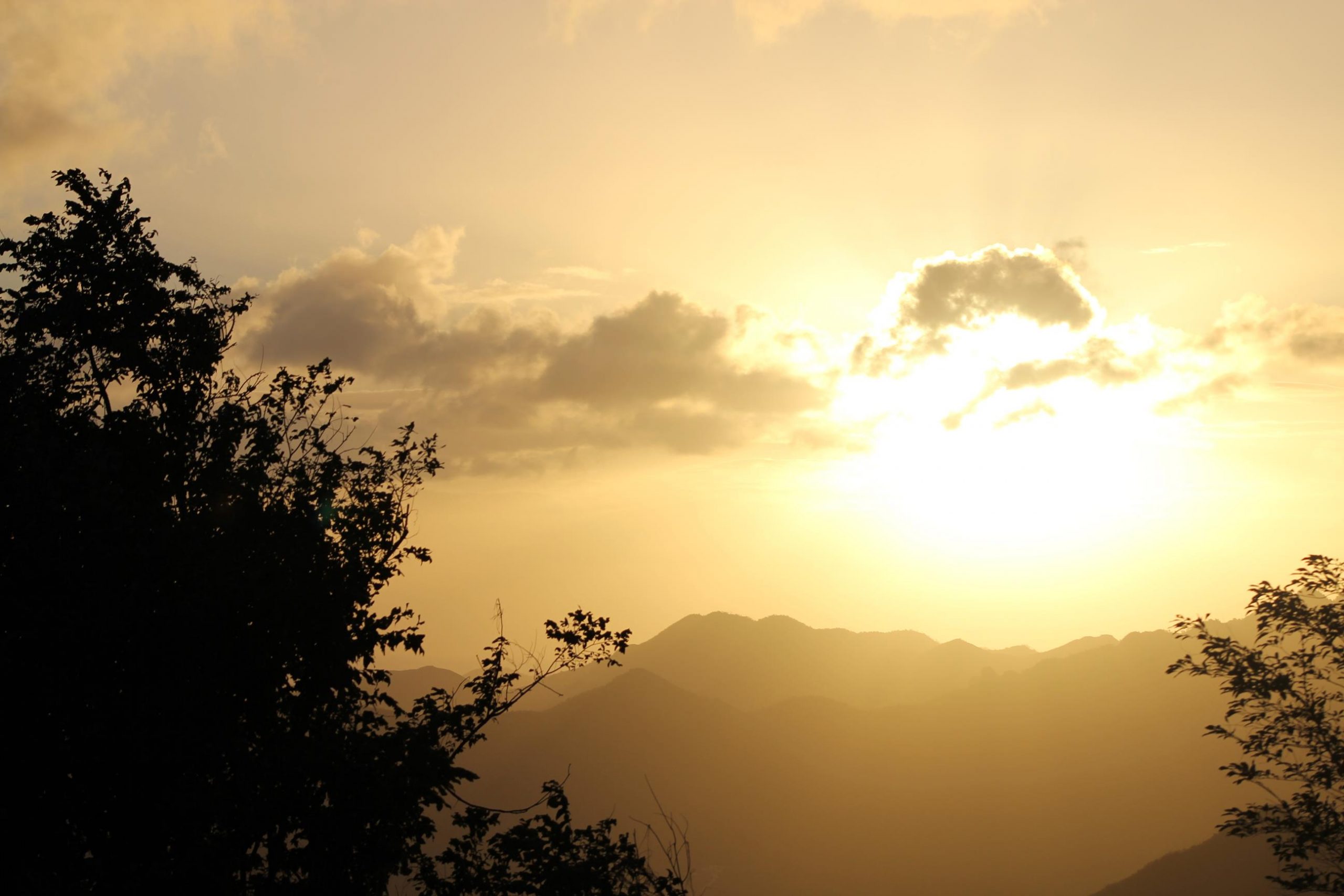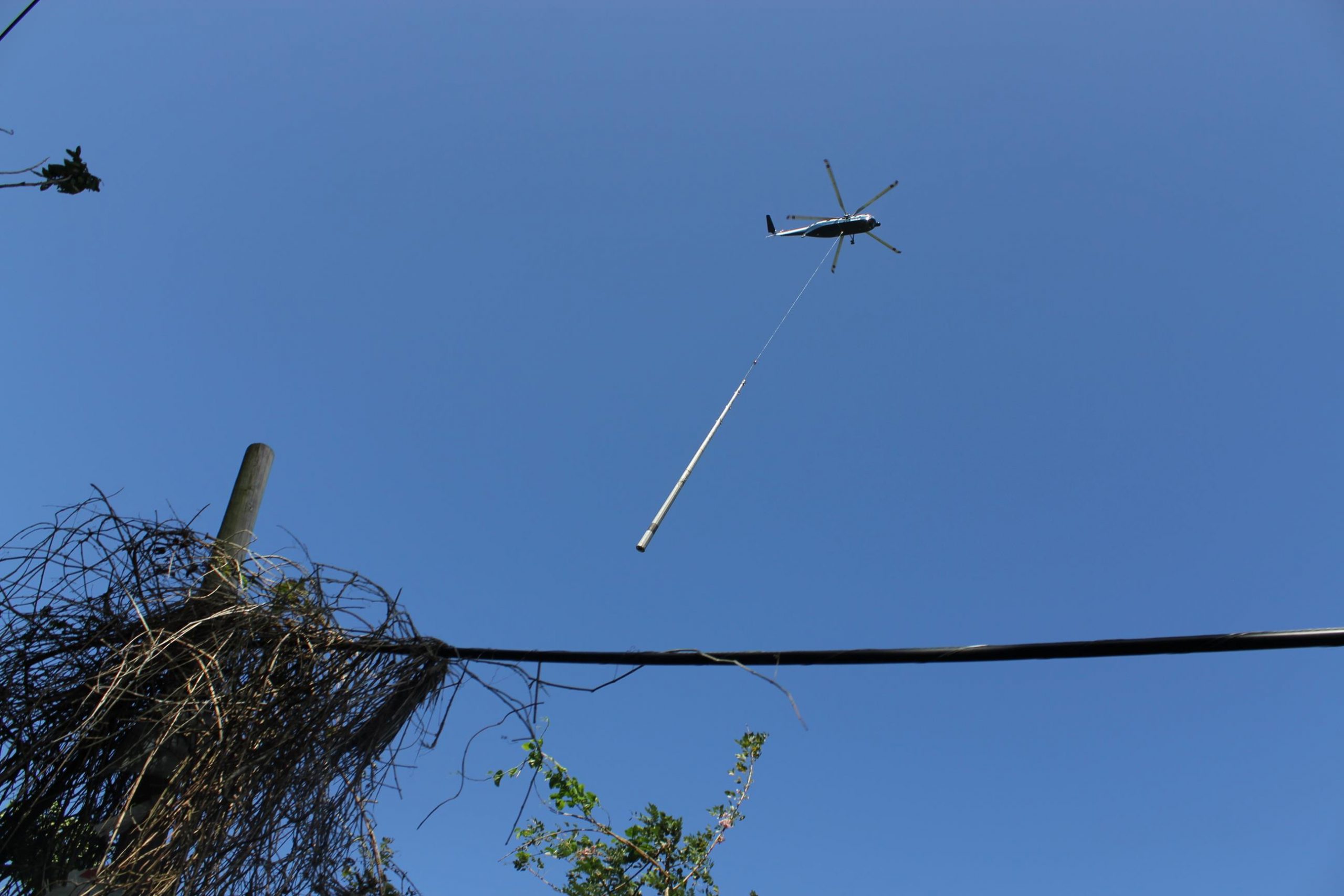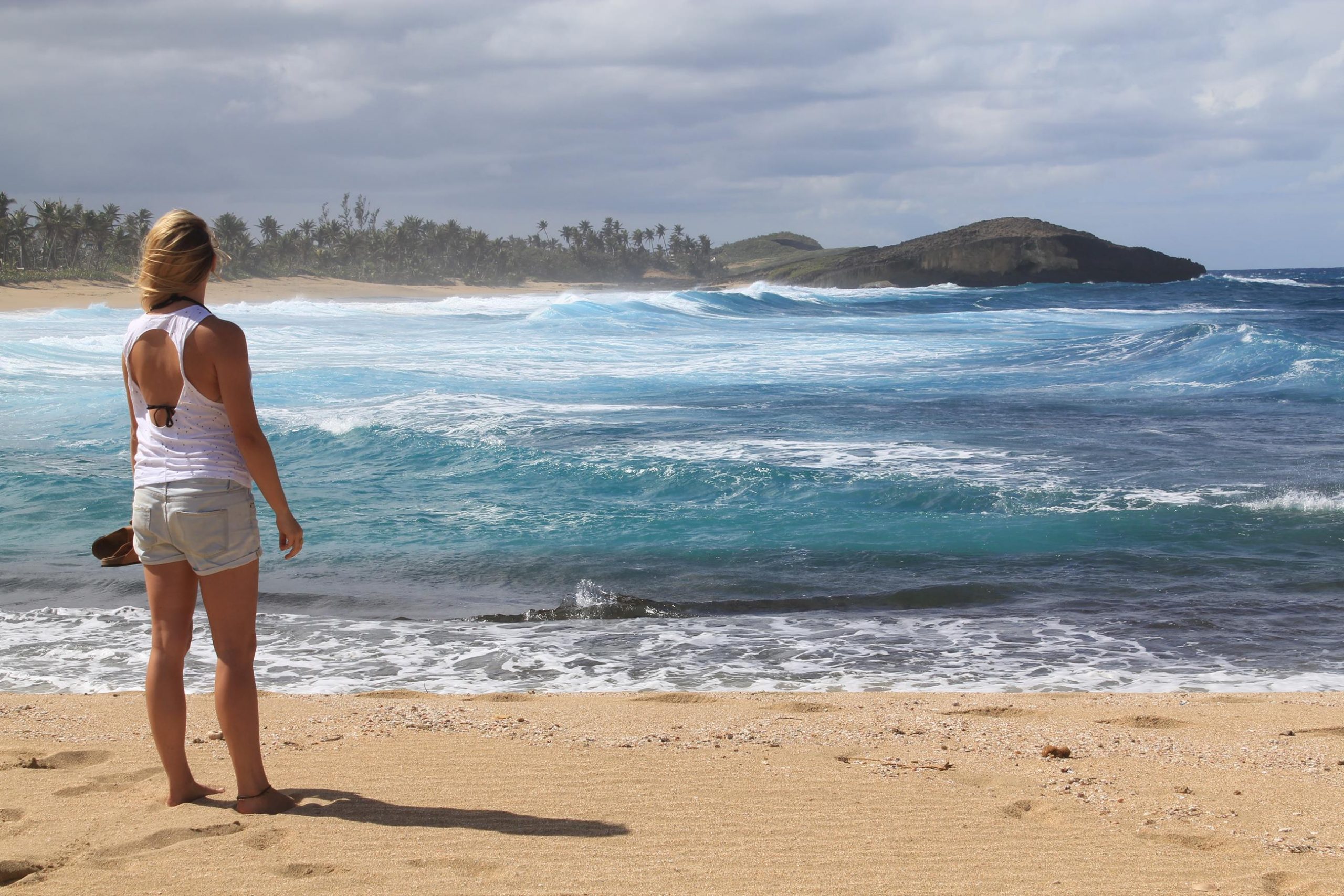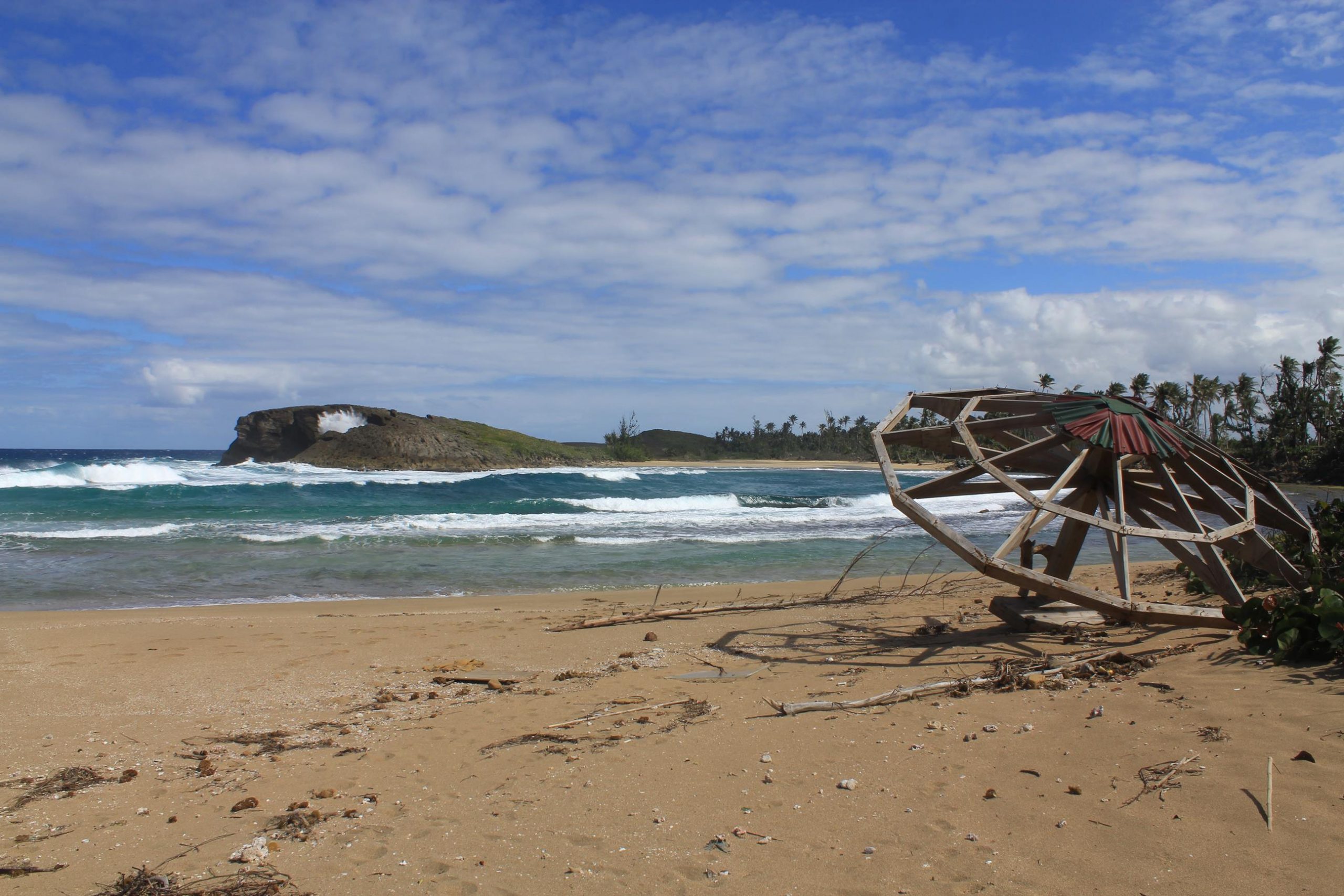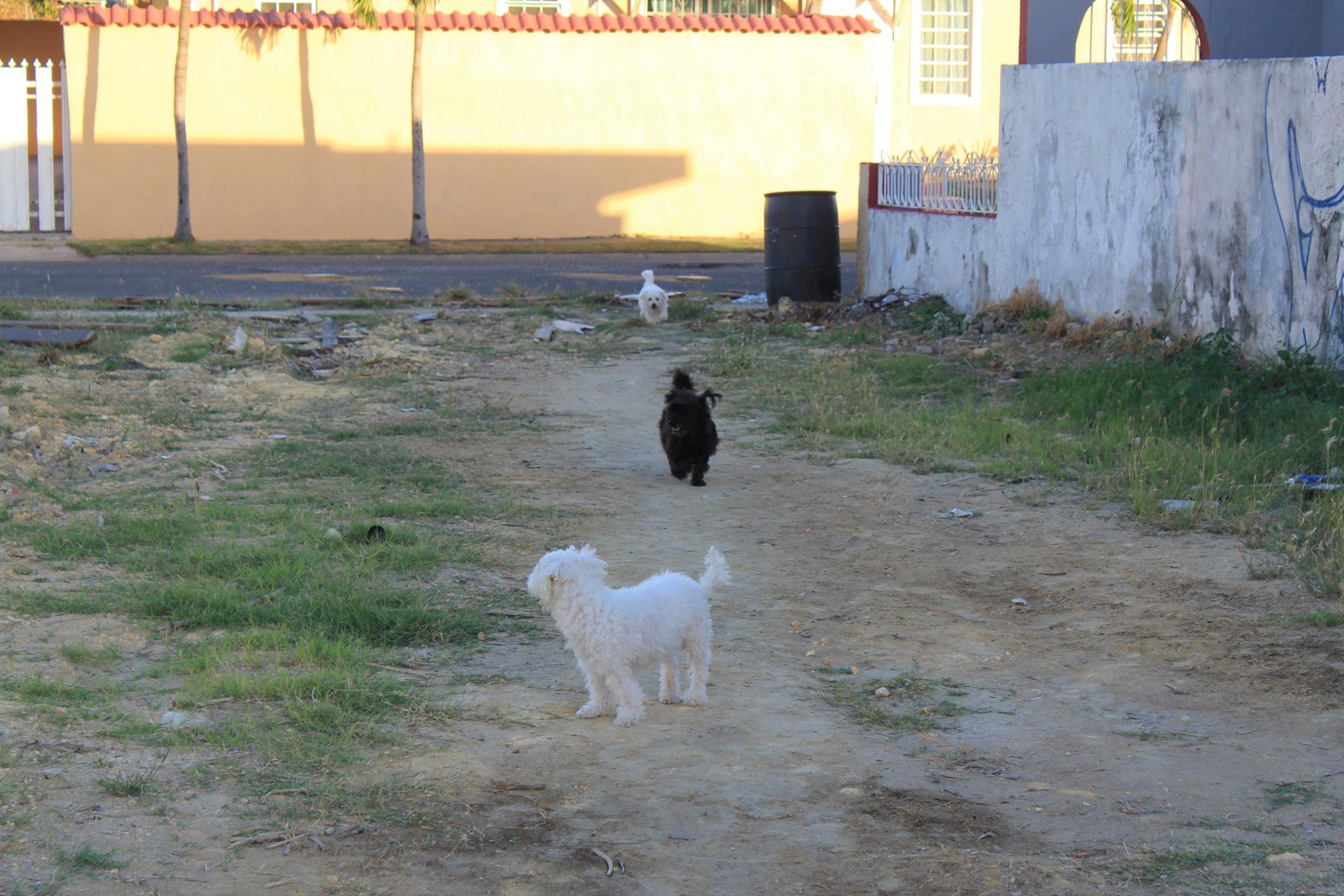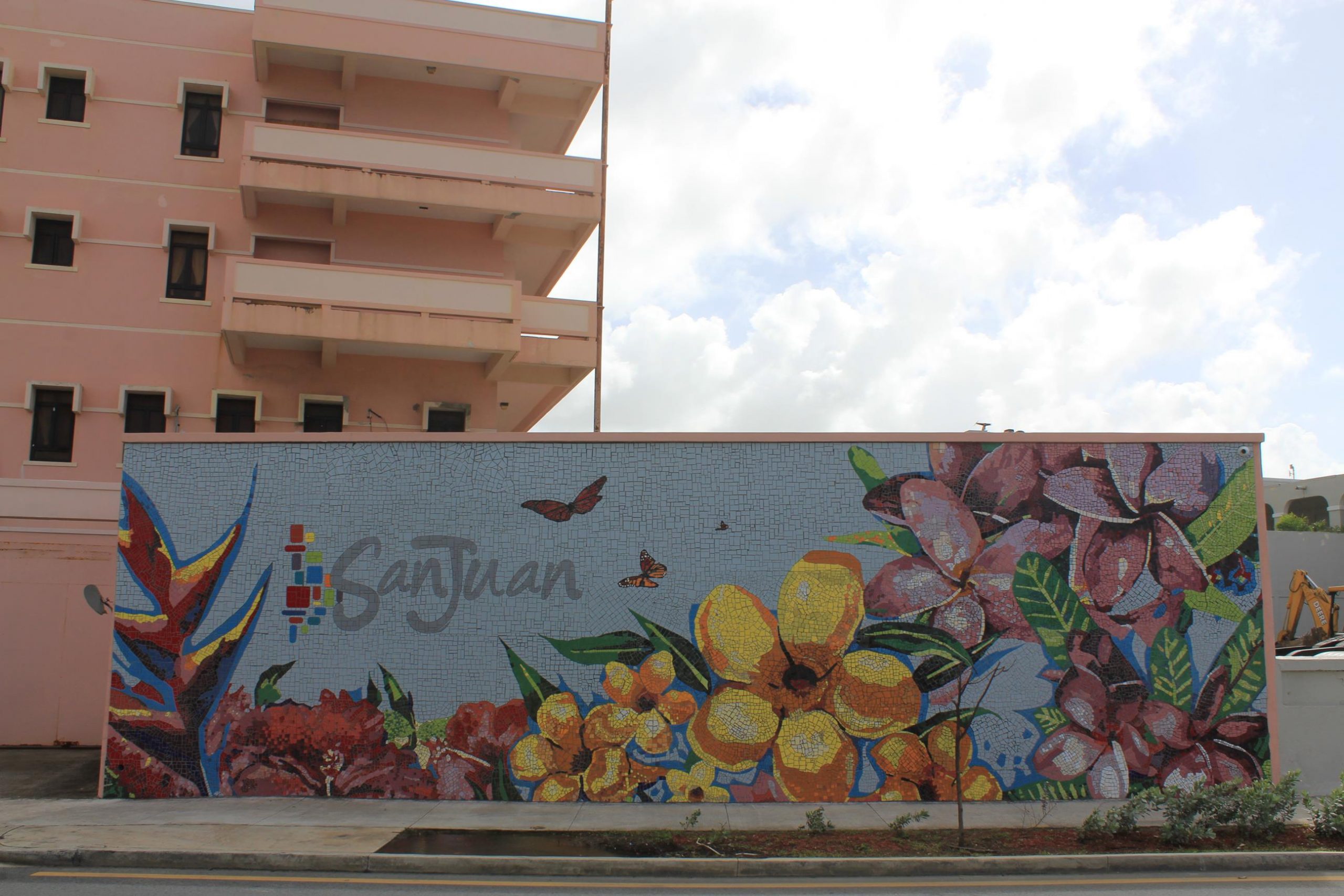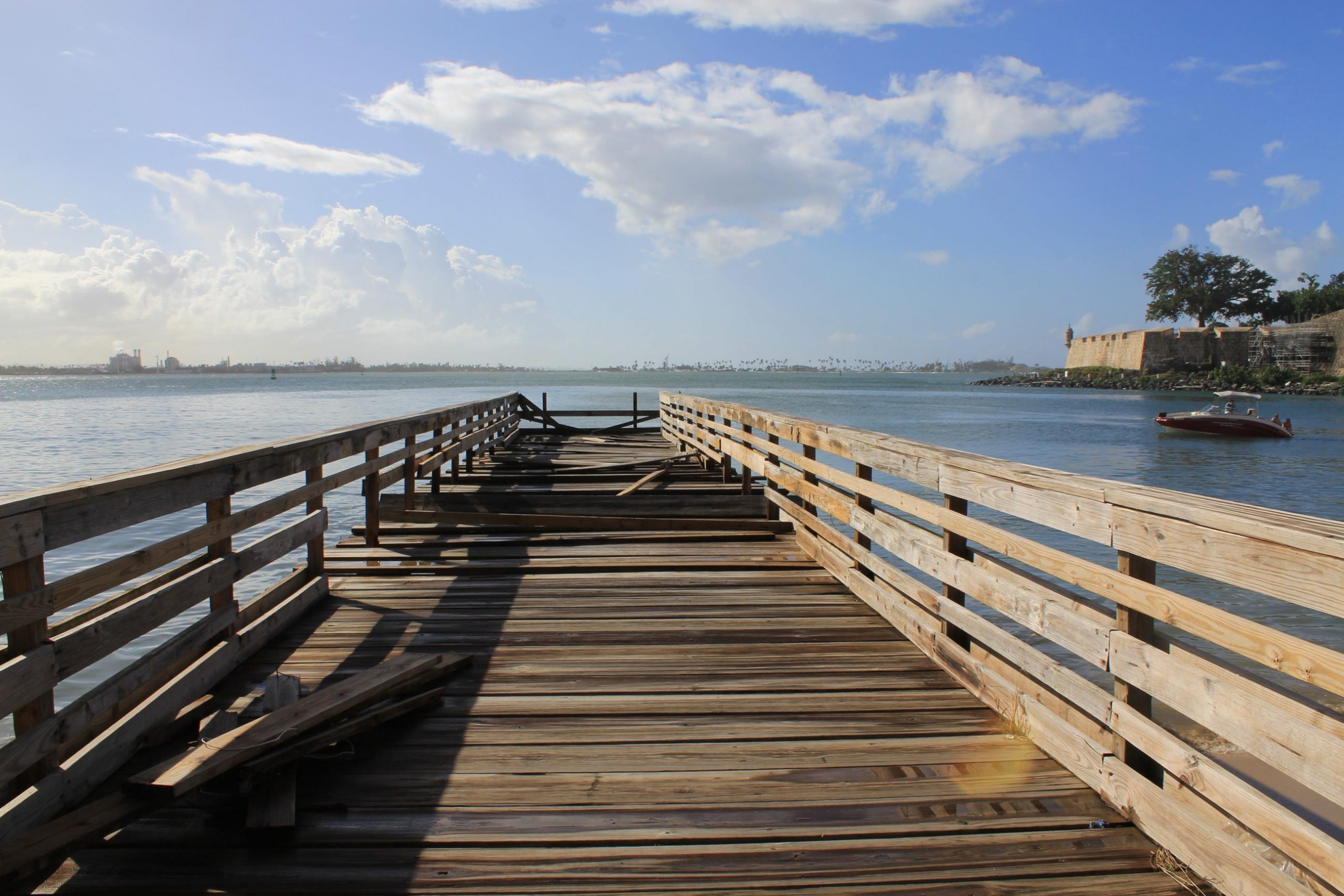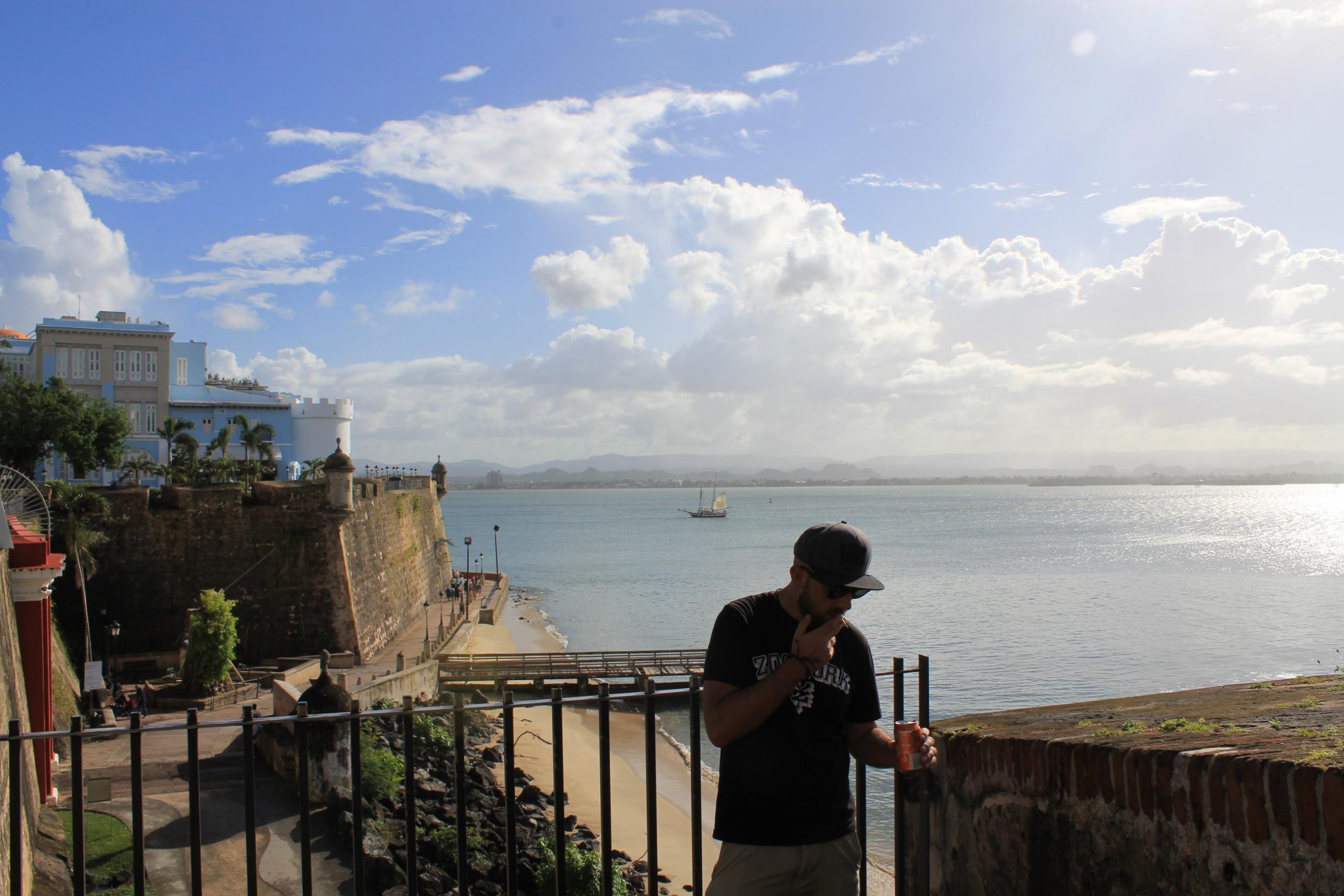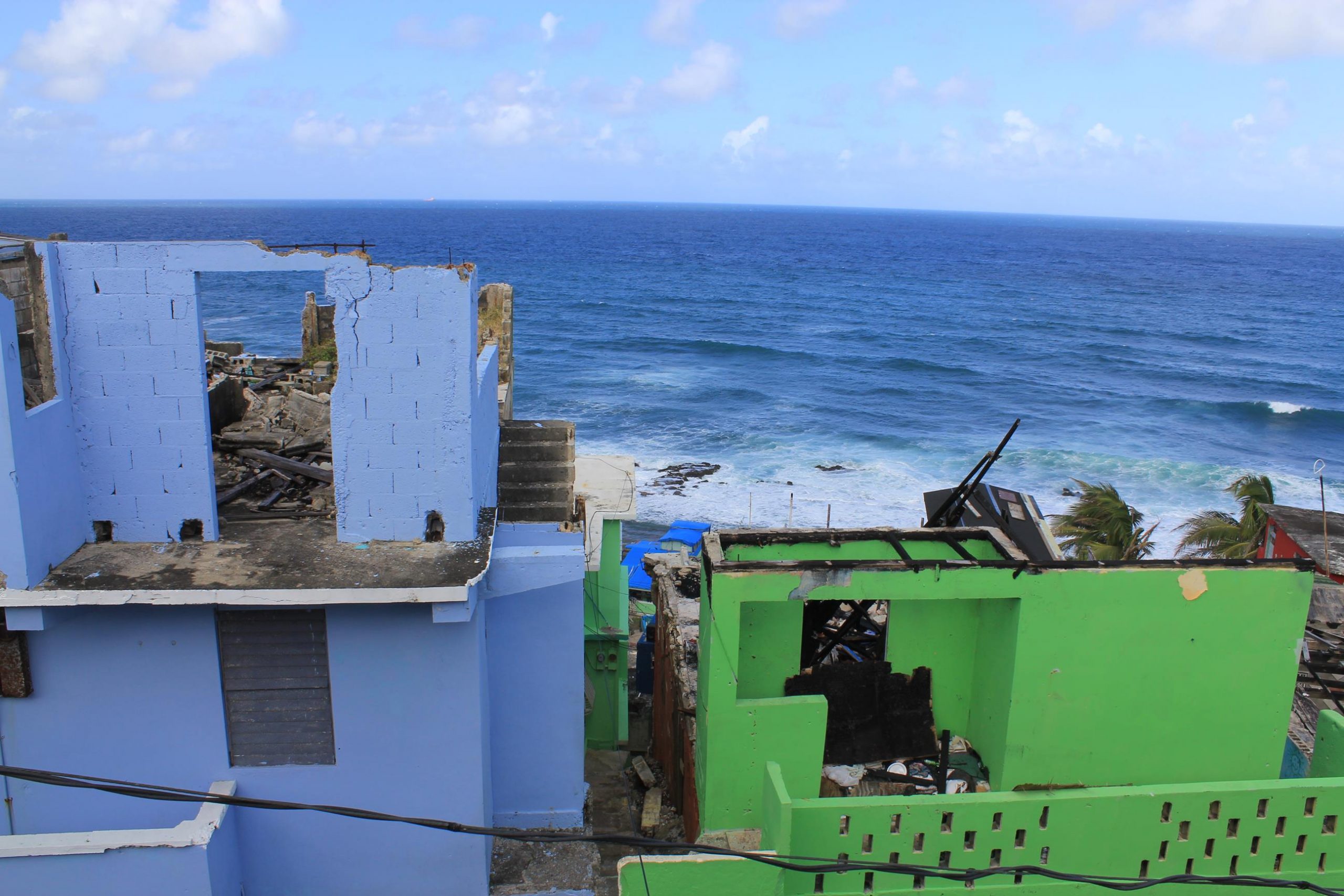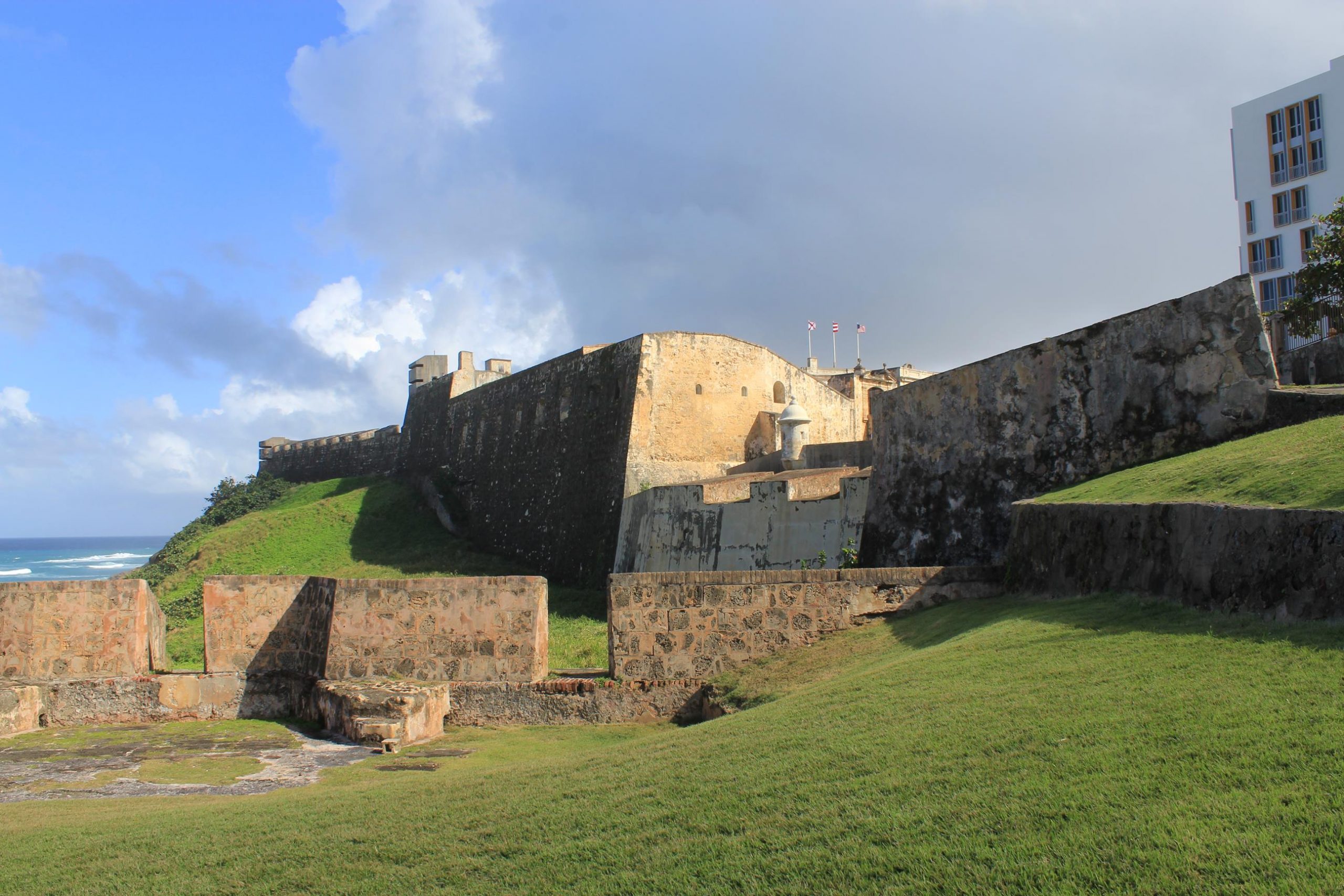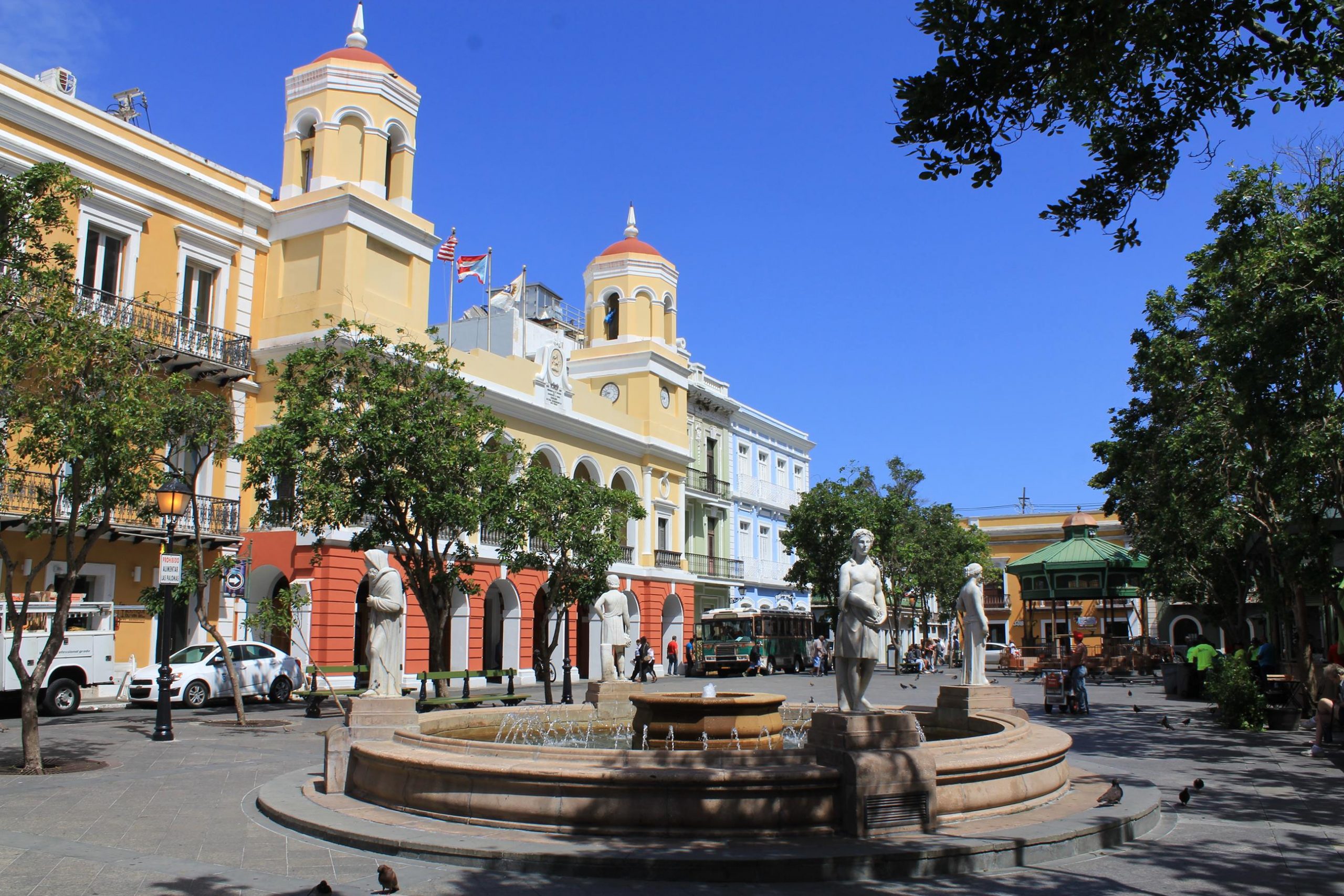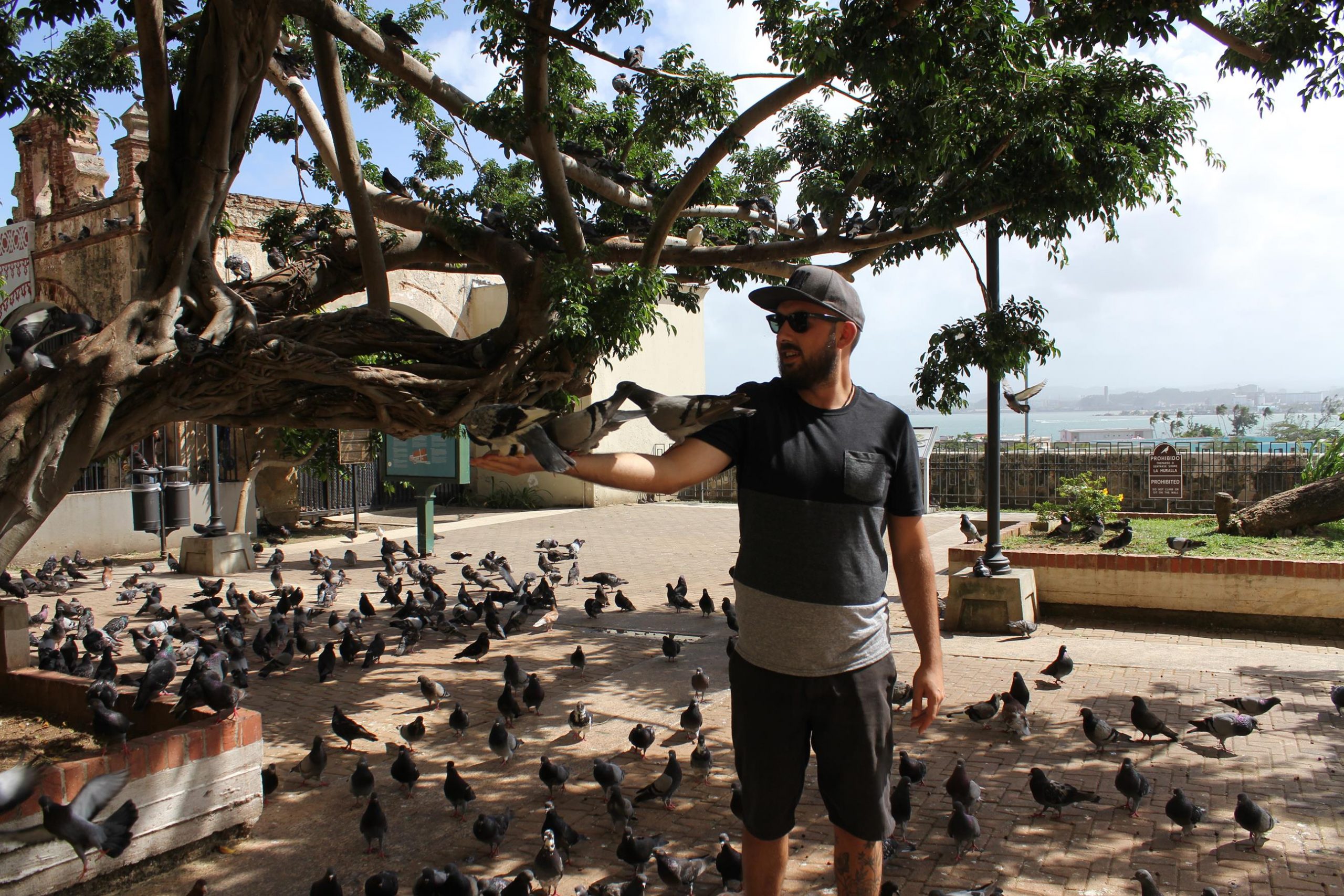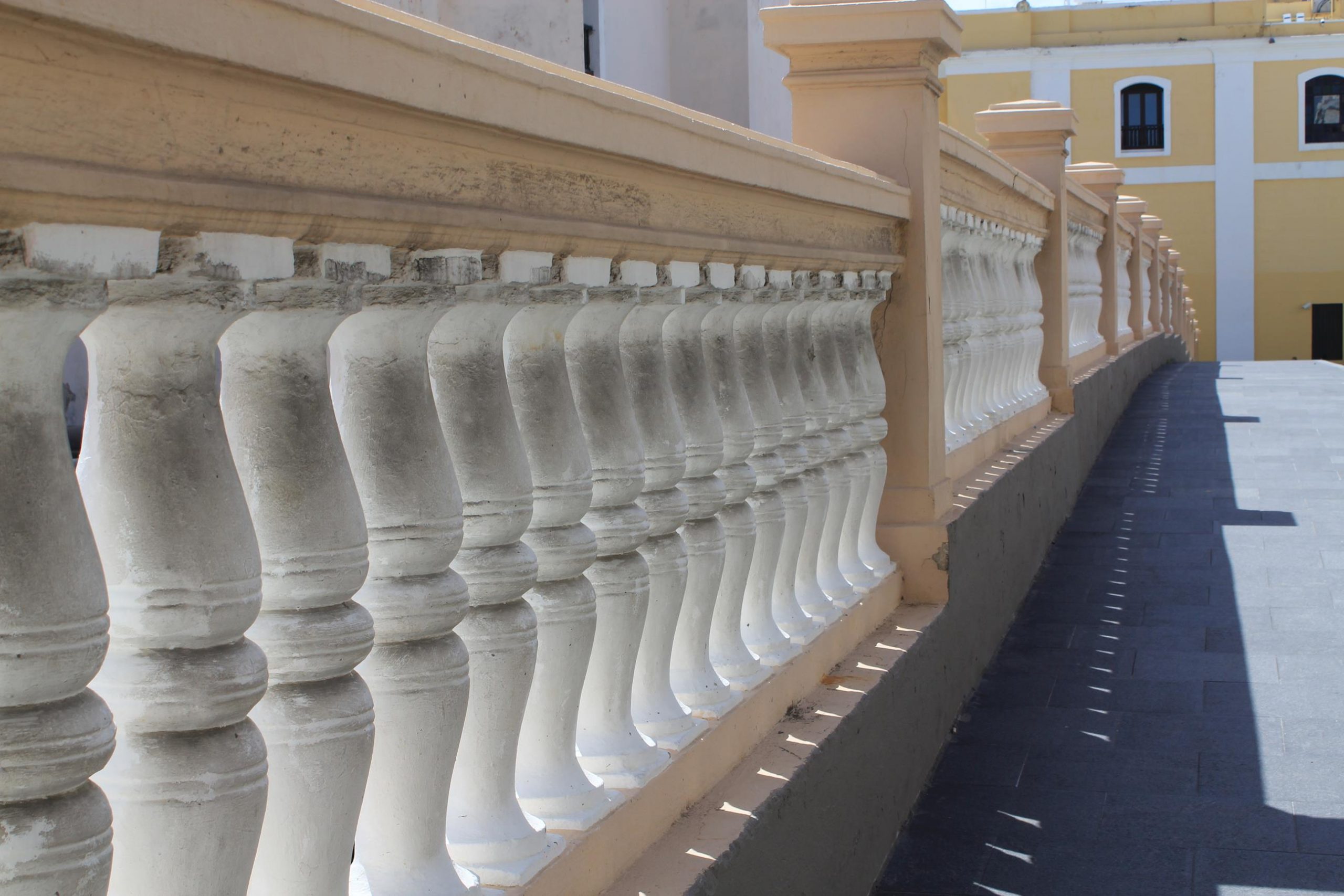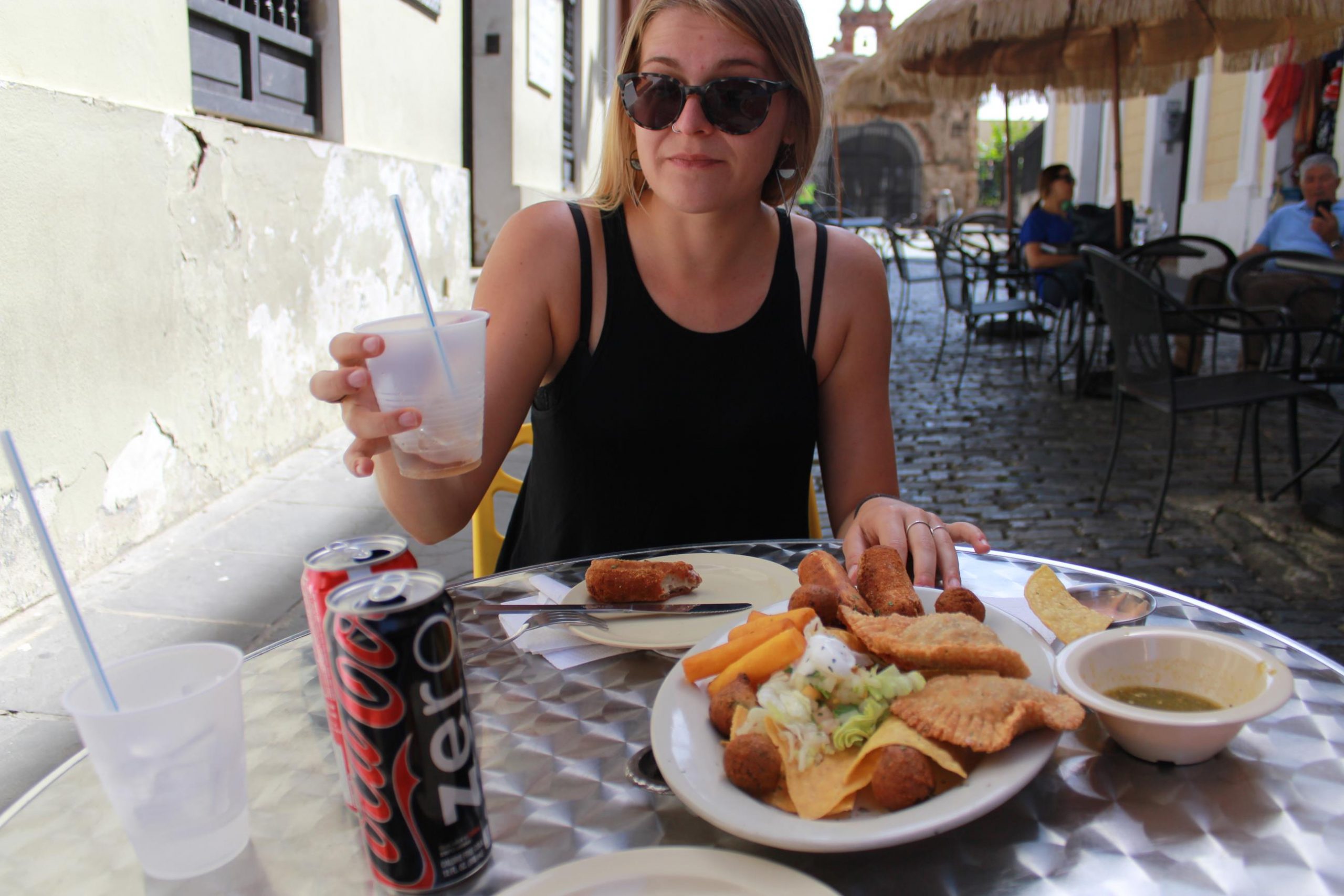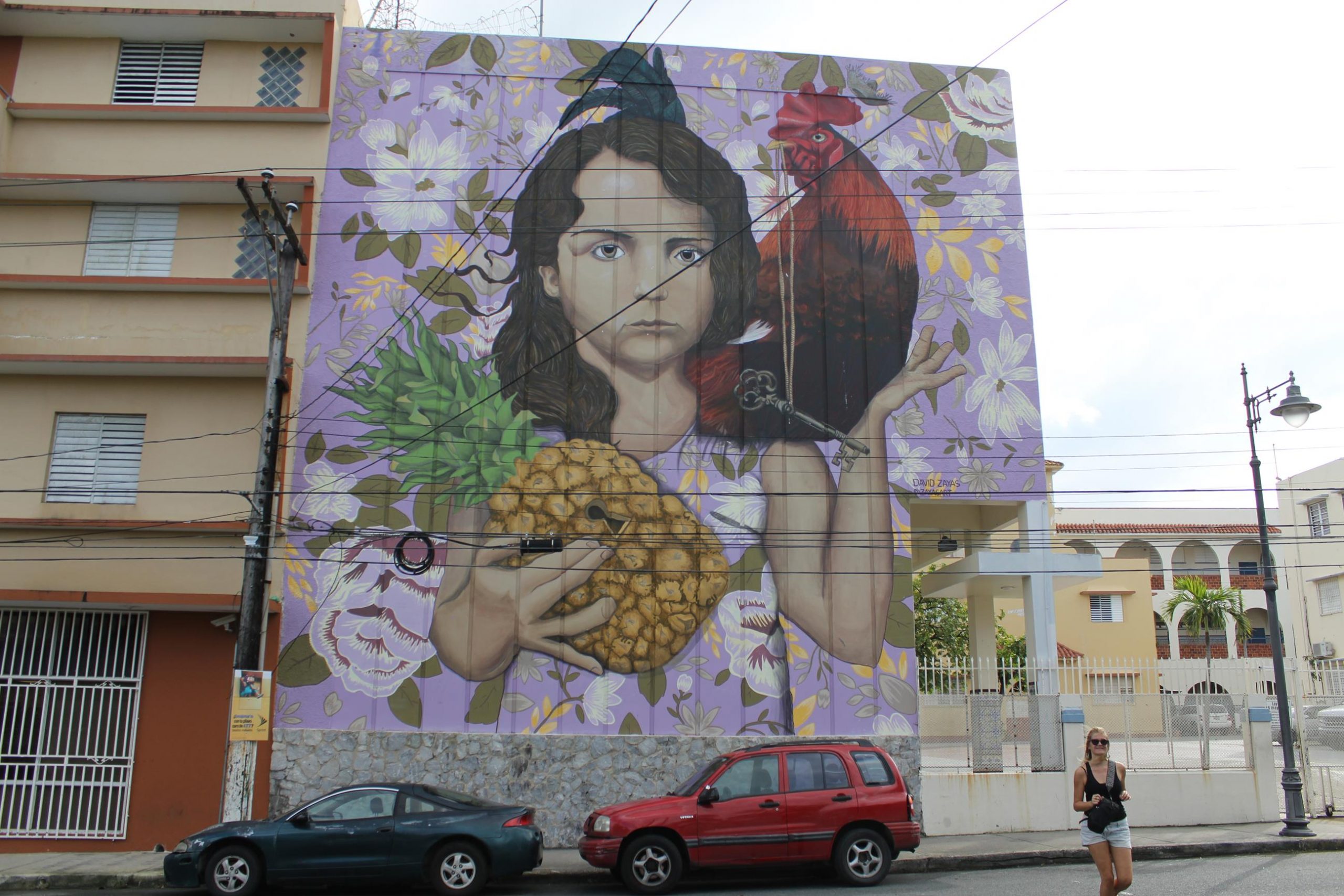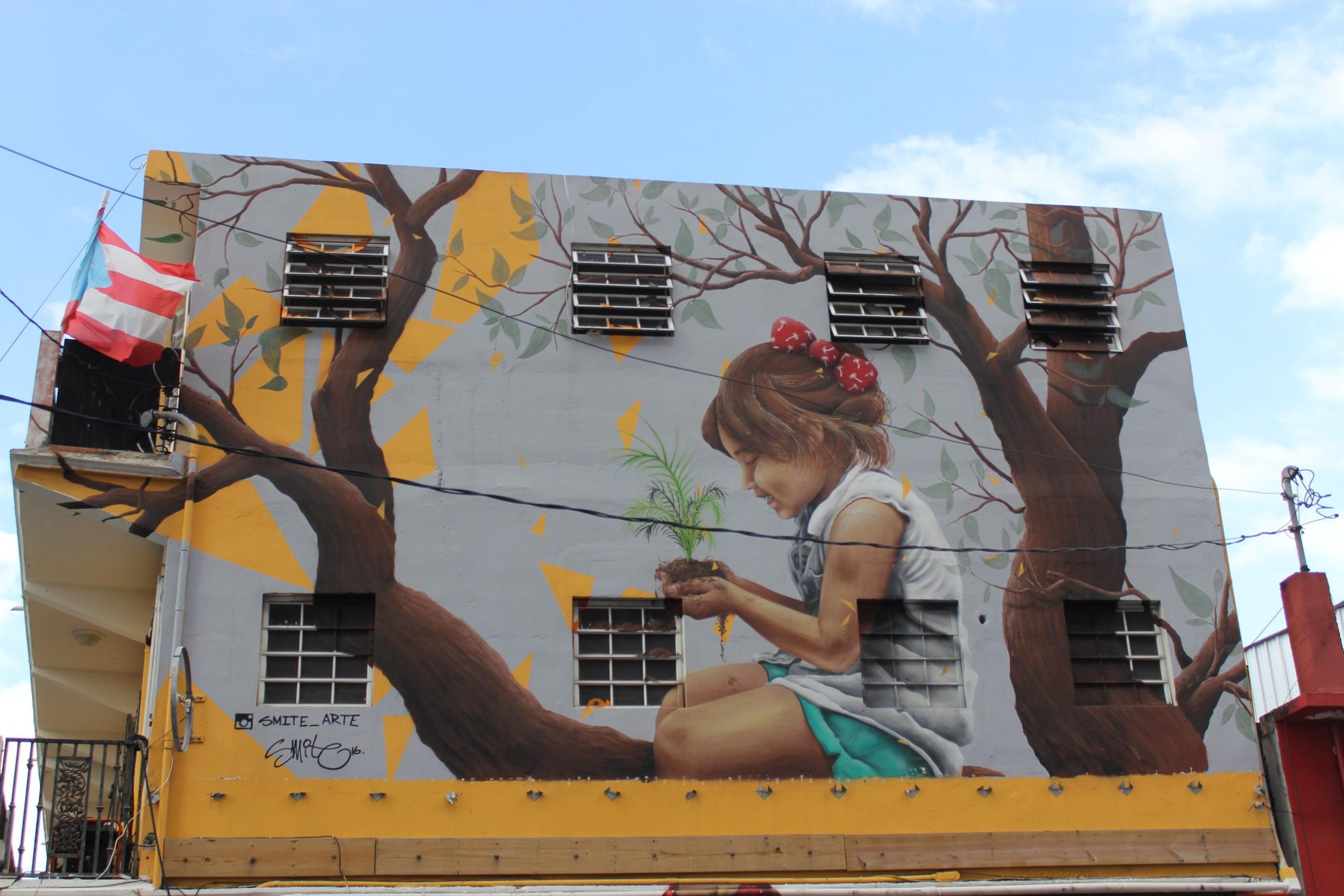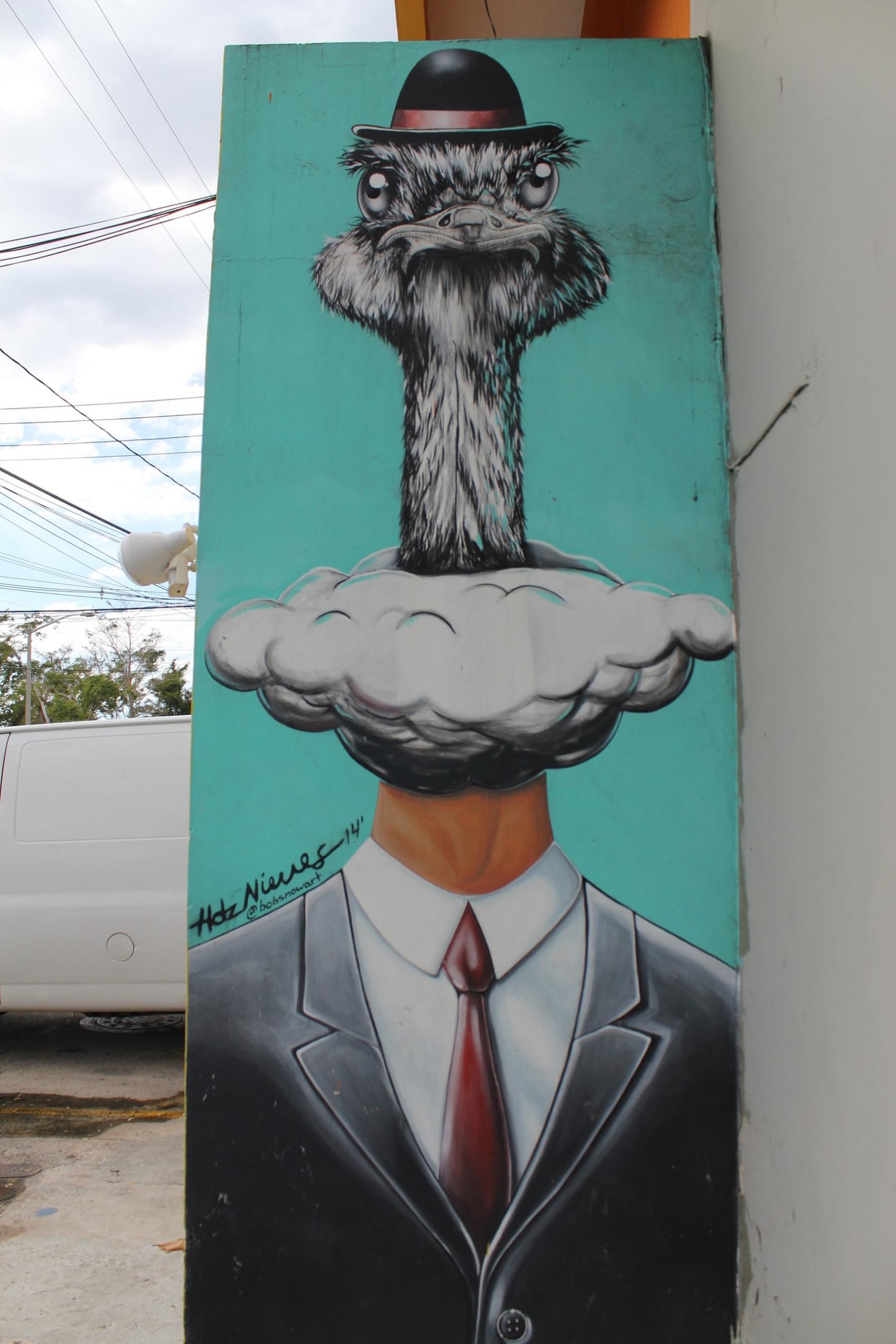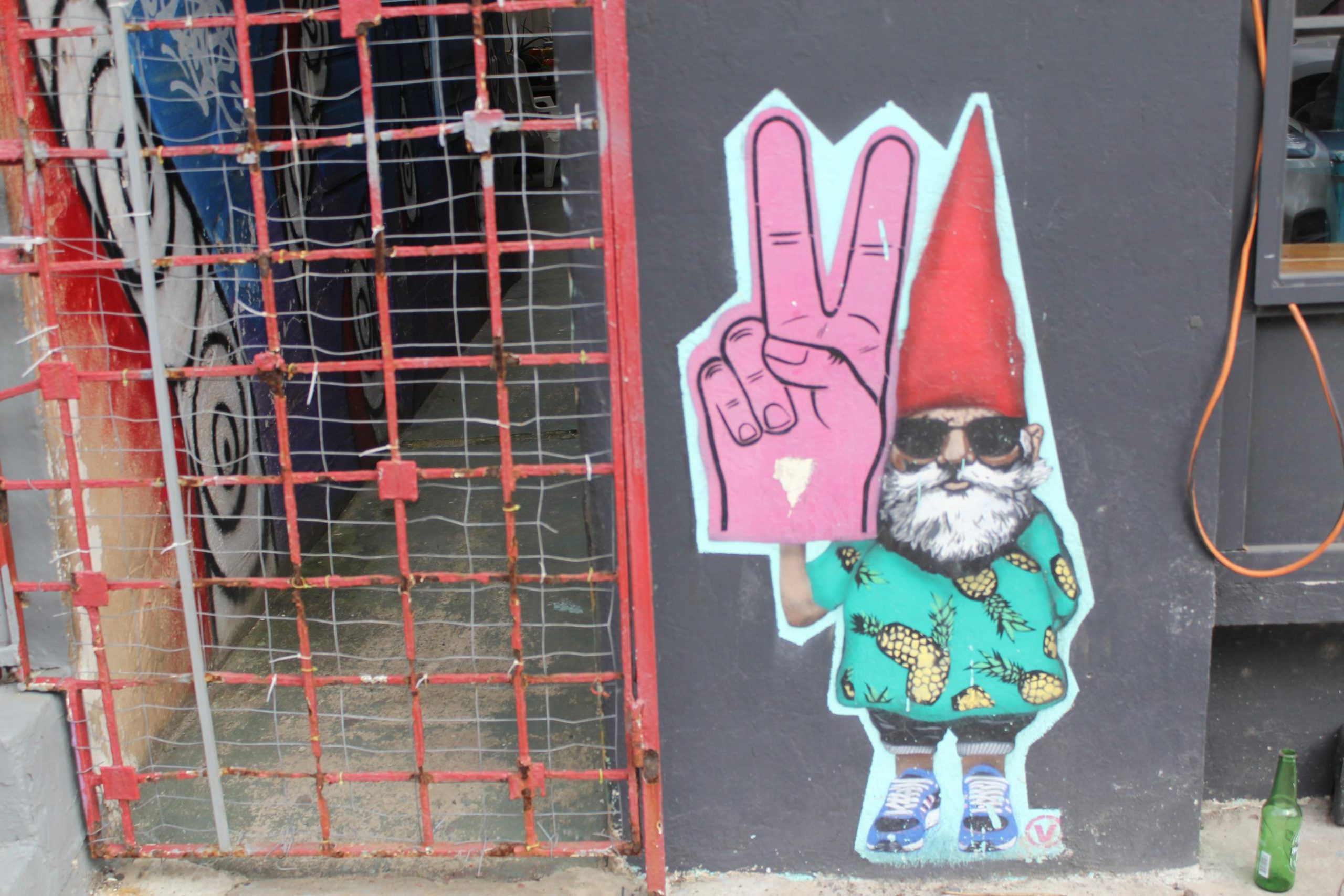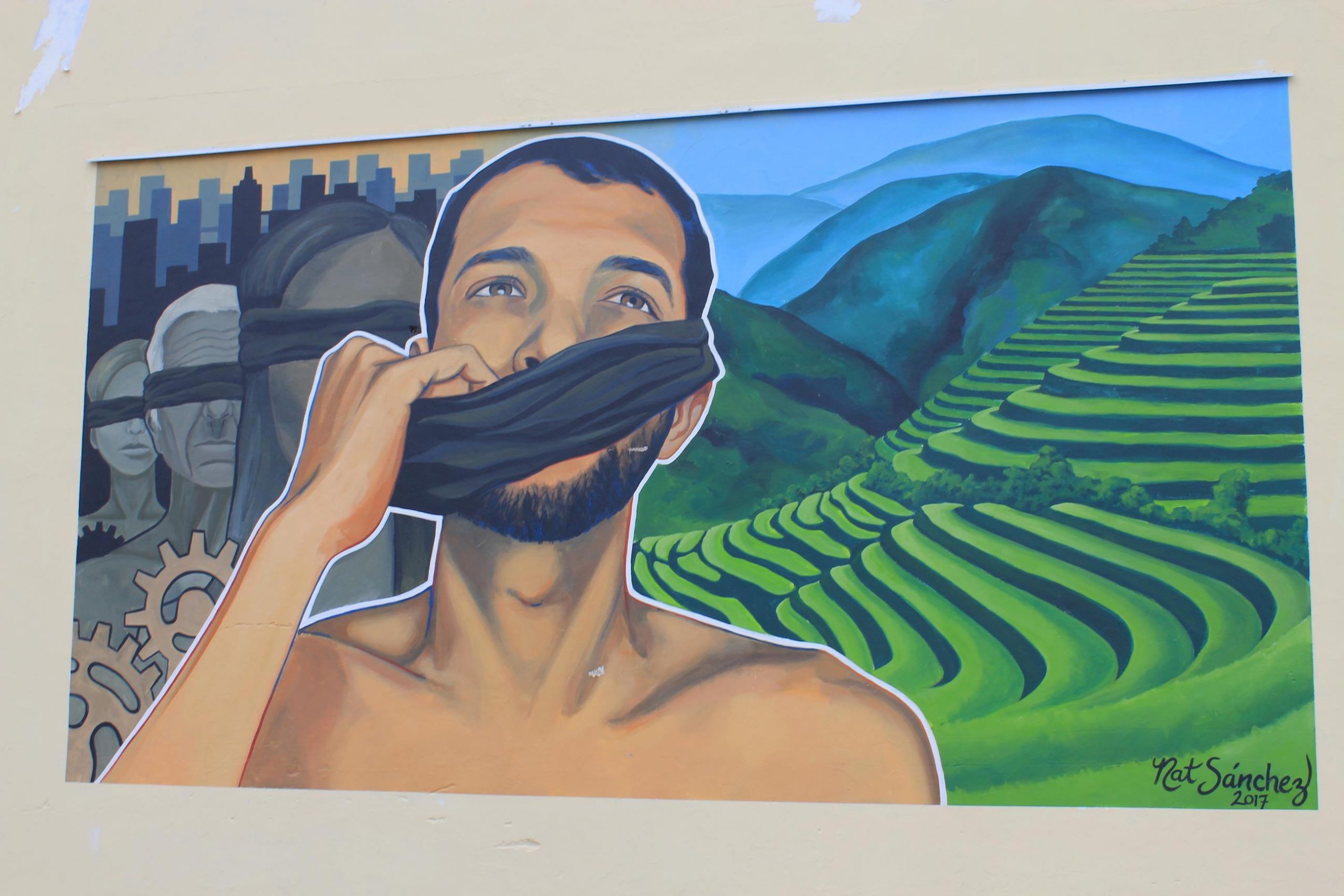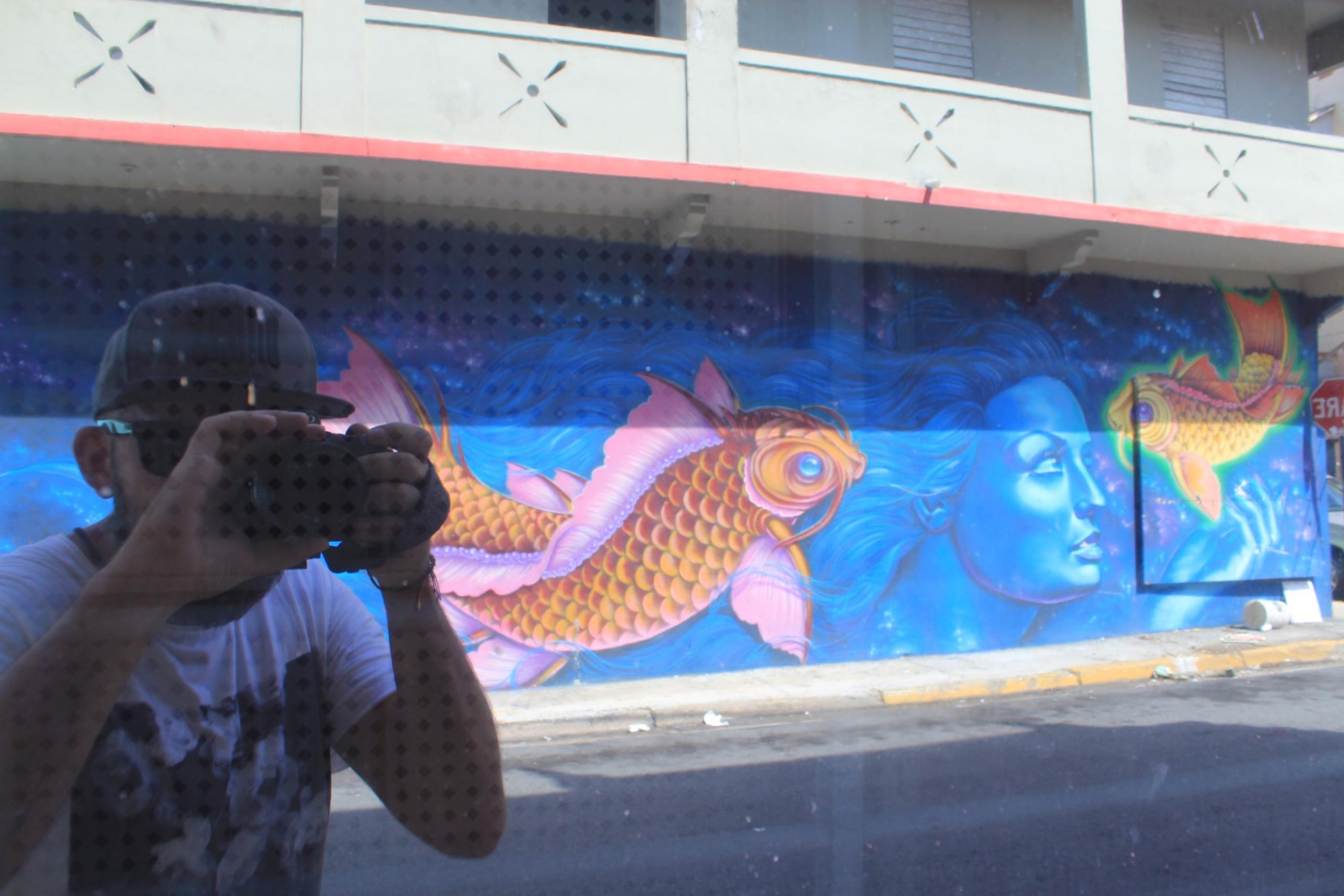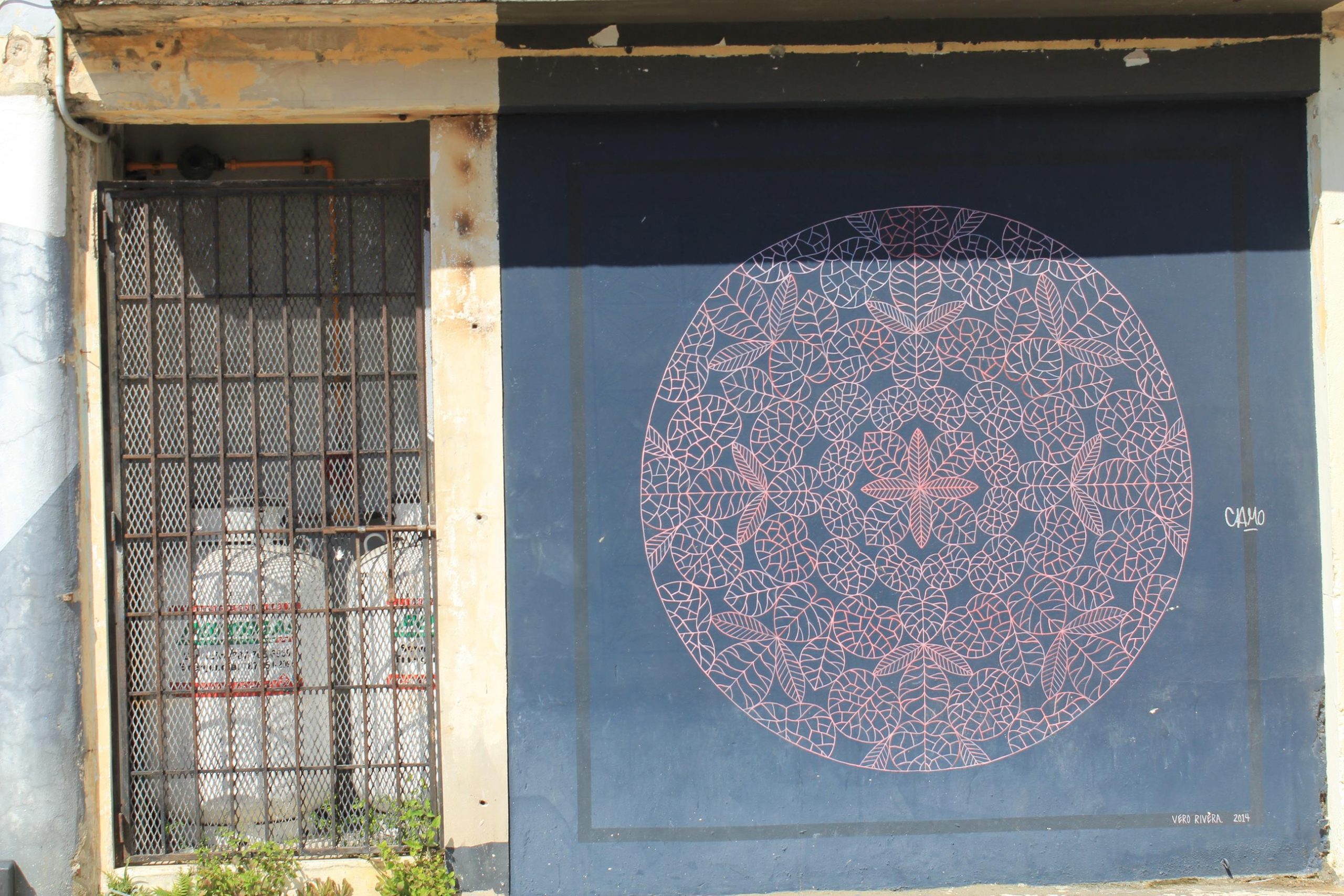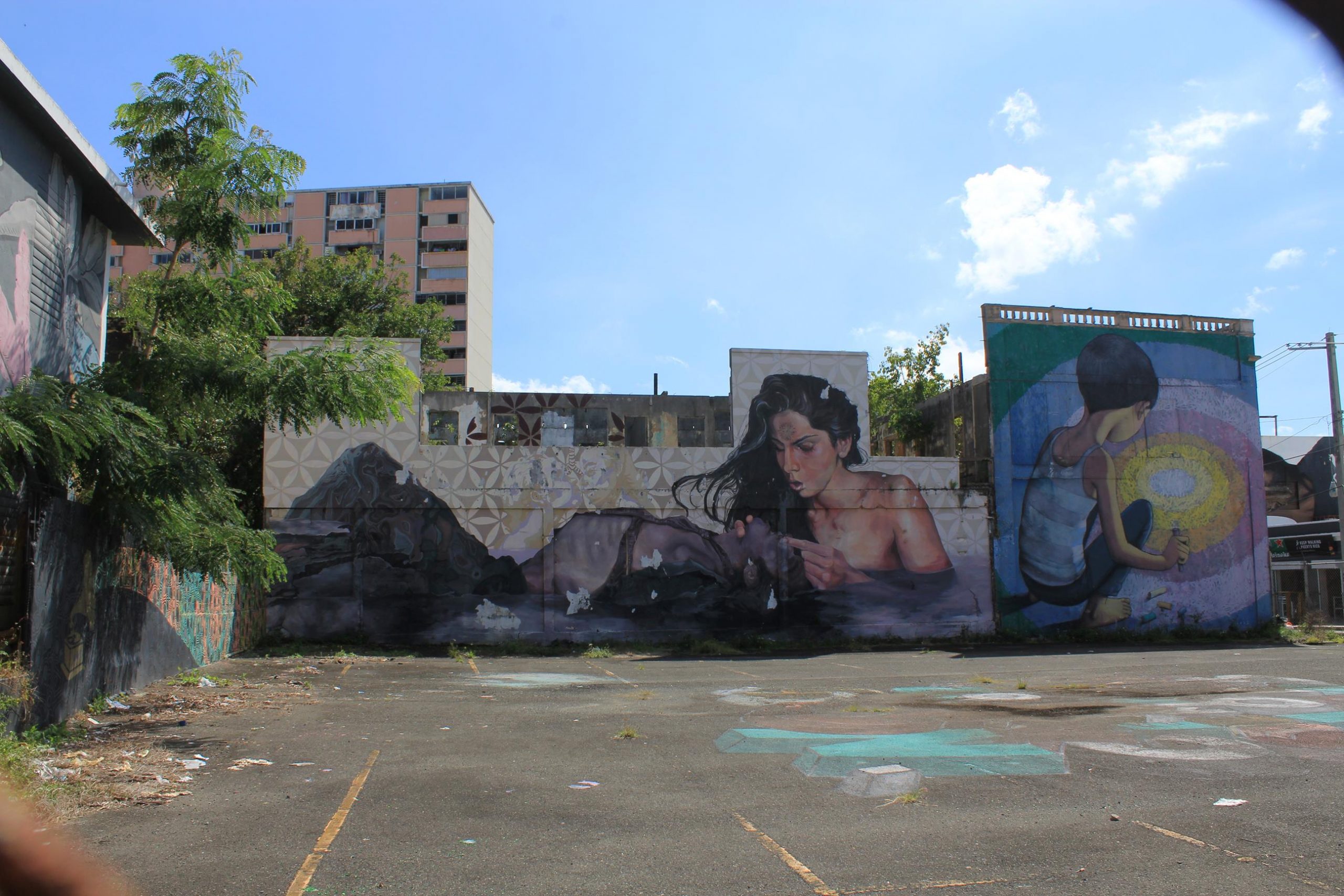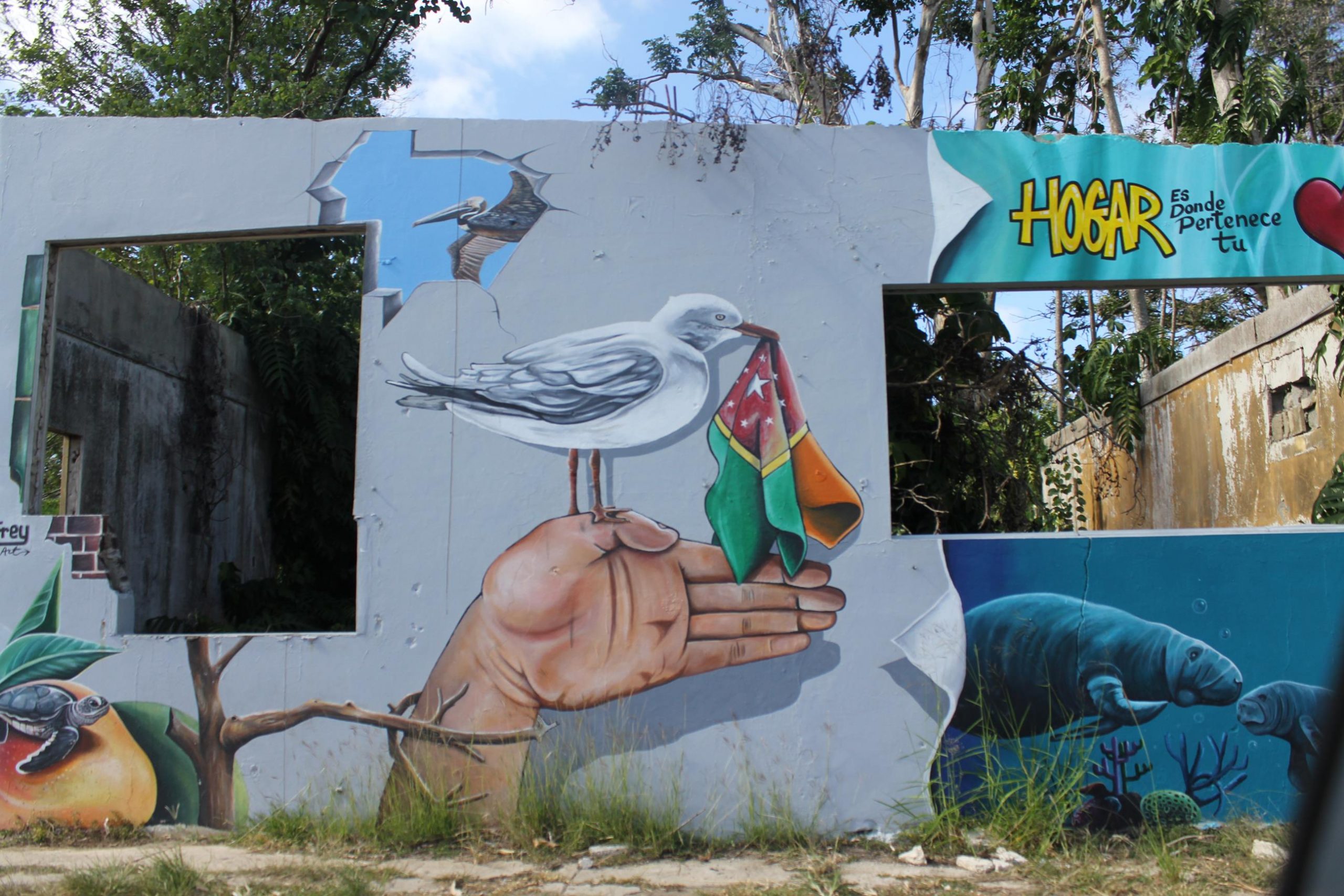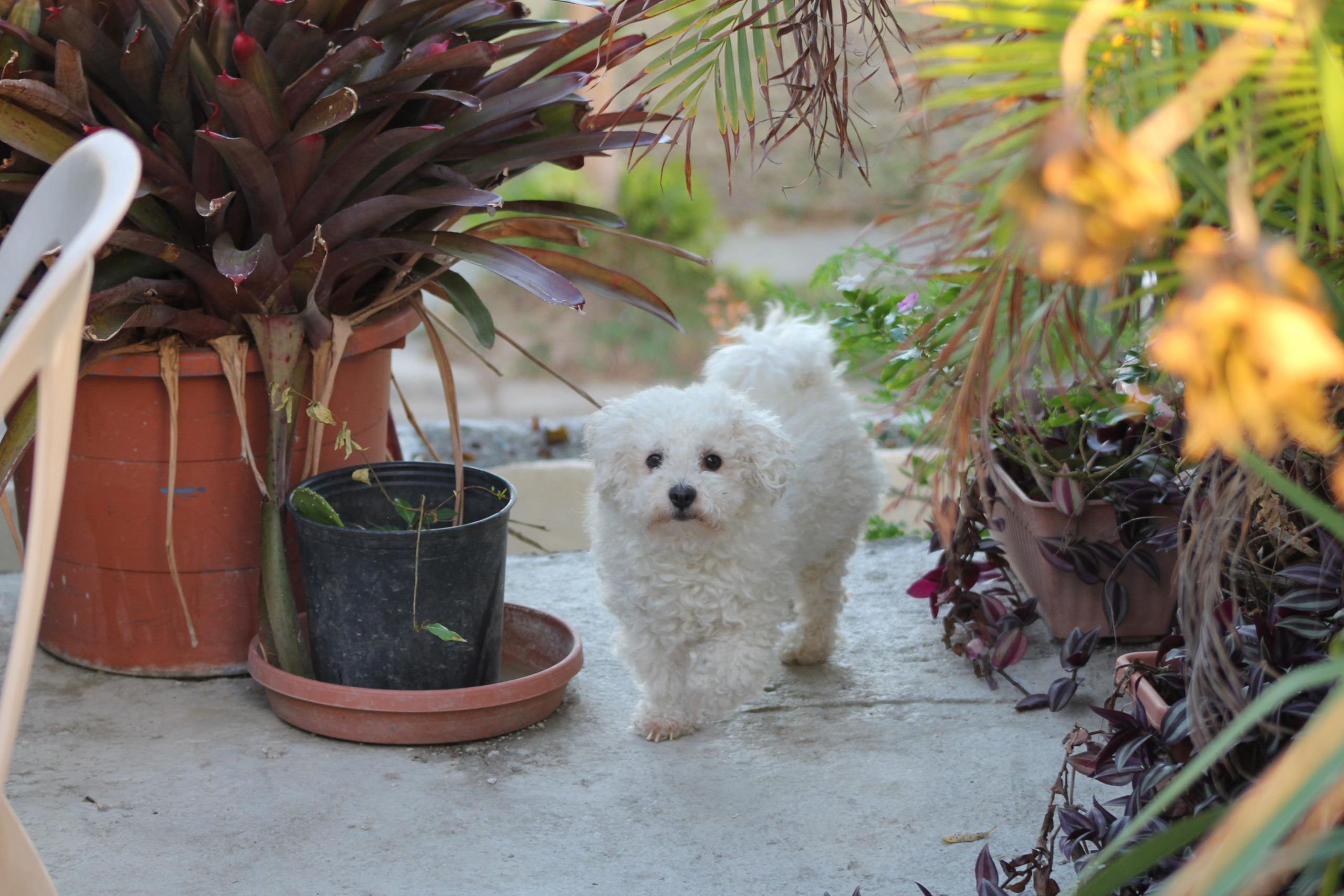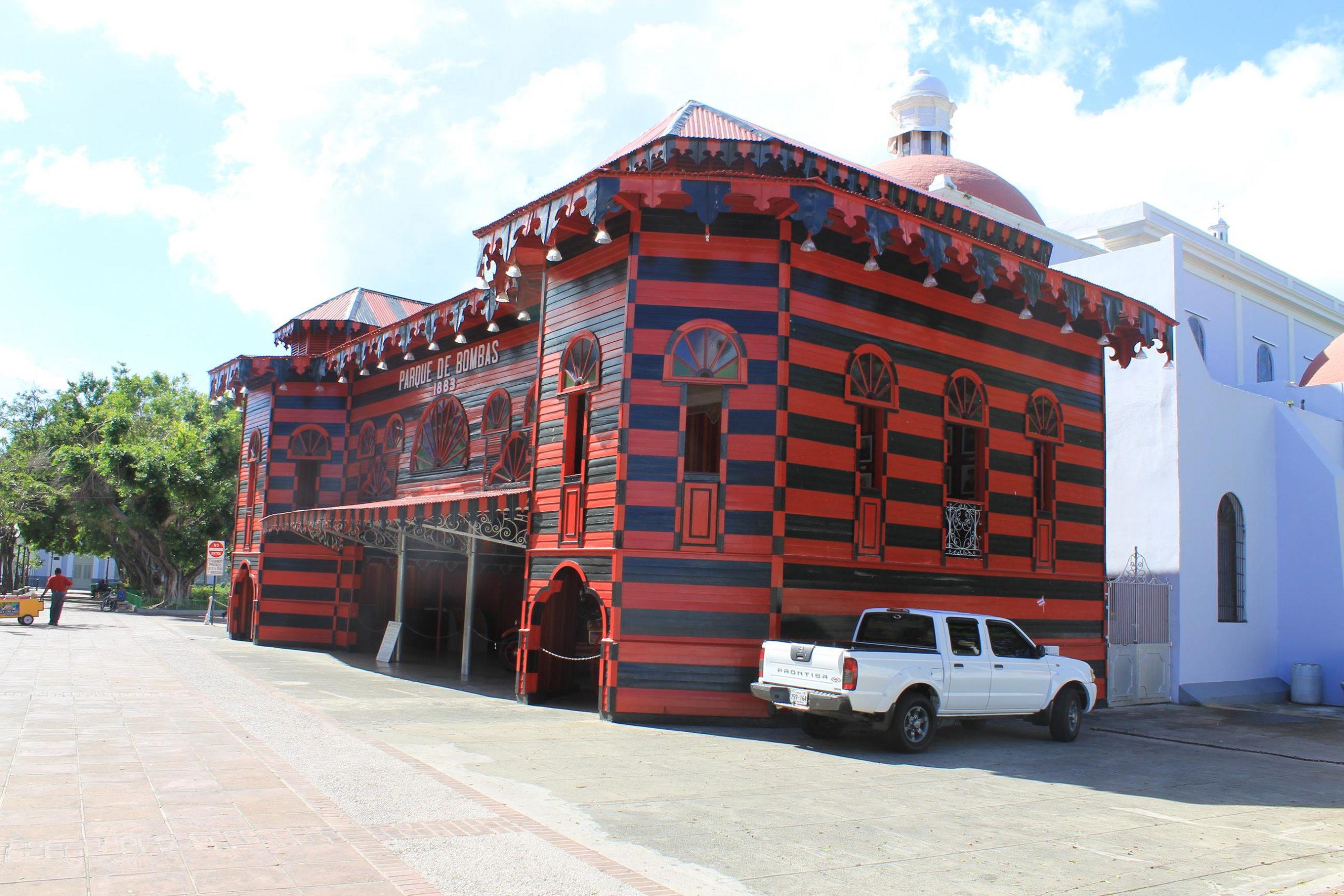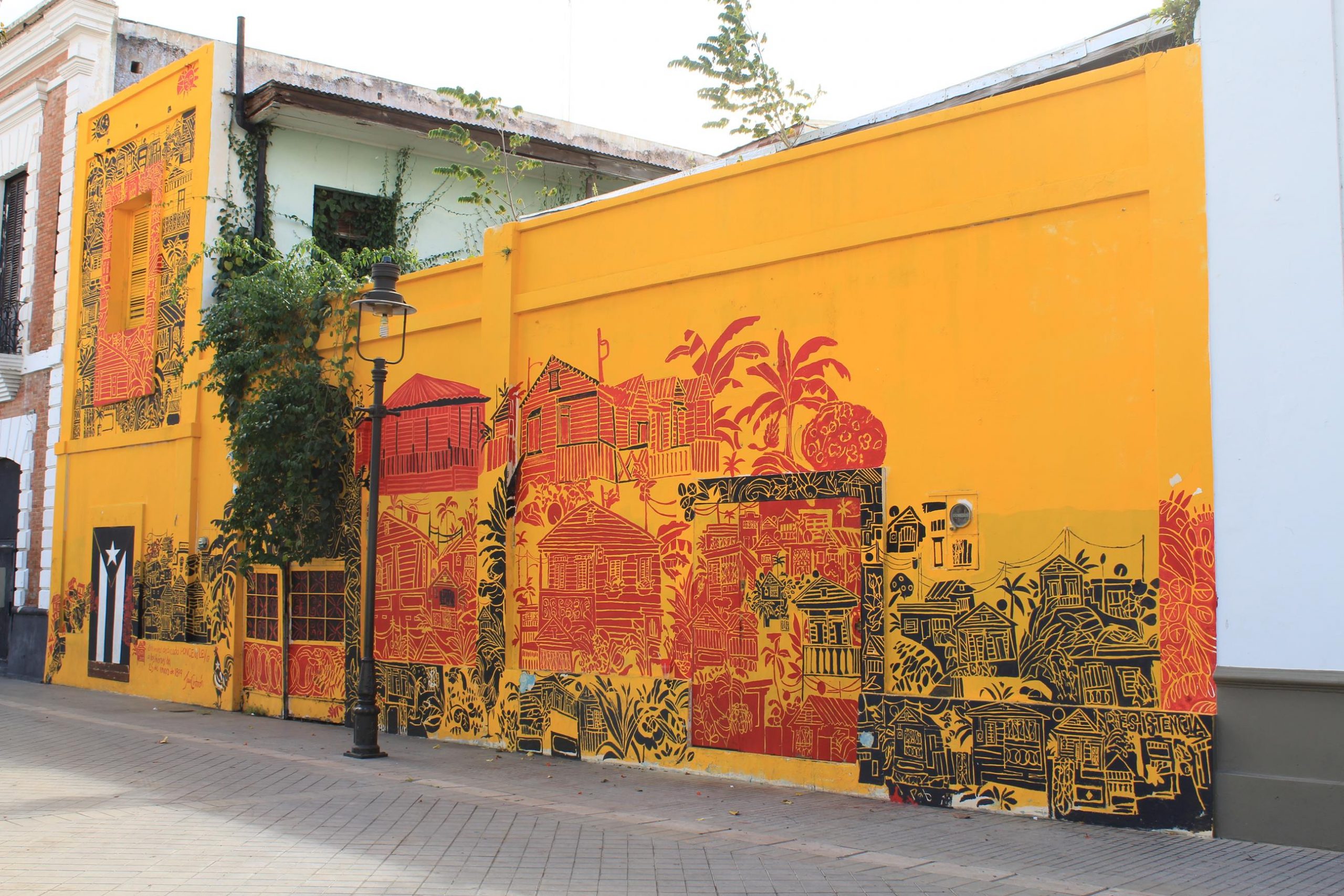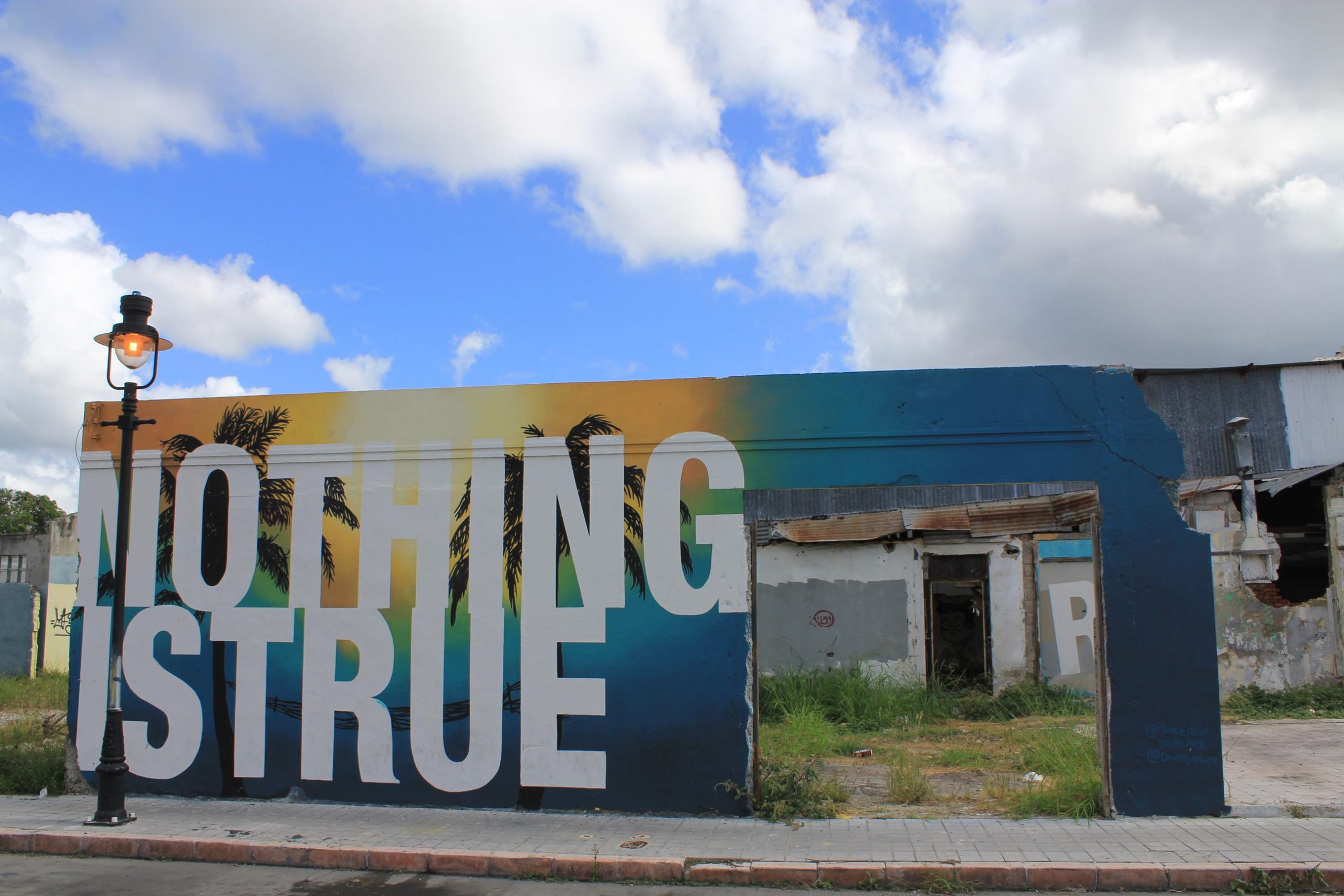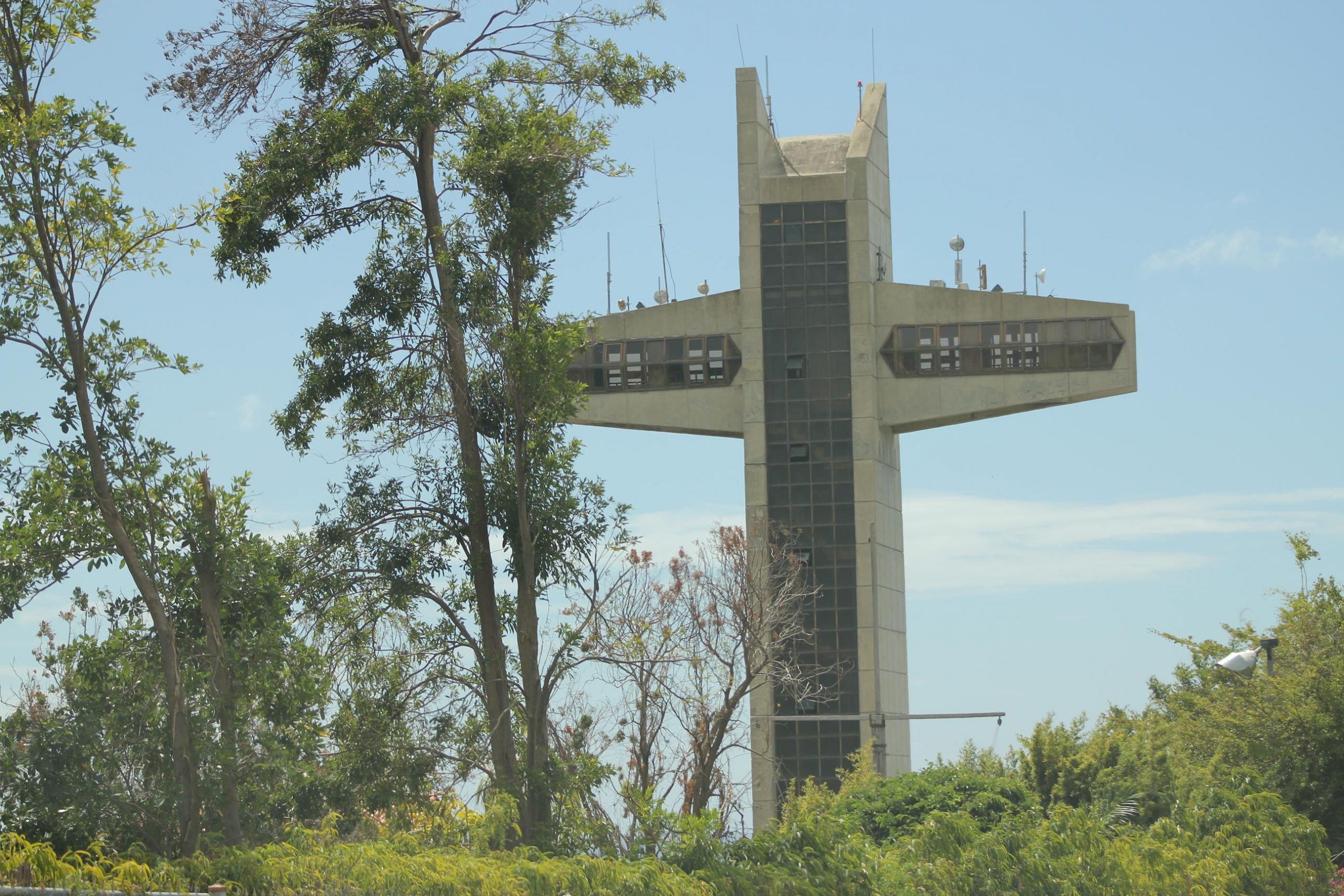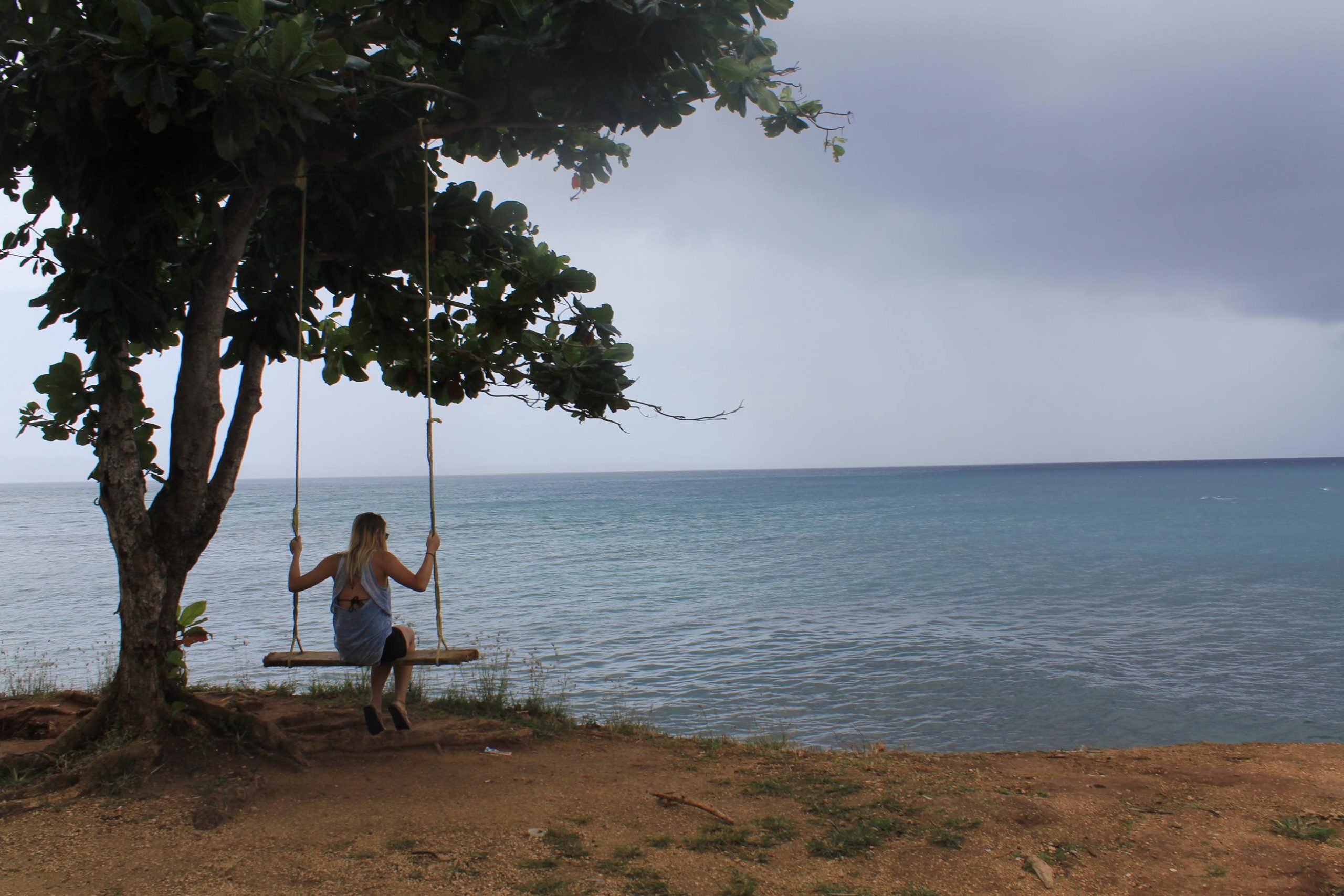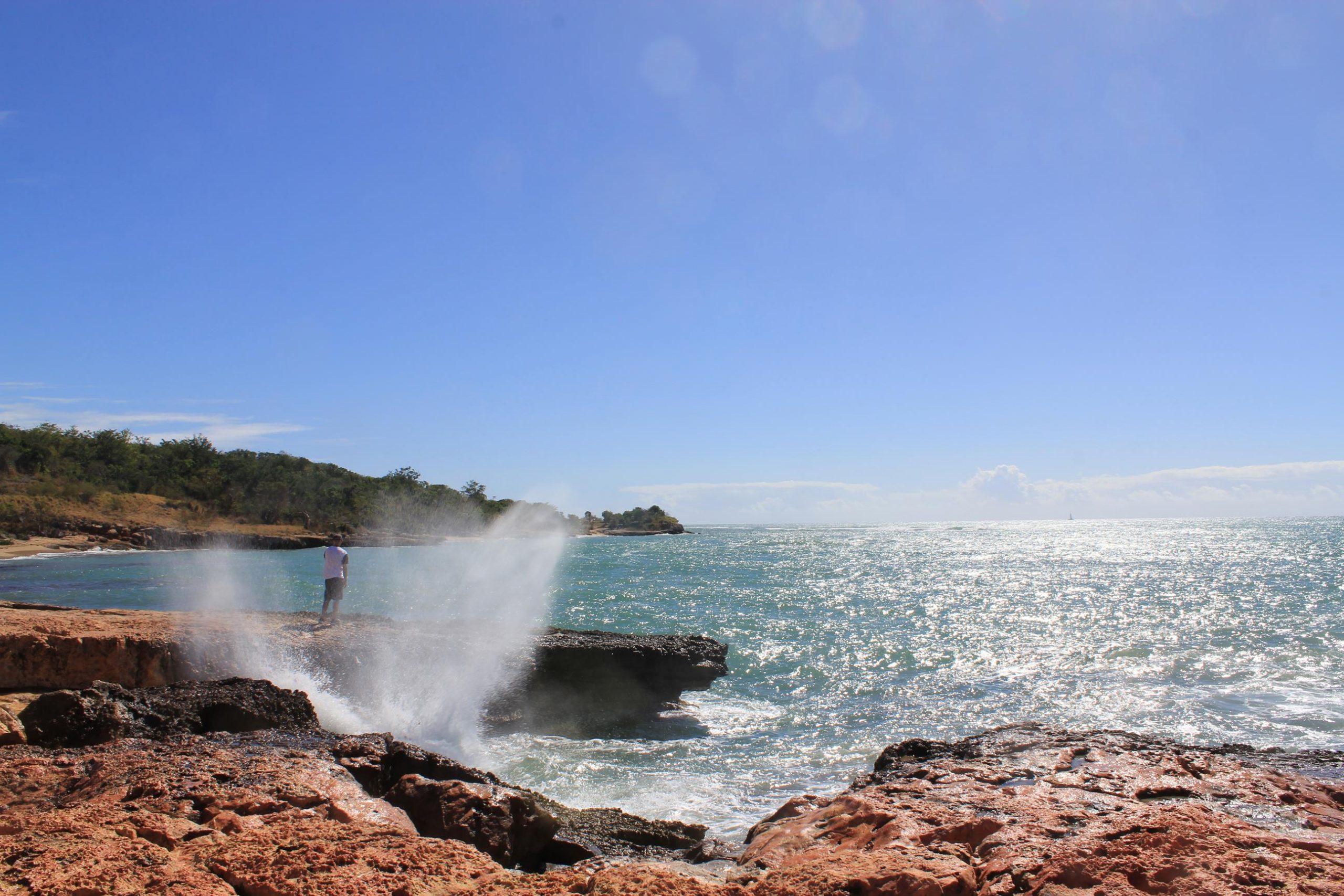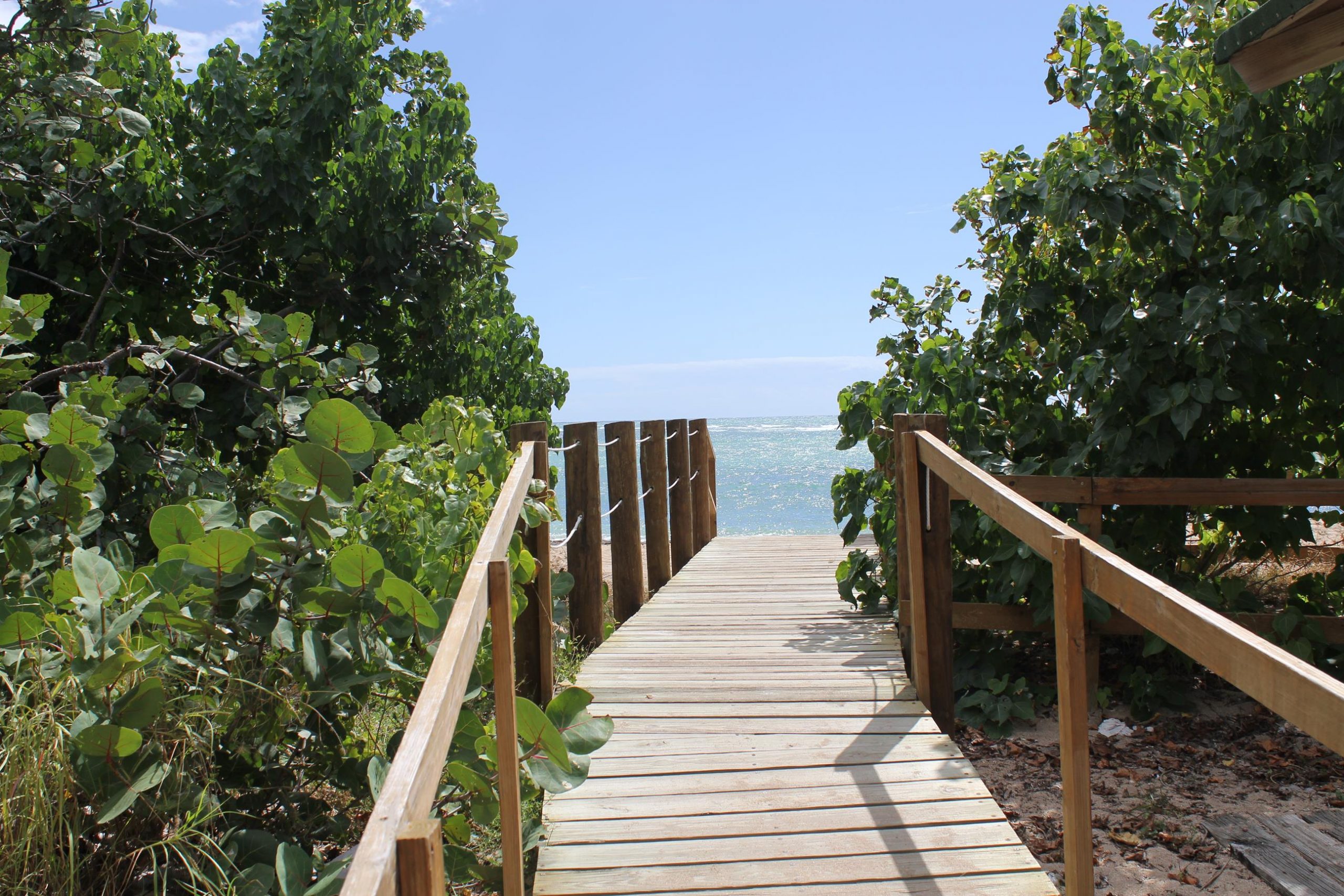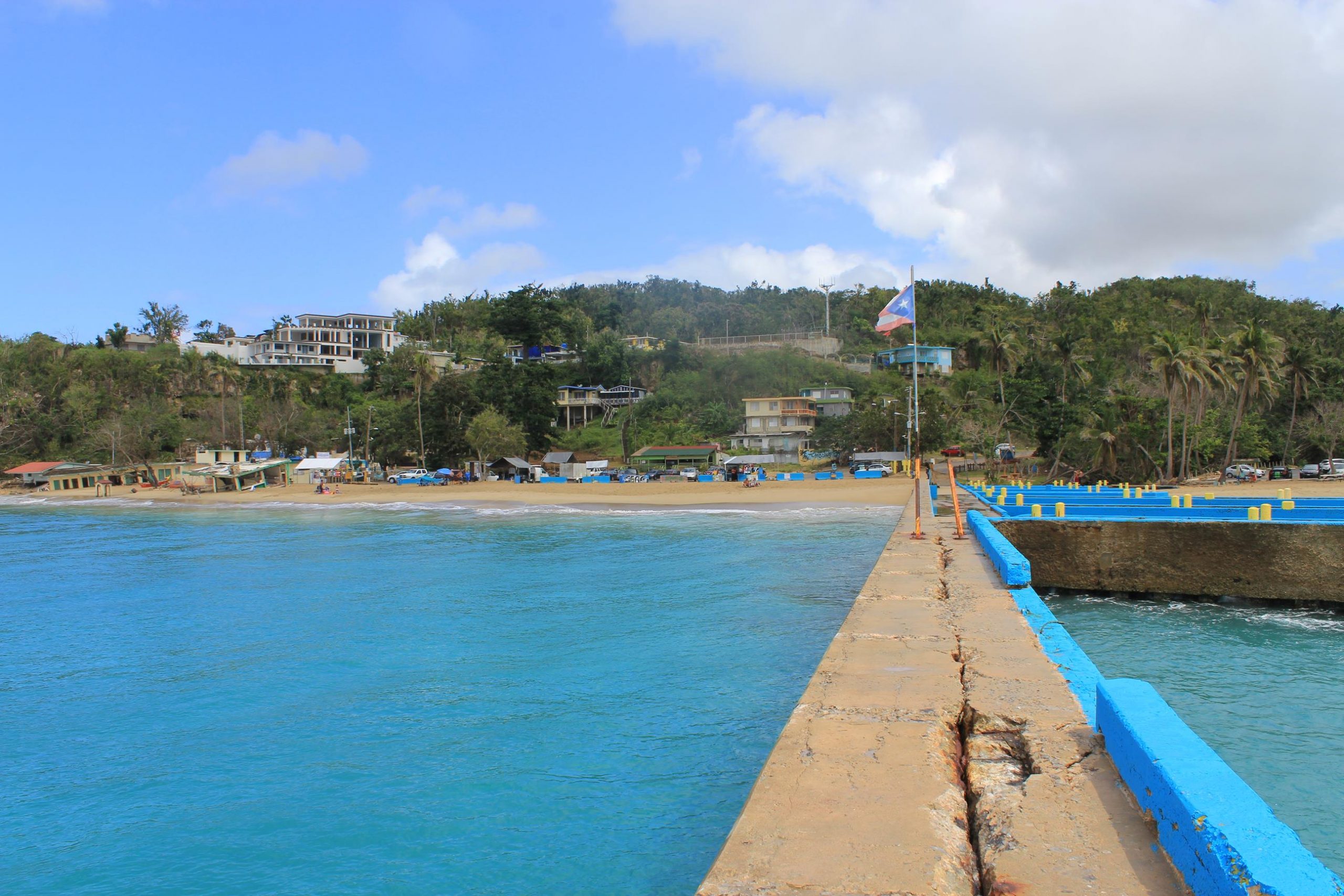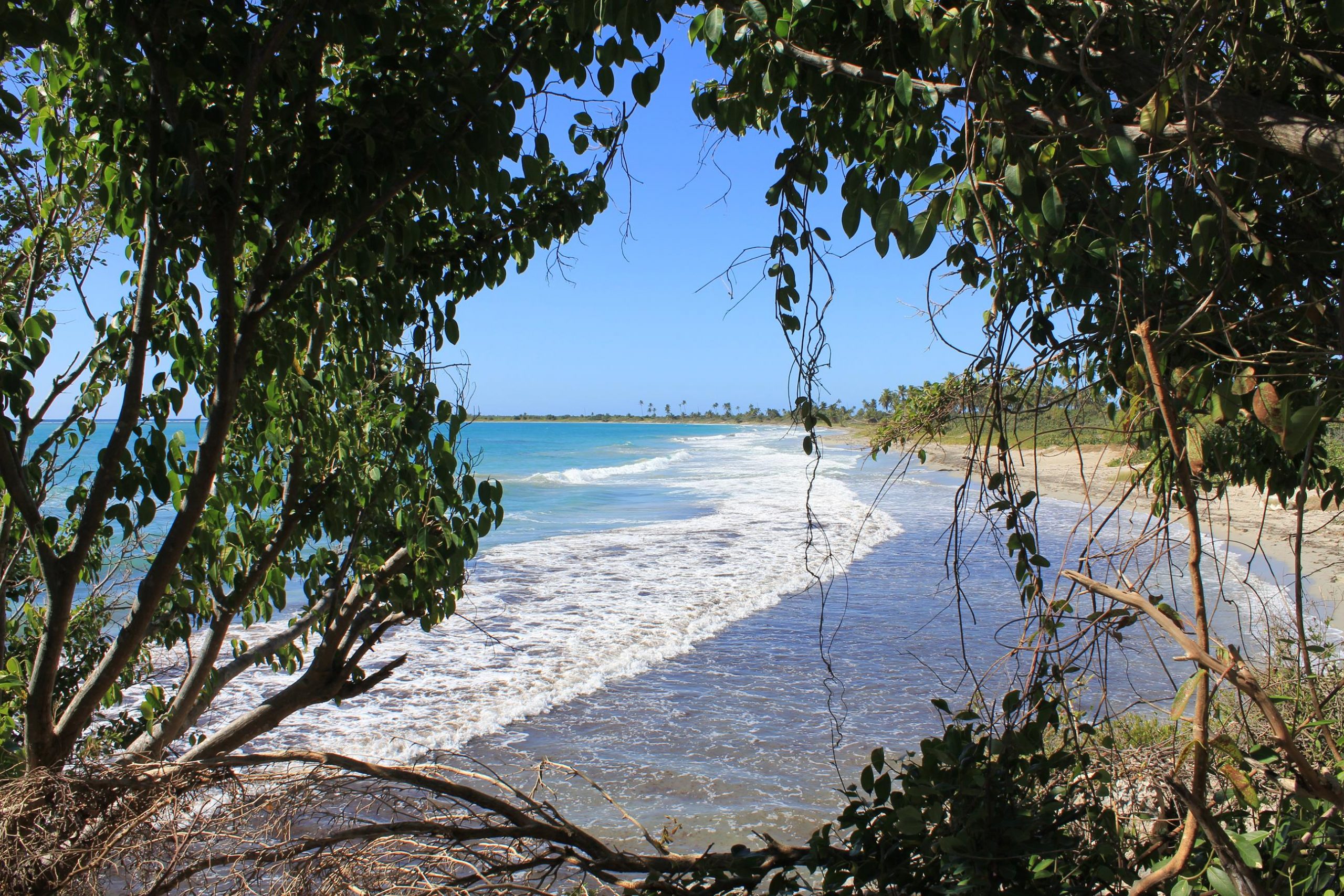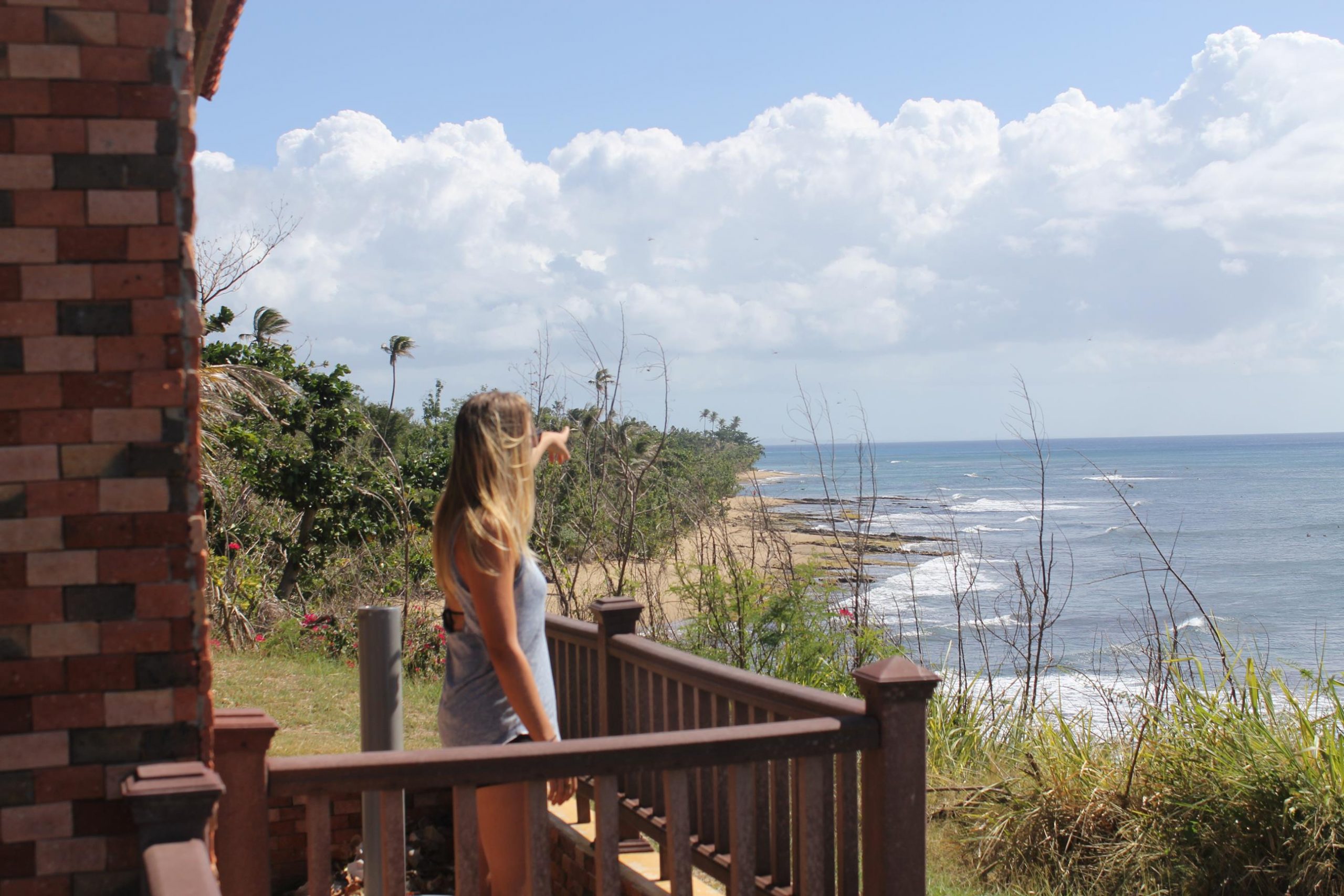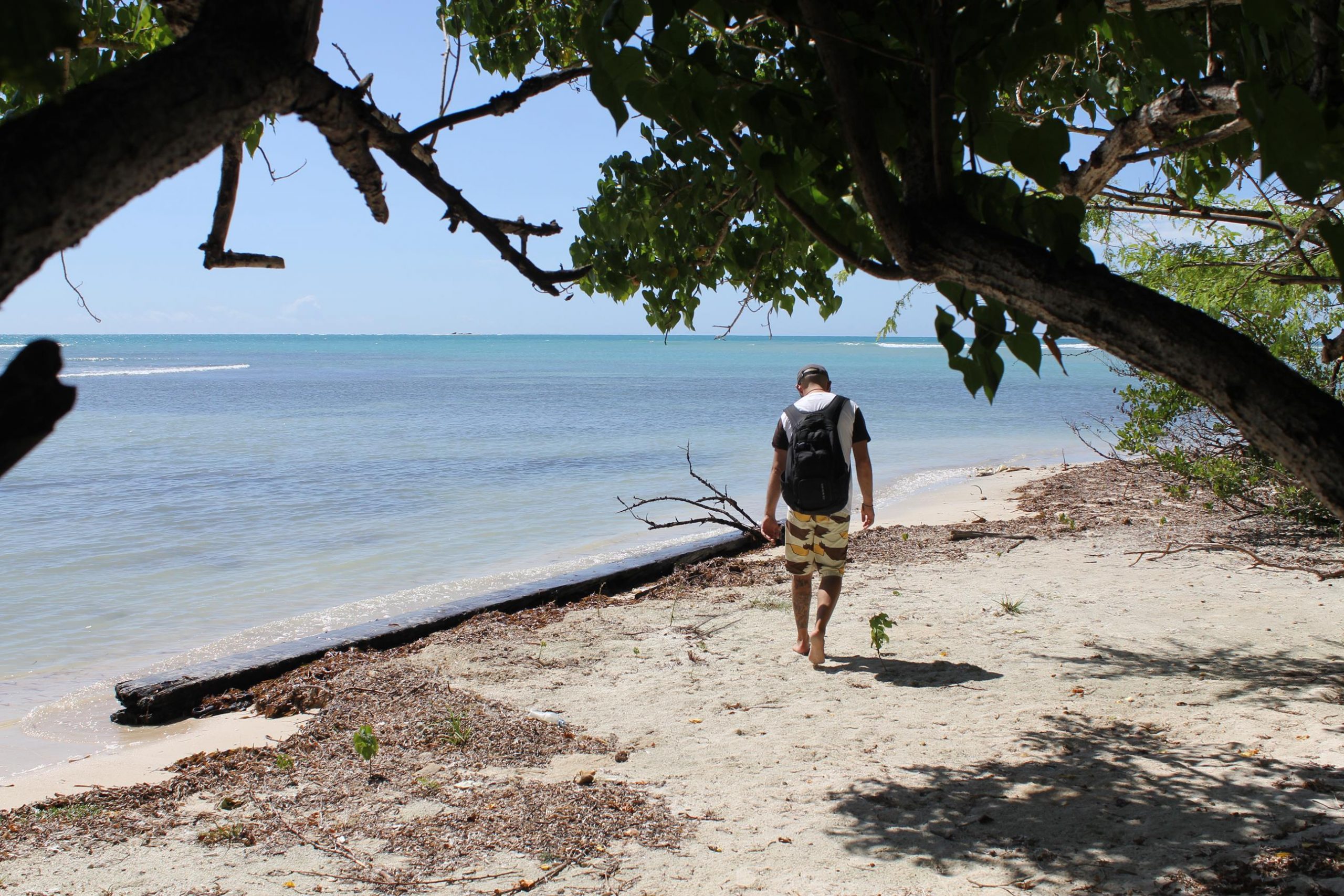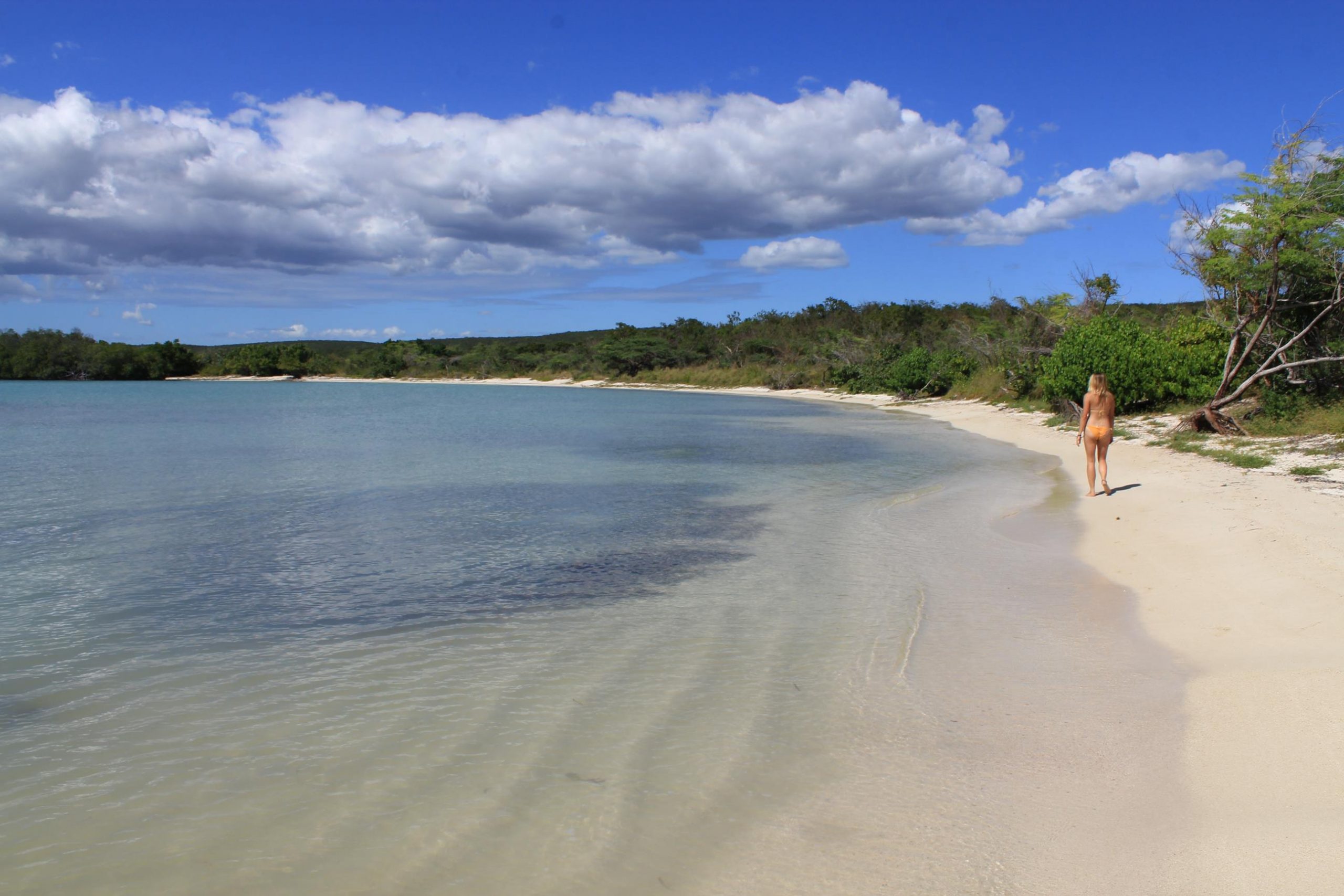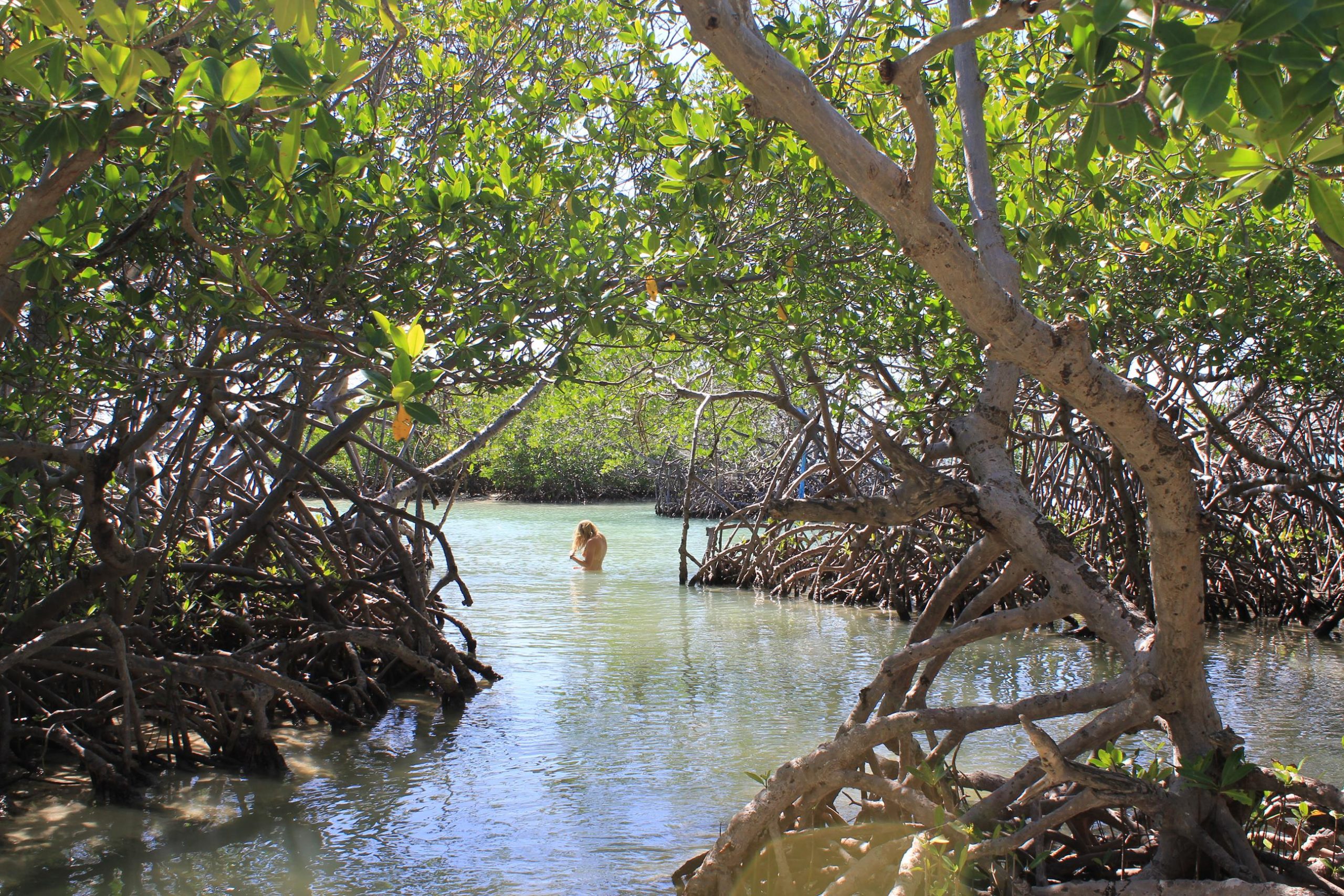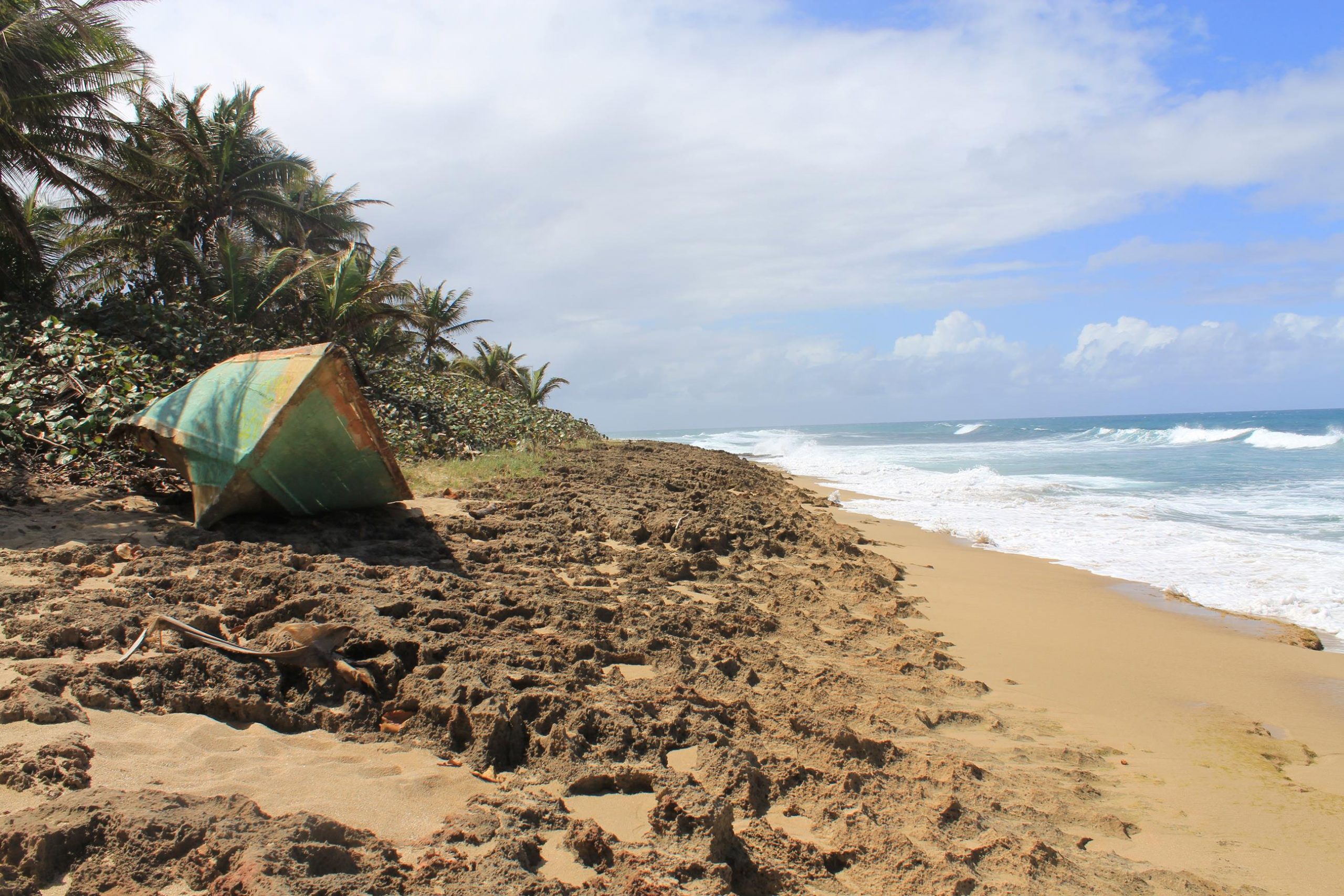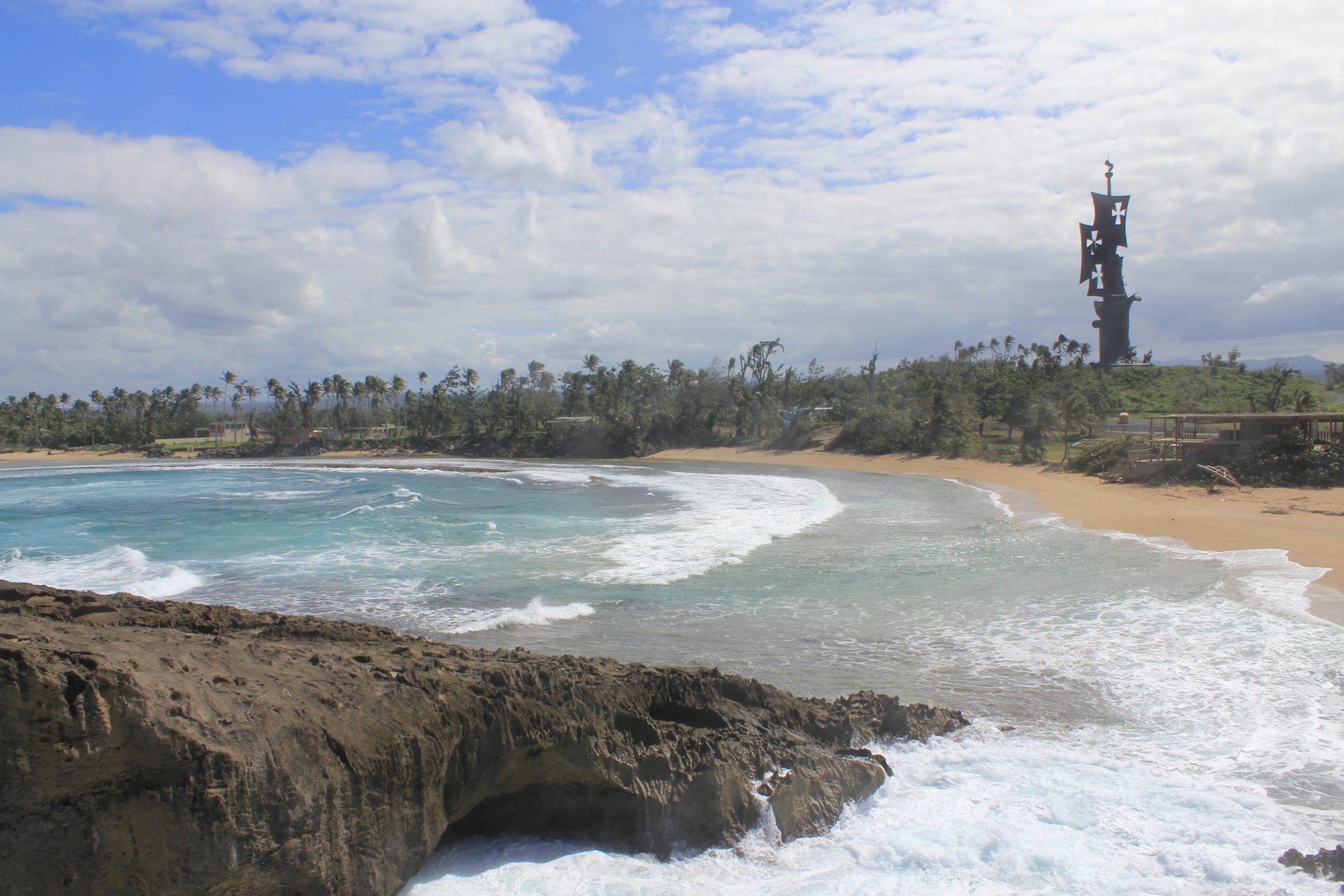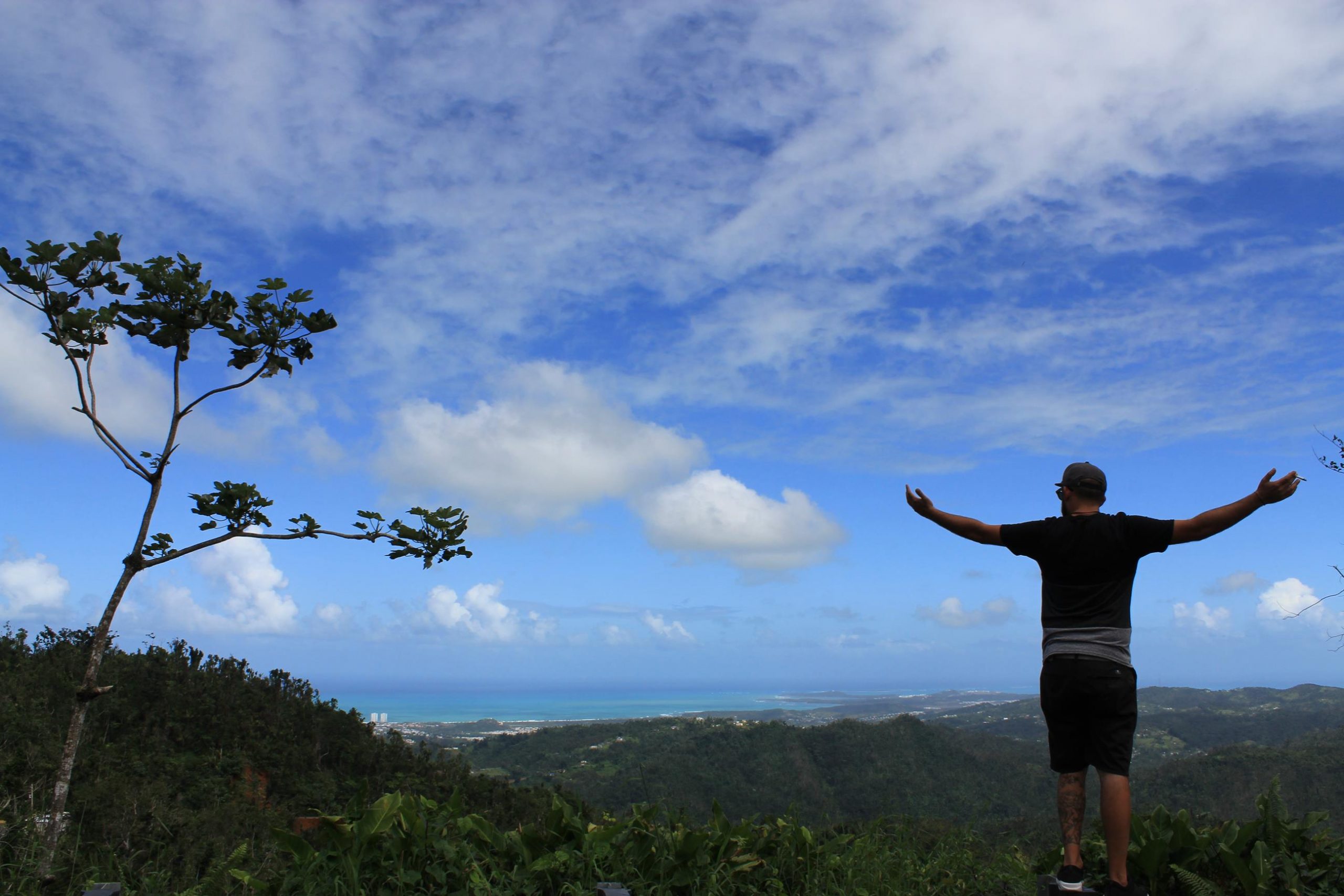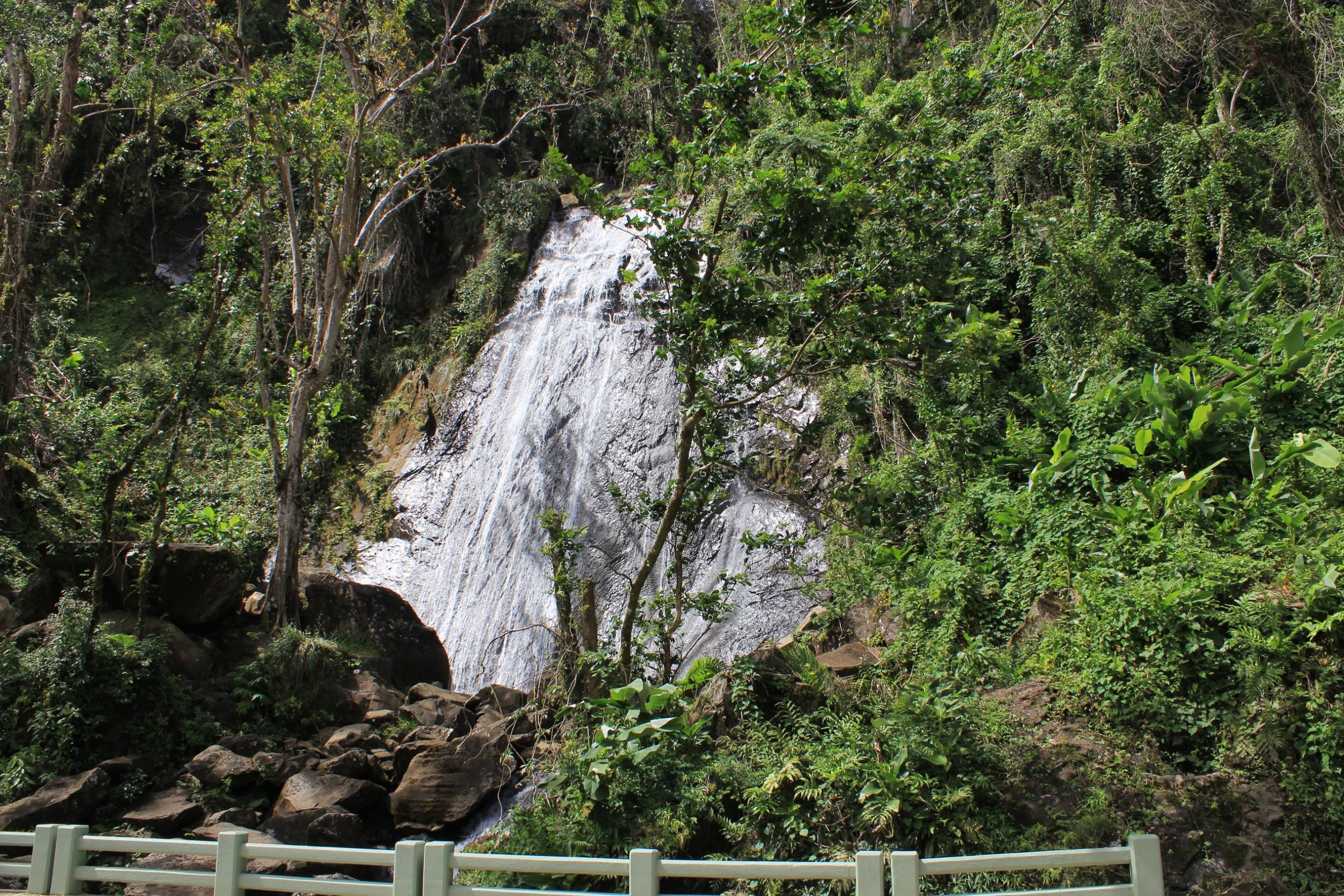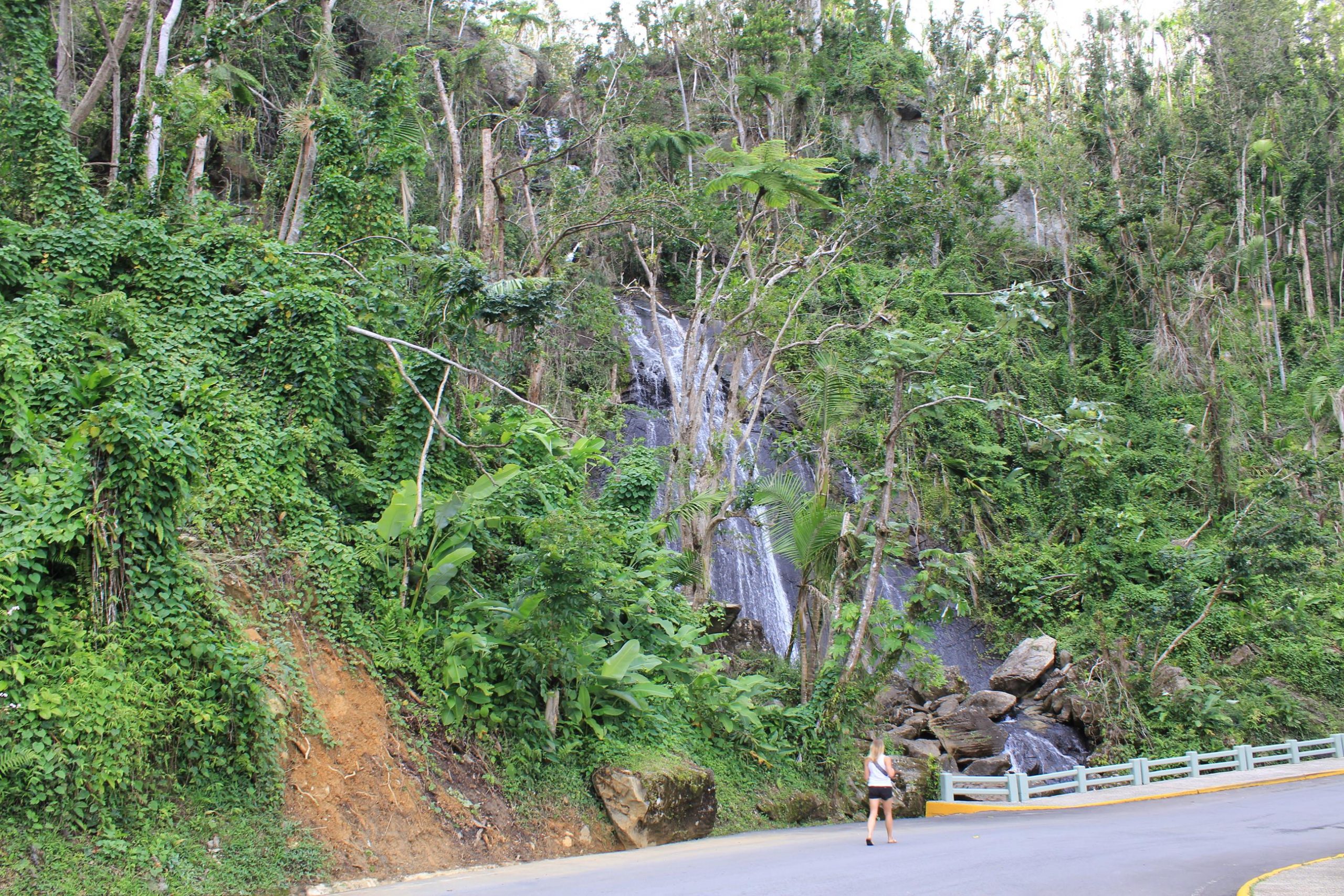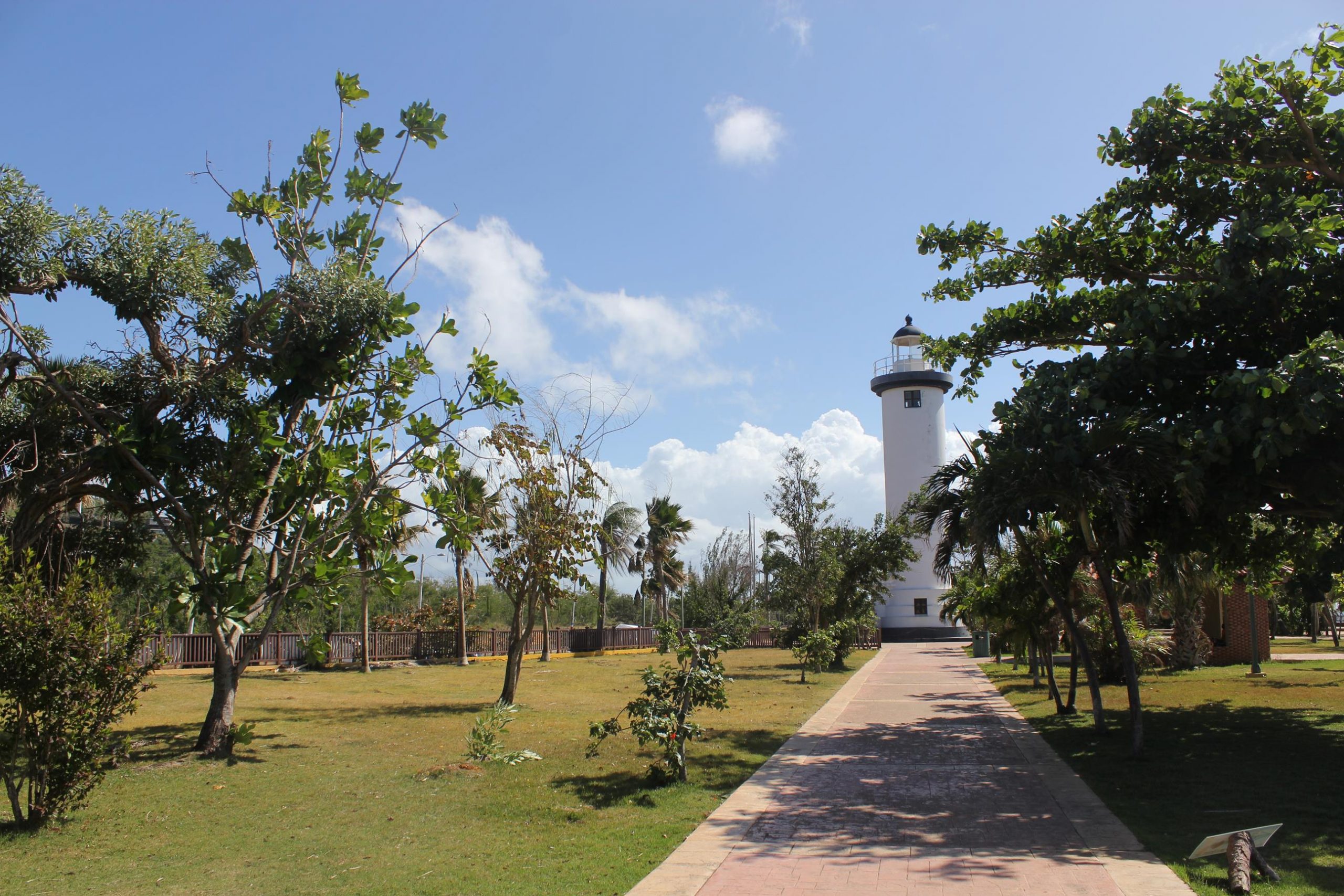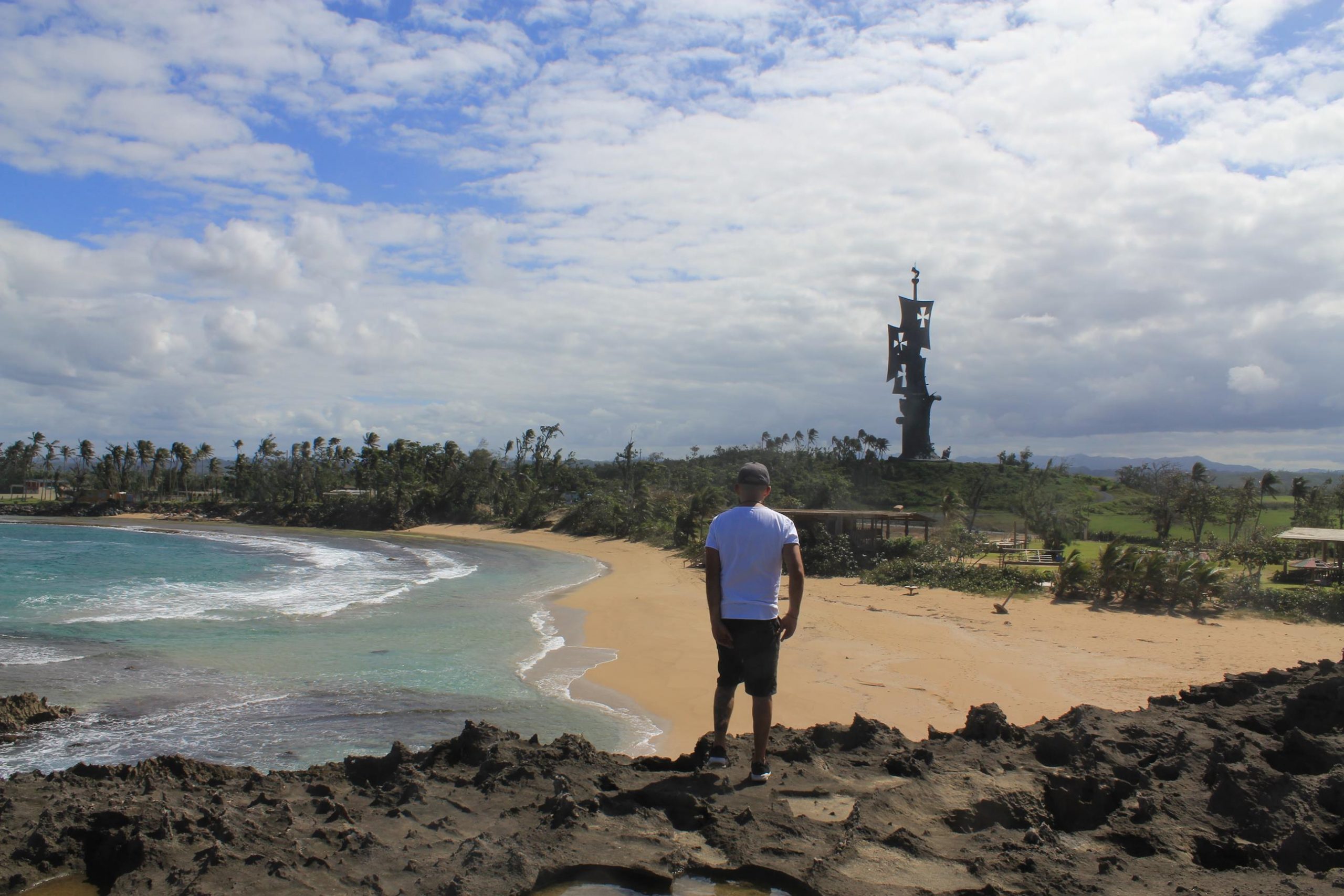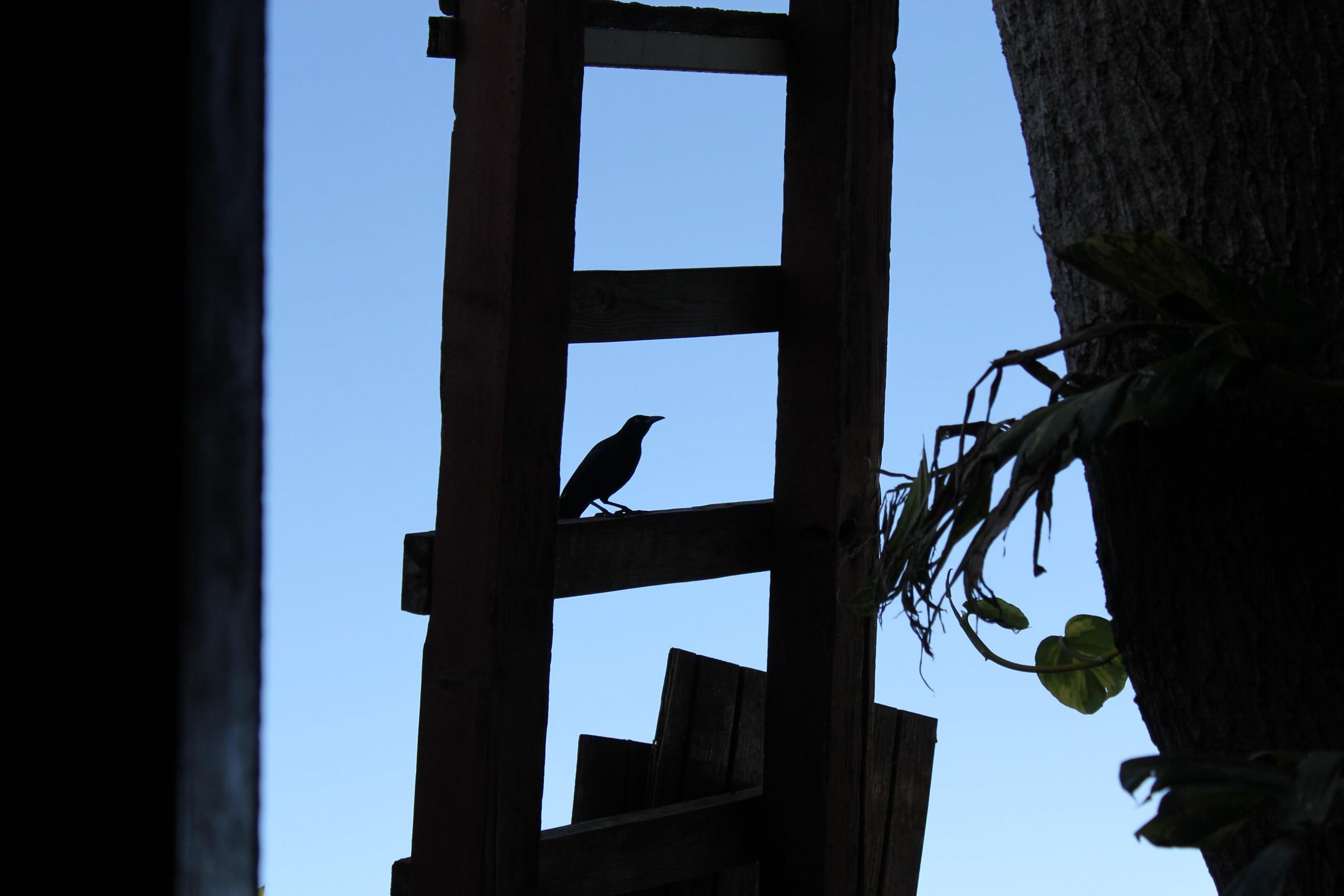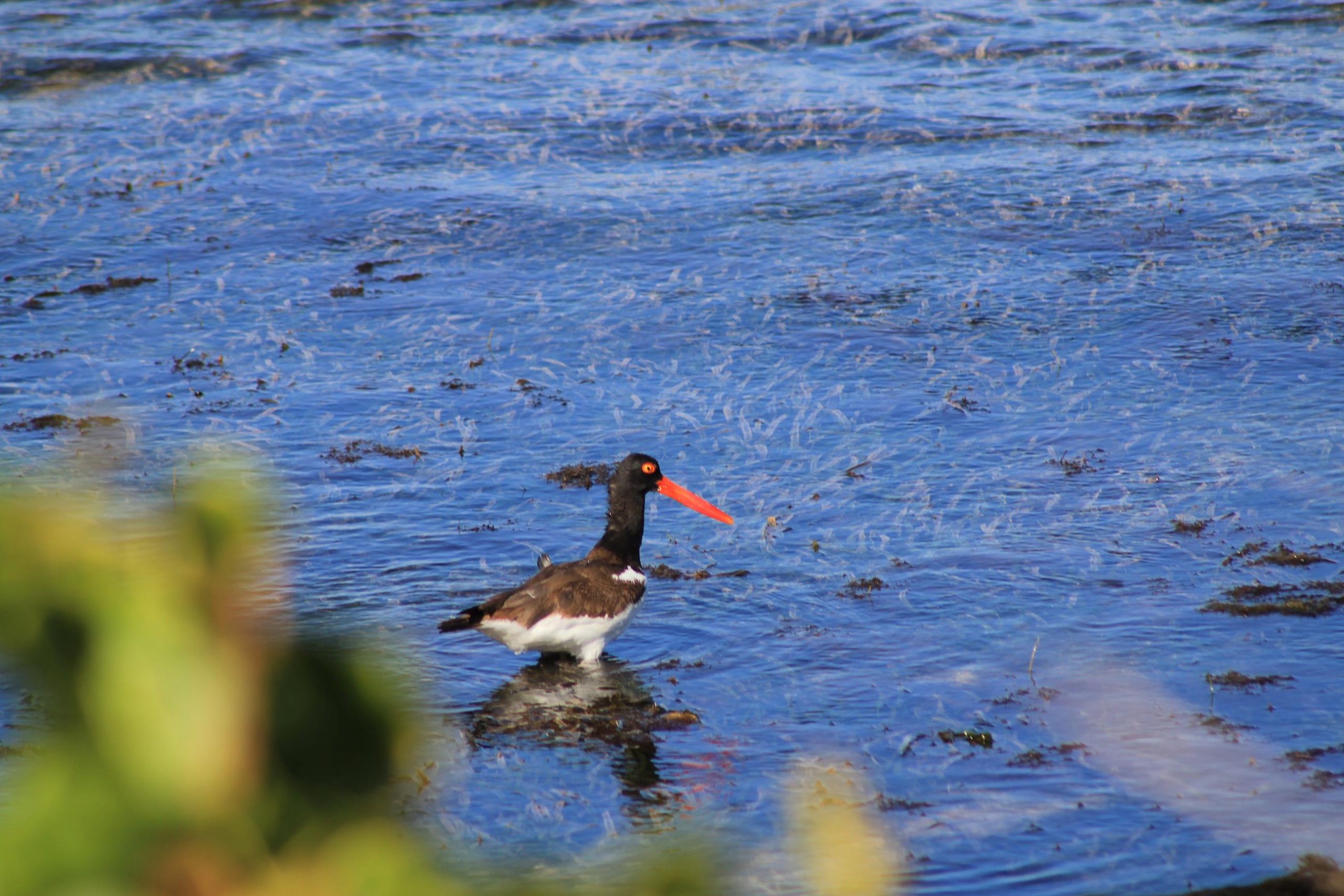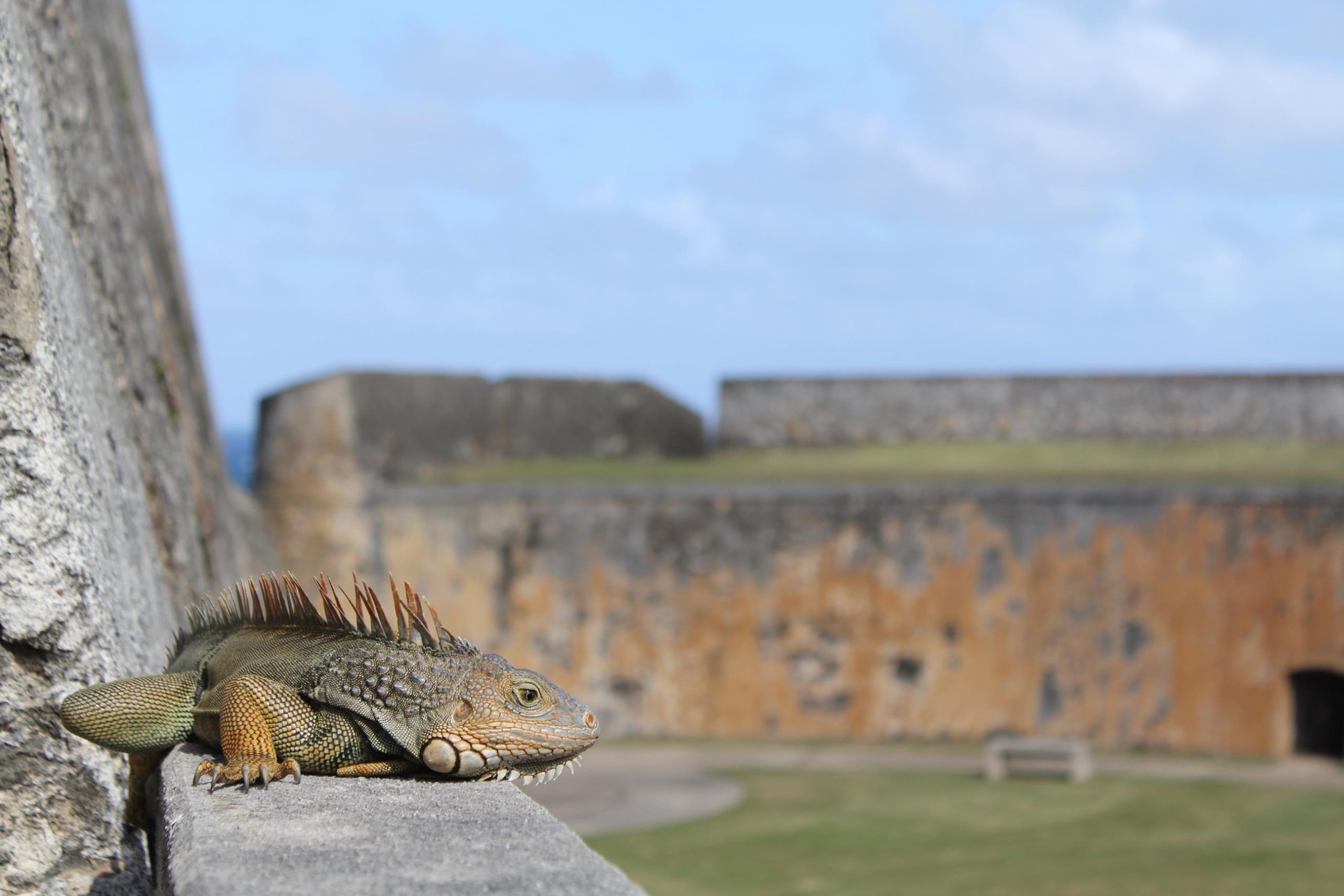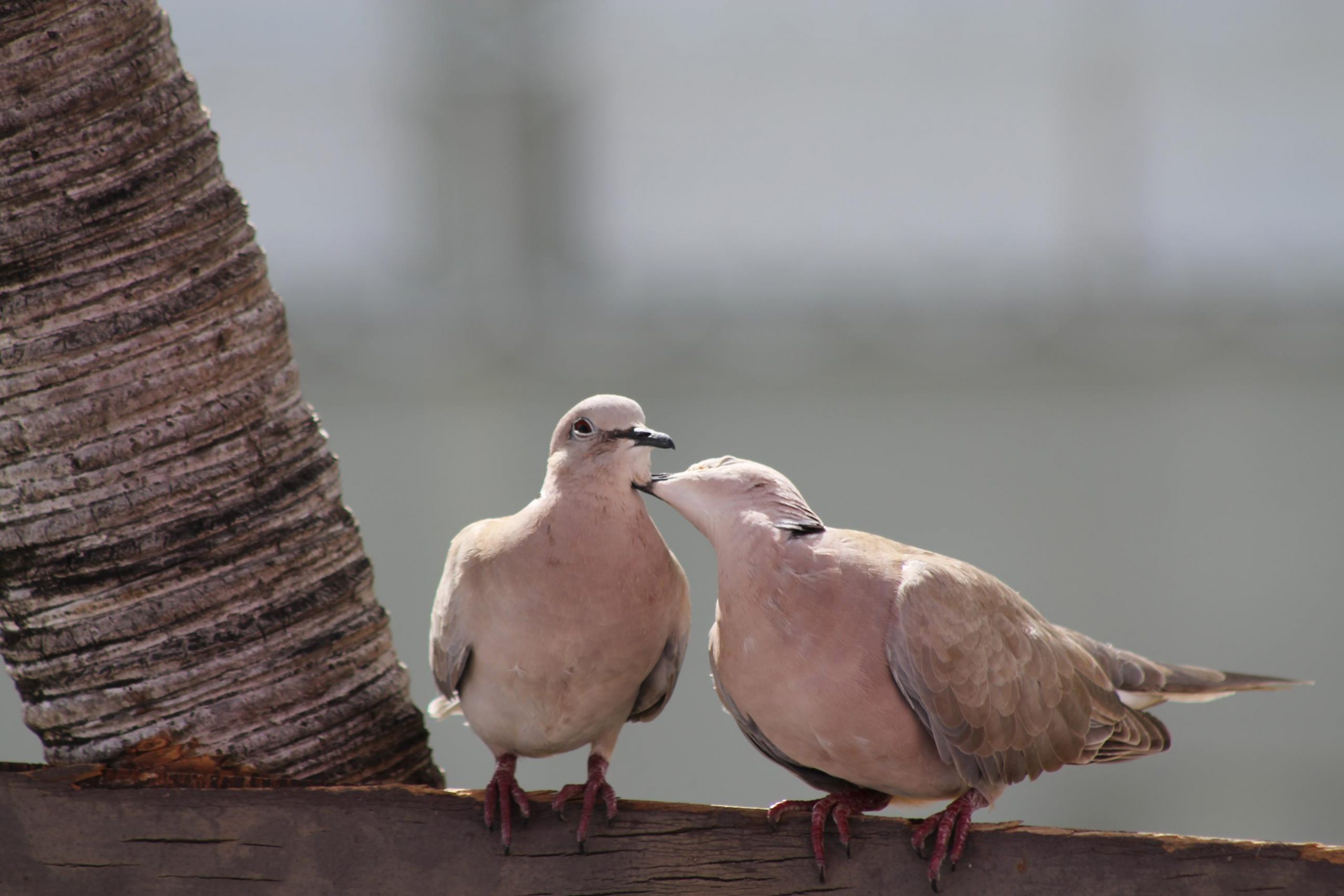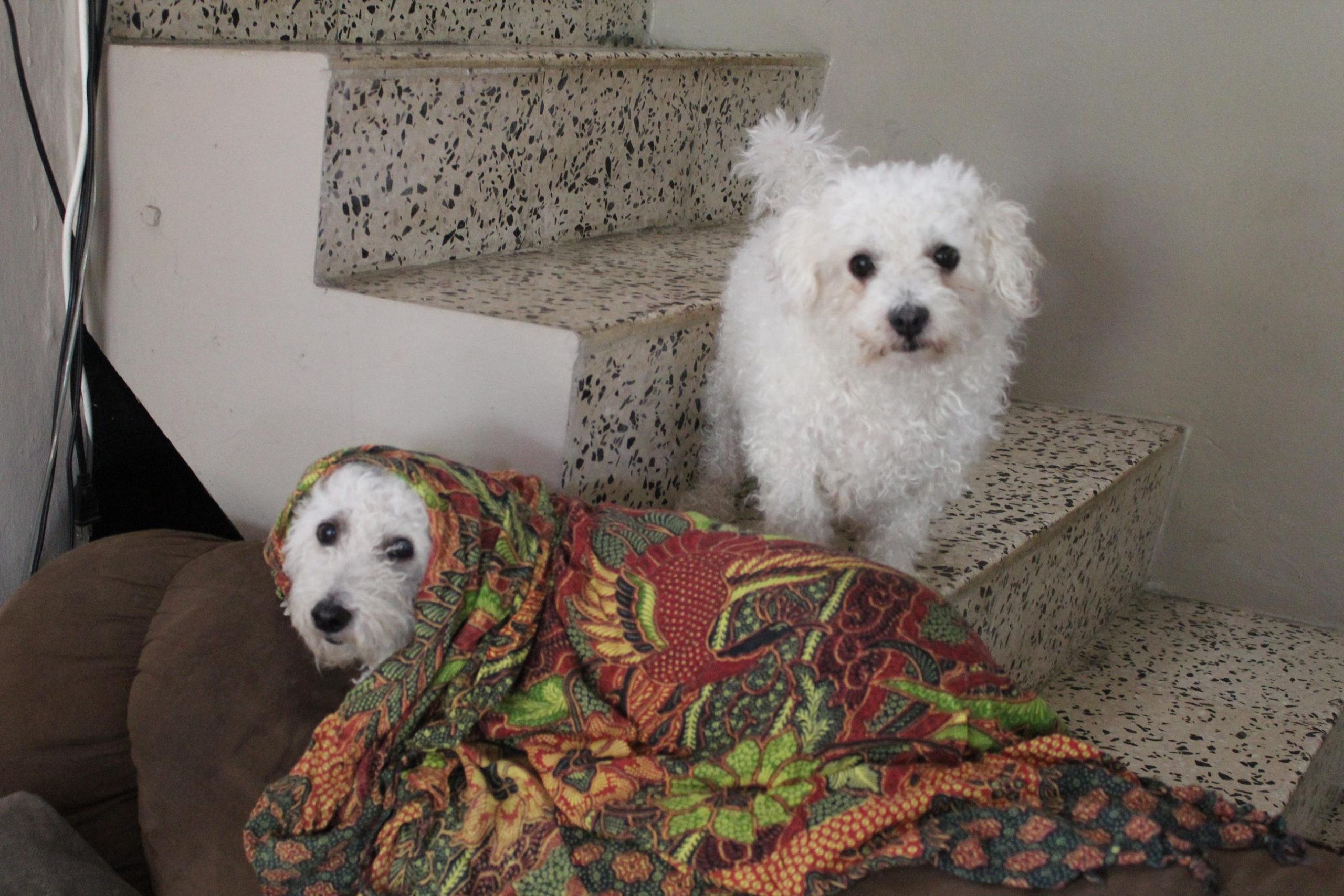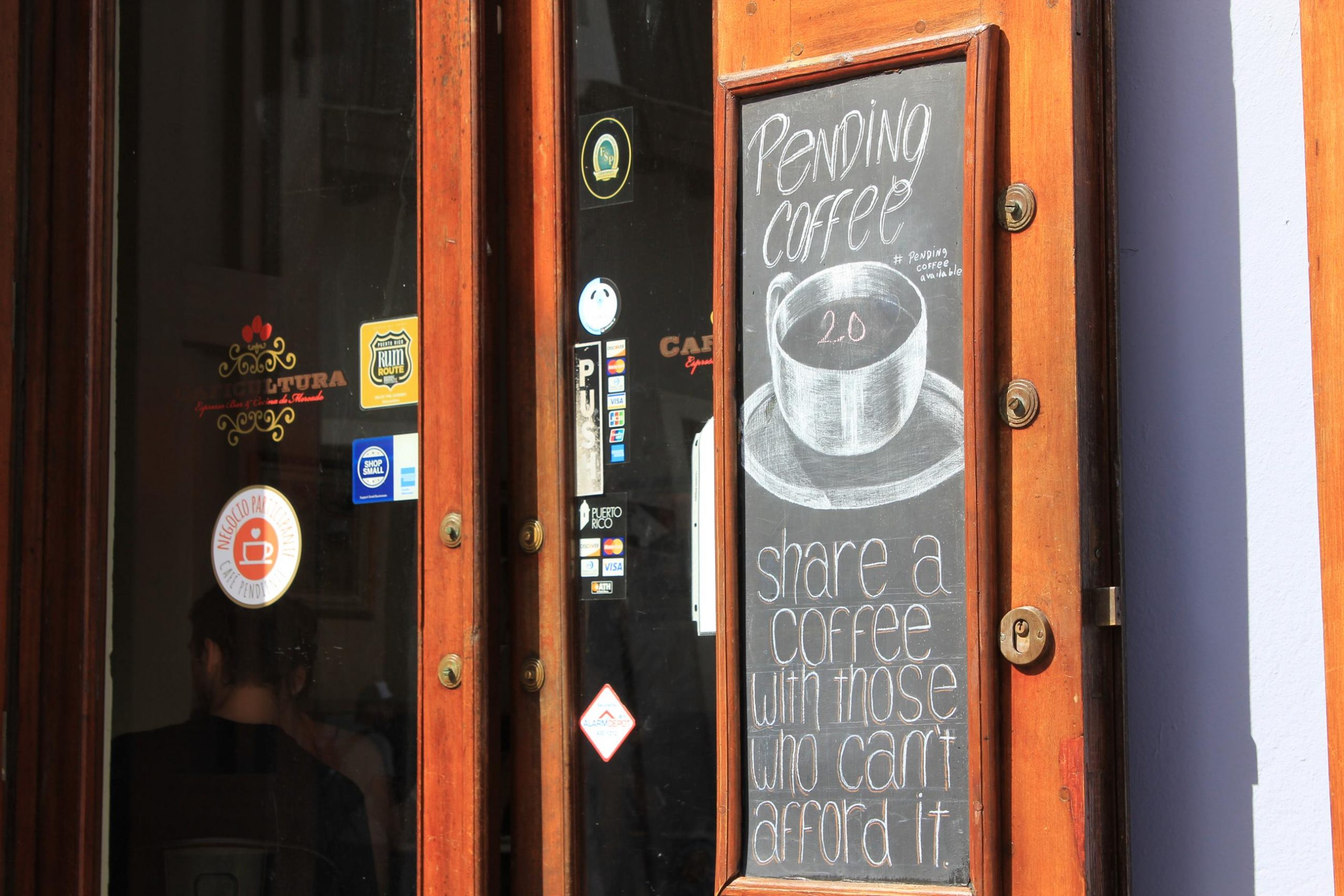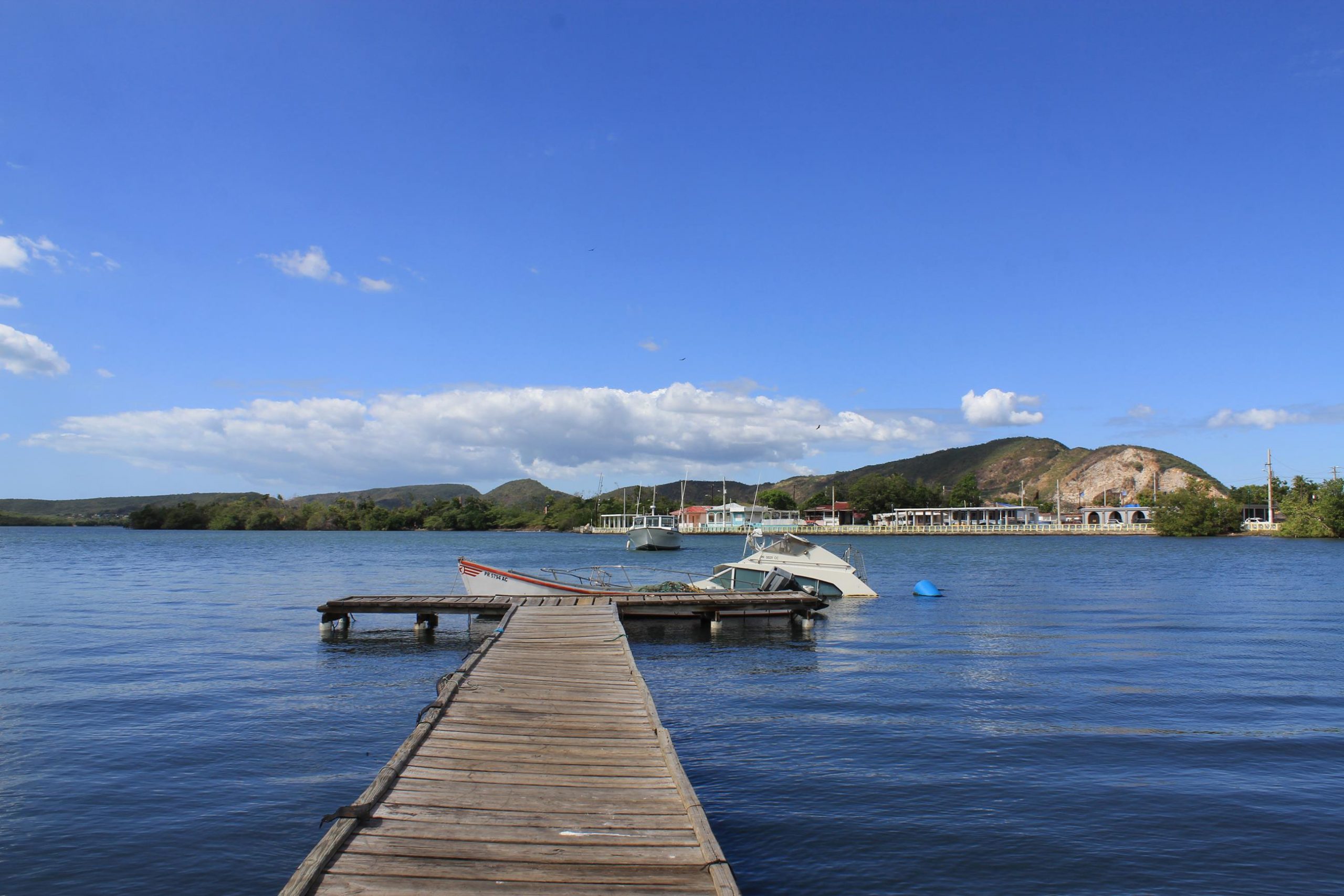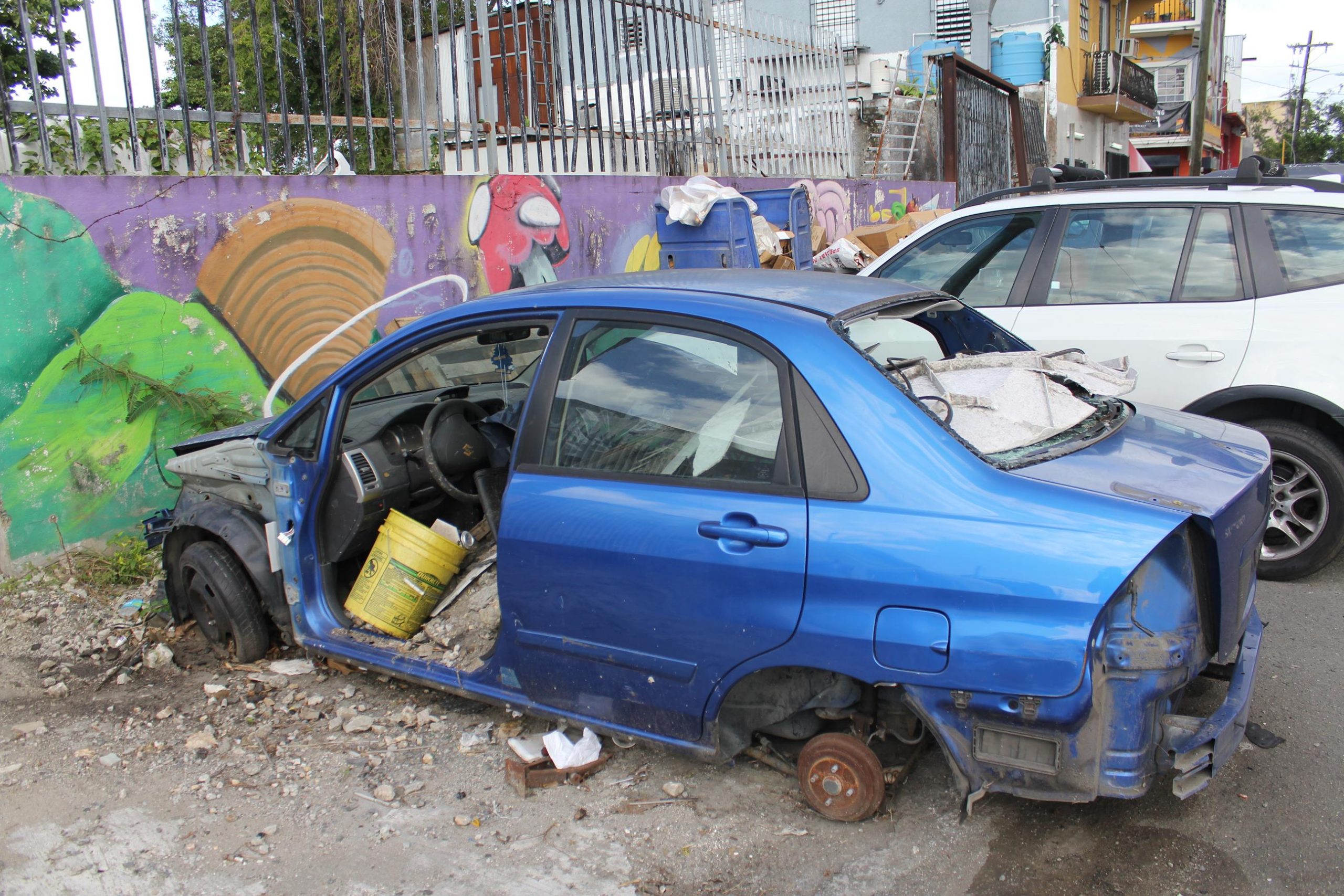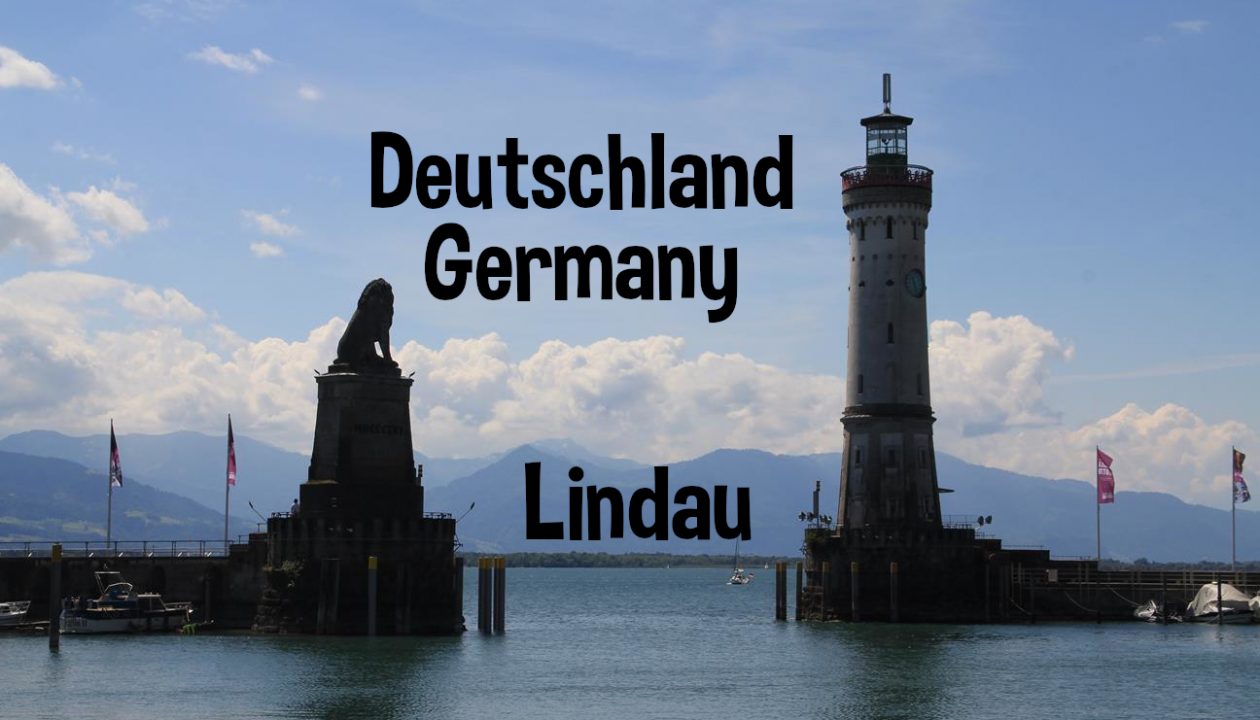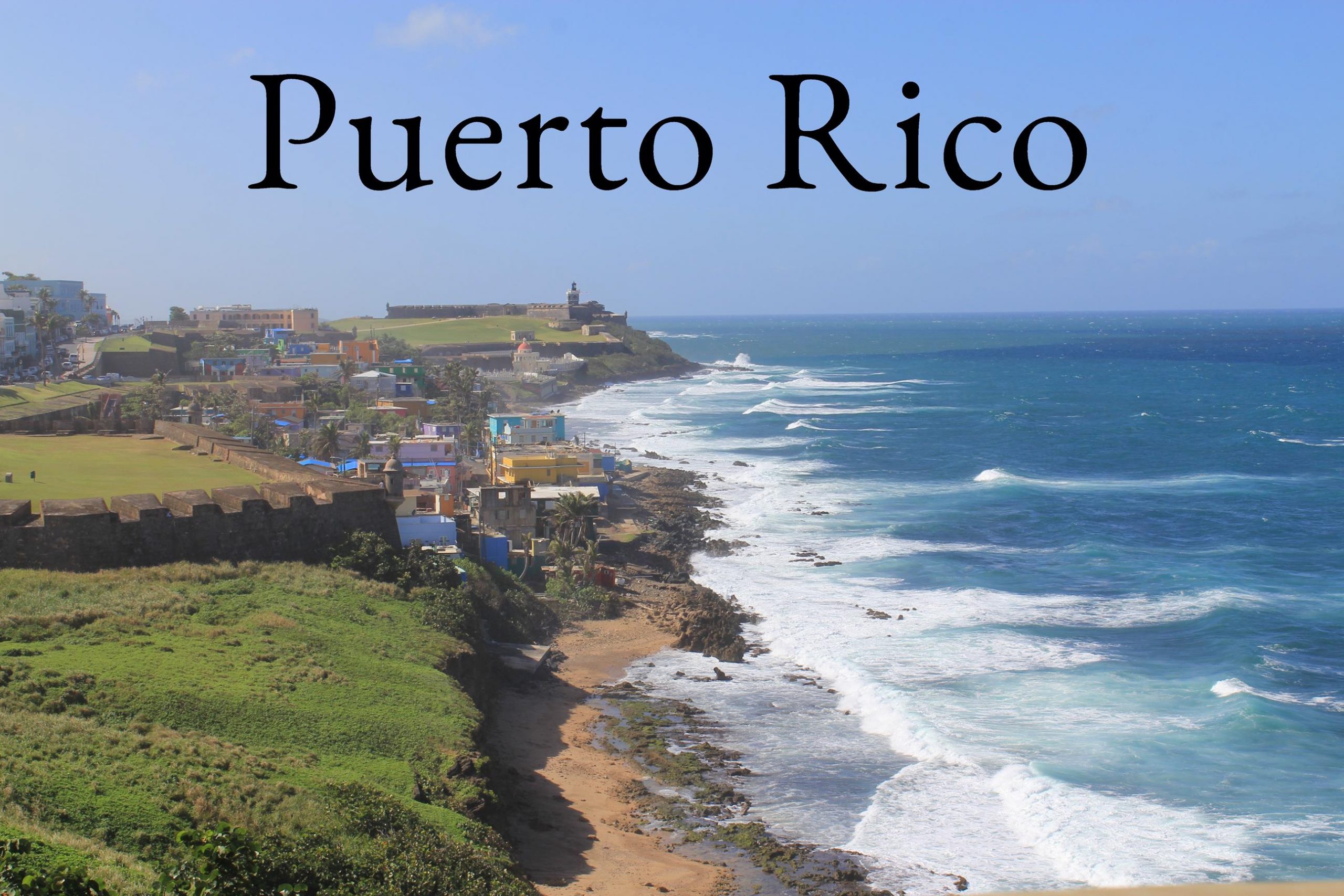
Puerto Rico
14. March 2018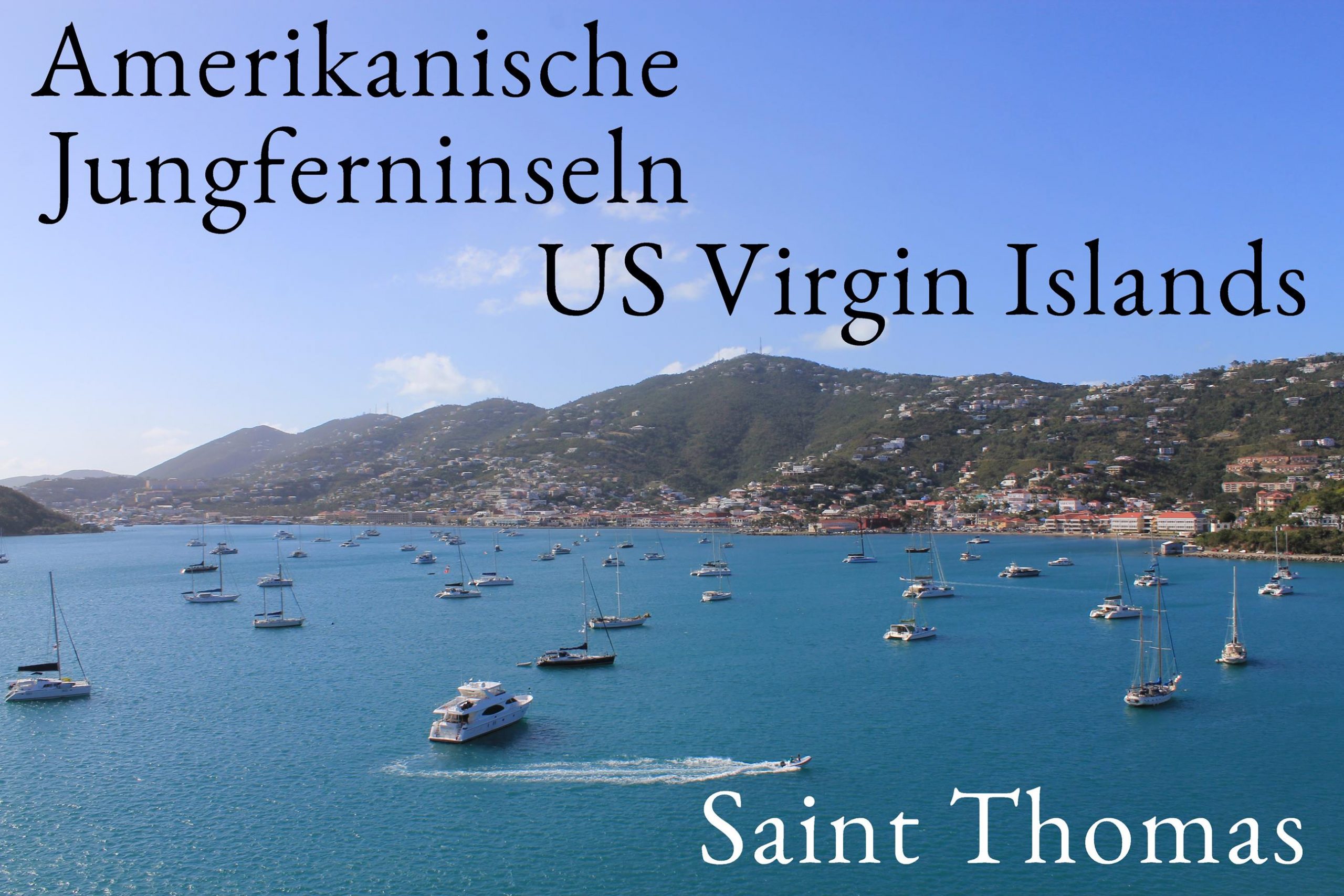
Amerikanische Jungferninseln: Saint Thomas
16. April 2018Puerto Rico – after the hurricane
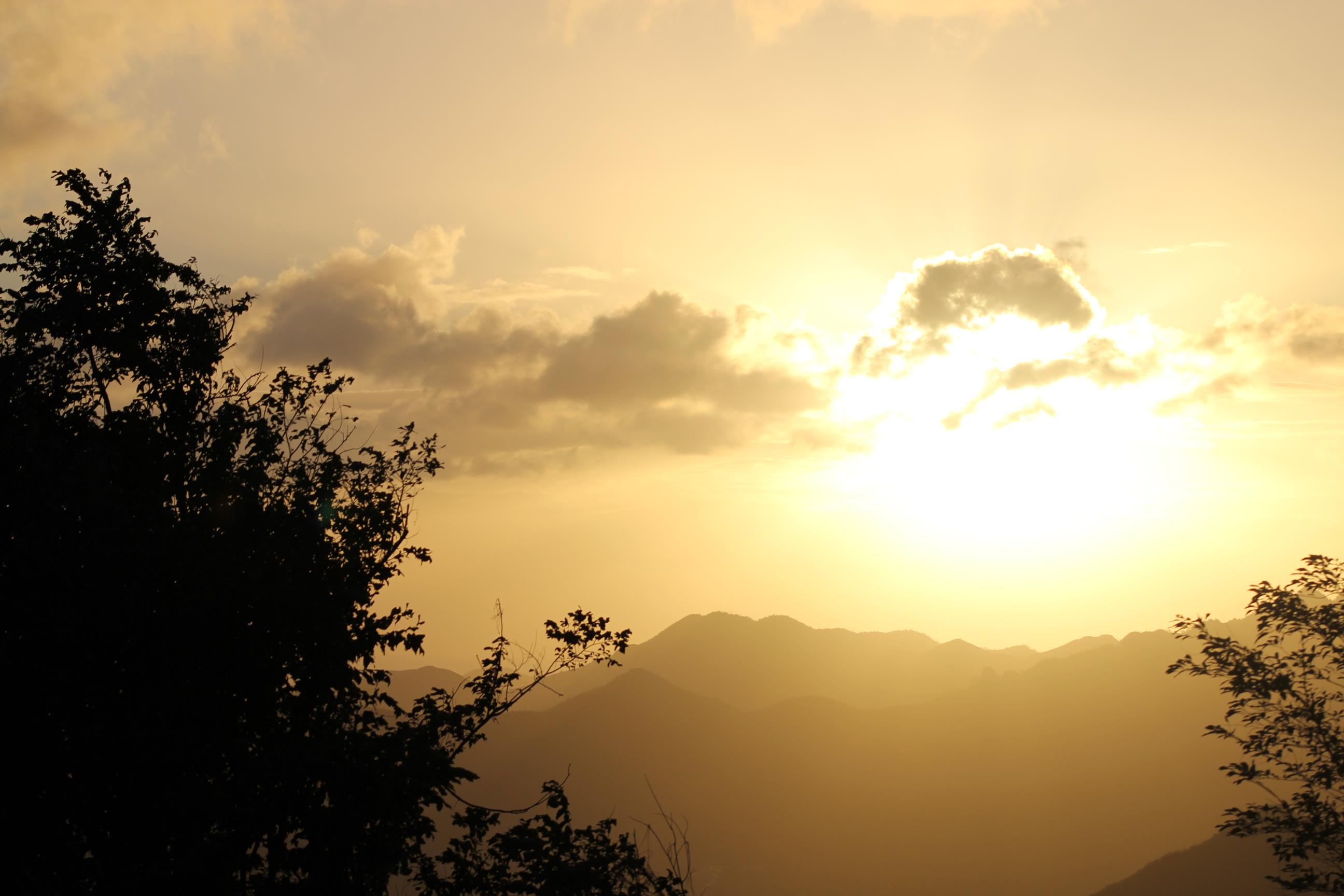
Before hurricane Maria hit the island on September 20th 2017 and destroyed it more or less completely, about 3.5 million people lived in the uncorporated territory of the USA. In the weeks after the storm, approximately 500-700,000 inhabitants emigrated (mostly to the United States of America). Furthermore, about 1000 people lost their lives through direct or indirect consequences of the natural disaster. The resulting property damage is estimated at about $95 billion and FEMA (the US Civil Protection) expects a period of one to two years to rebuild the island.
Crashboat-Beach
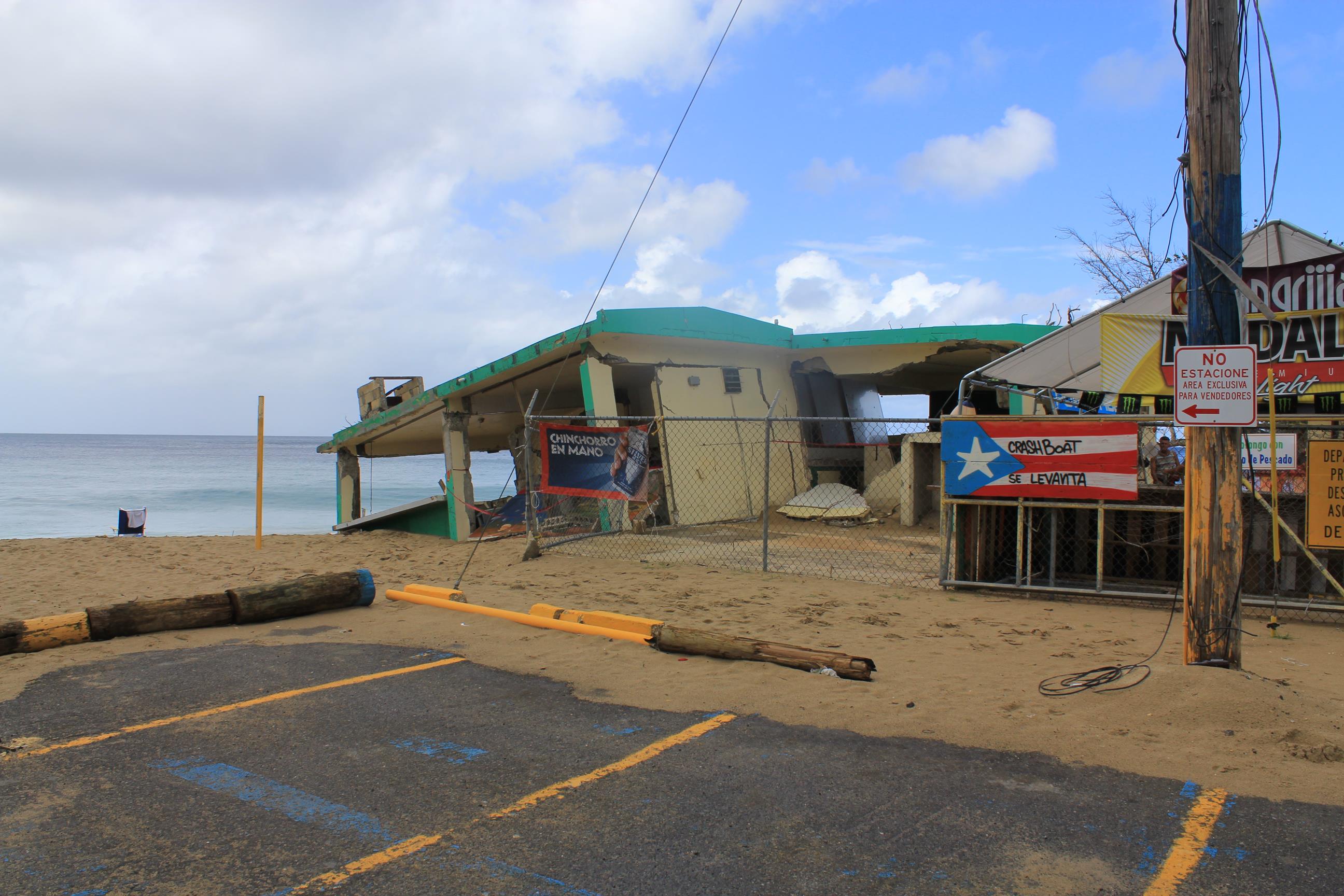
We’ve often seen helicopters carrying building materials
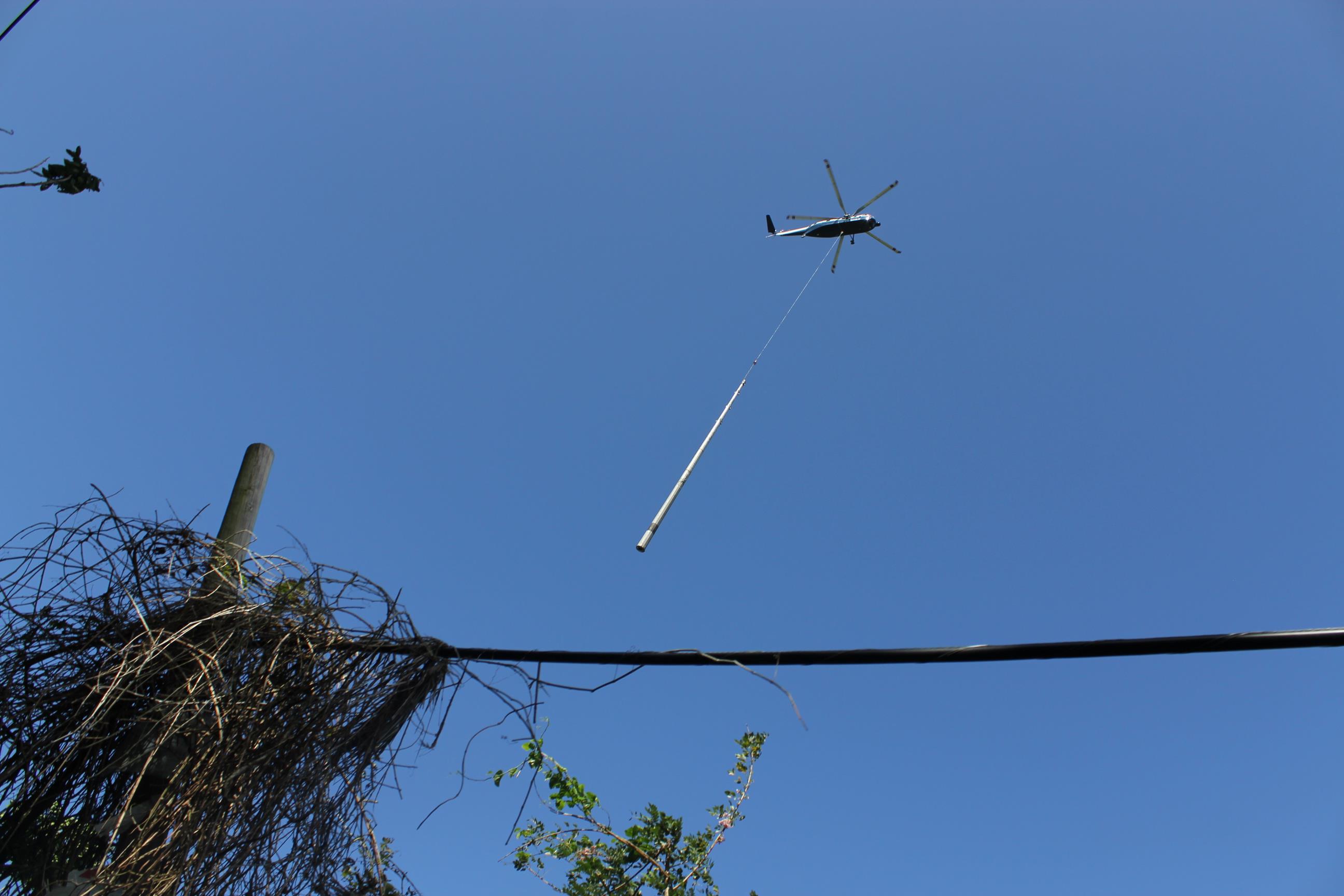
Incidentally, Puerto Rico means “rich port”. But, because of the hurricane, Puerto Rico has gone bankrupt, while the USA not helping does not improve the situation. It is a bitter pill to devote a street in your capital to the statues of the presidents of the United States, but as soon as you need them, they are so indifferent, it borders to inhumanity. Incidentally, with lots of US hospital supplies being made in Puerto Rico, US hospitals are struggling with dwindling IV bag resources, as the production plants on the island don´t have electricity yet…Karma?
Tes on one of the beaches
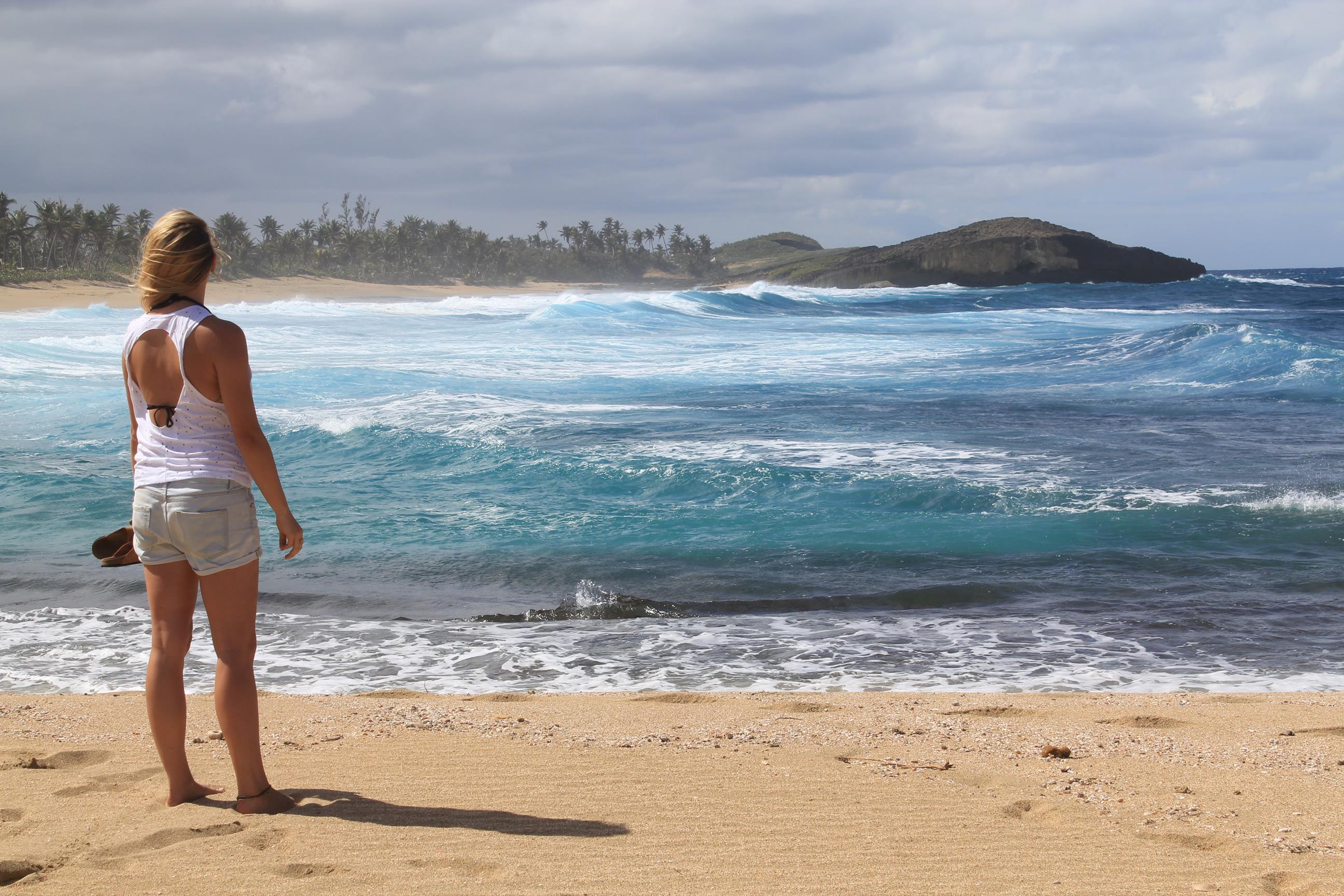
Traffic chaos
Tes and I arrived four months after the incident and stayed for nearly two. As in Mompiche, we had found a Housesit. This time, we were sitting three small dogs instead of cats. After arriving in San Juan, we got a rental car and visited the old town. Then, we drove to Ponce – our home for the next few weeks.
A wooden parasol, destroyed by the hurricane
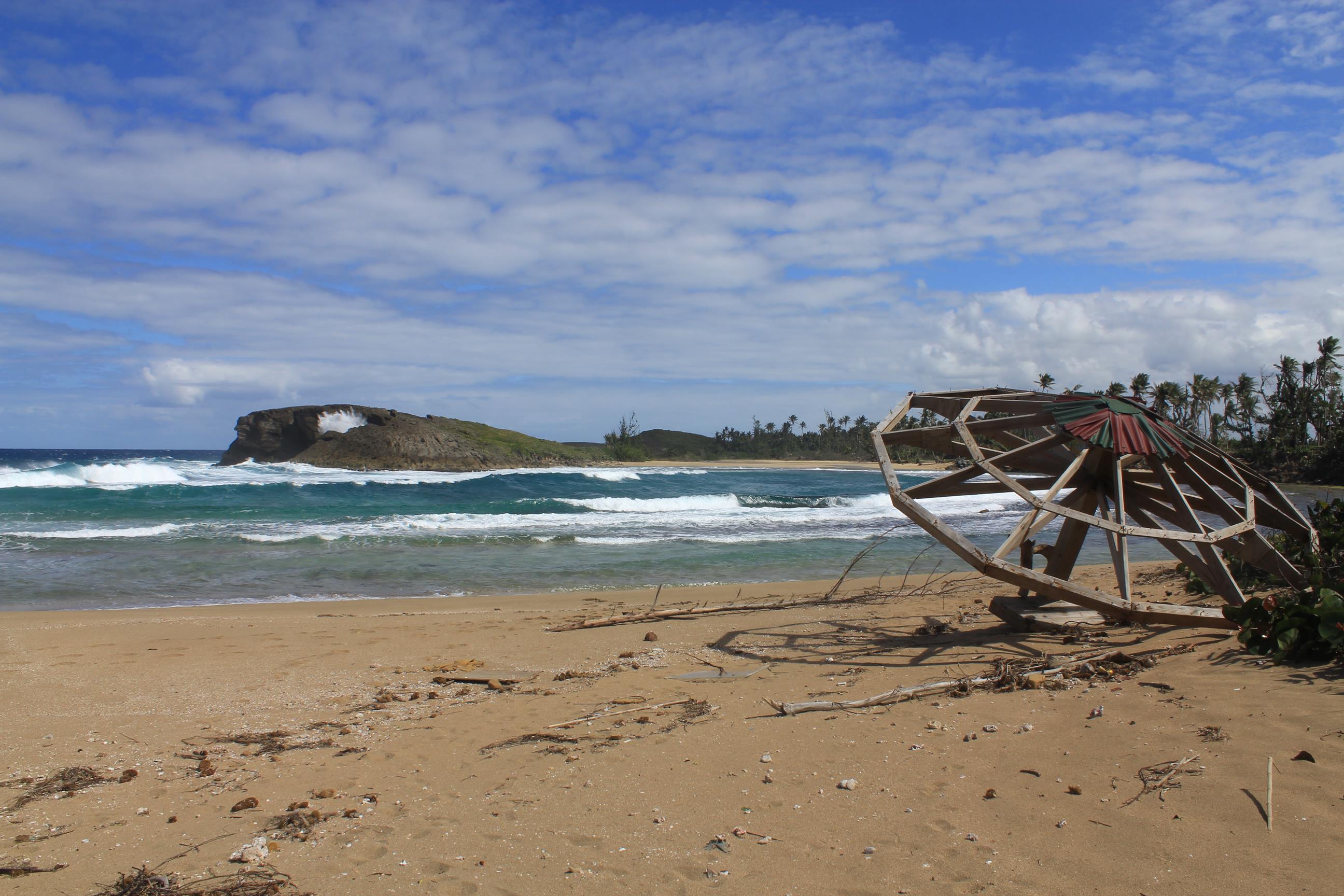
As soon as we had left the airport, we cought sight of the first storm damages: broken power poles with cables hanging down, most of the traffic signs spread in the prairie, traffic lights had either disappeared or been destroyed and lots and lots of trees were lying along the roadside. But: In view of the short time after the natural disaster, the island looked much better than expected. Almost all roads were cleared, you could buy all kinds od food and electricity and water were functioning on about 70% of the island (as of the end of February 2018). The easiest way to recognize the disaster were clearly the cars of the locals: You could see various body damages, broken lights and bent bodies on almost every car – impossible to be caused by traffic accidents.
The Dogs
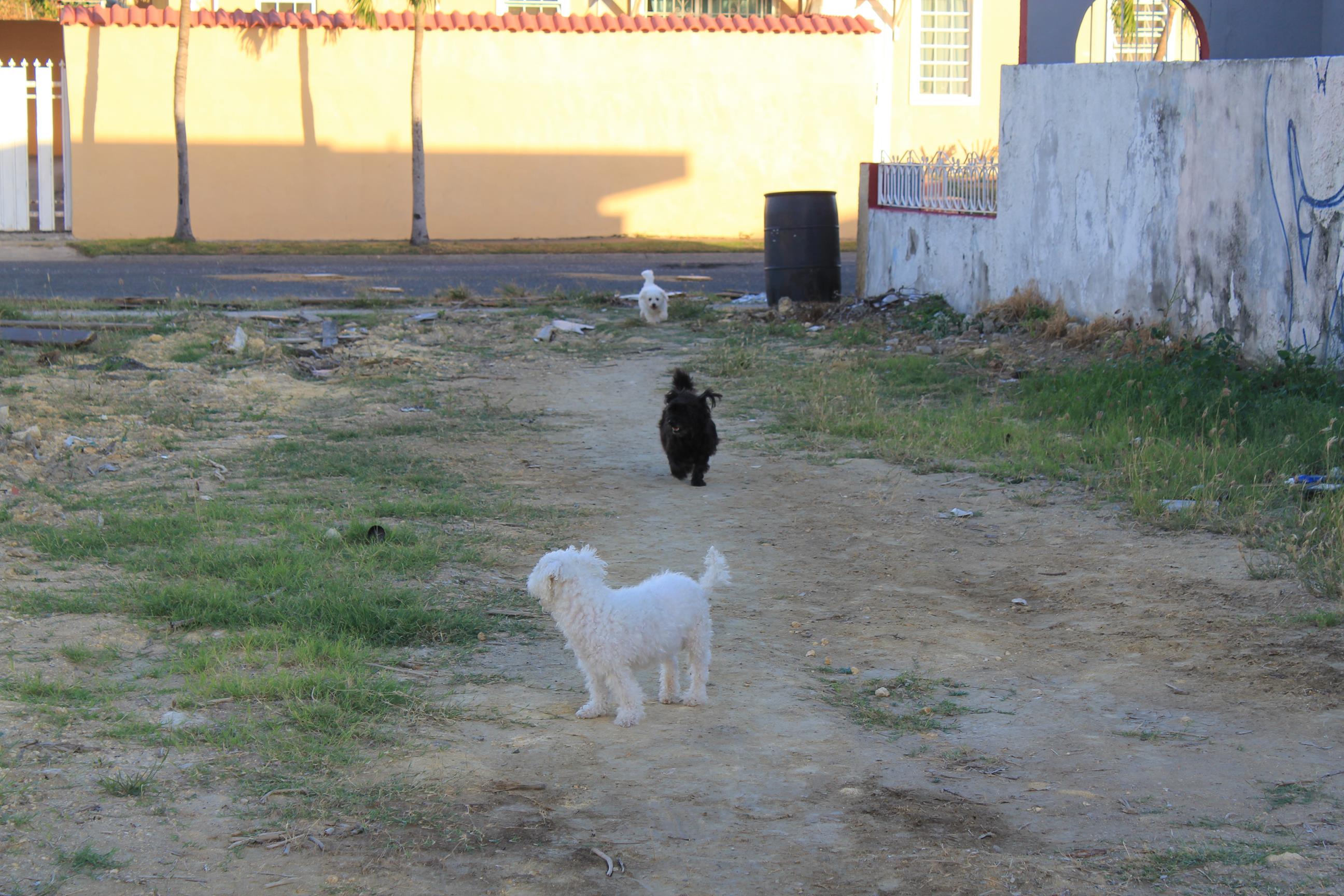
This way, you can easily conclude on the income of the driver. Richer locals drove new cars, while poor people often lack the money to repair their own vehicle even a little. Due to the destroyed traffic lights, especially in San Juan, pure chaos prevailed. This is solved according to a simple rule: first come, first drive. Difficult, when the roads are so crowded, nobody can drive at all. Therefore, half a mile took 45 min.
San Juan…
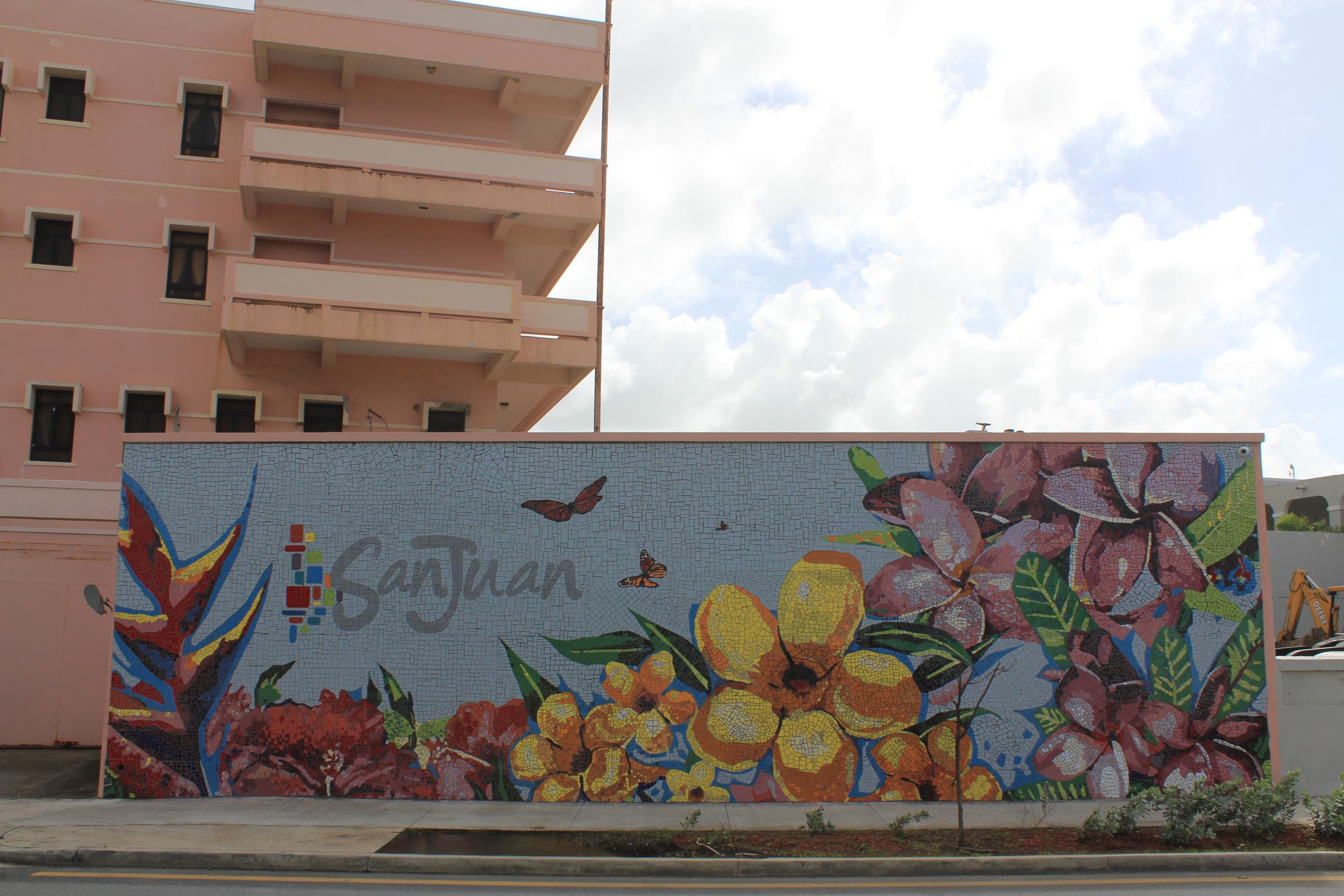
The capital of the Caribbean island is home to about 400,000 inhabitants and the touristic as well as economic and cultural center. The first settlements date back to the beginning of the 16th century and ran under the name “Caparra”. Only later the settlement was renamed “Puerto Rico”. Through the rich history, there are numerous attractions to explore. The most popular is probably the old town, that thrills with countless colorful houses, narrow streets and lots of flair. Old San Juan is also home to two fortresses (El Morro and La Fortaleza) that offer fabulous views of the sea and the promenade “Paseo de la Princesa”.
Snapshots from San Juan
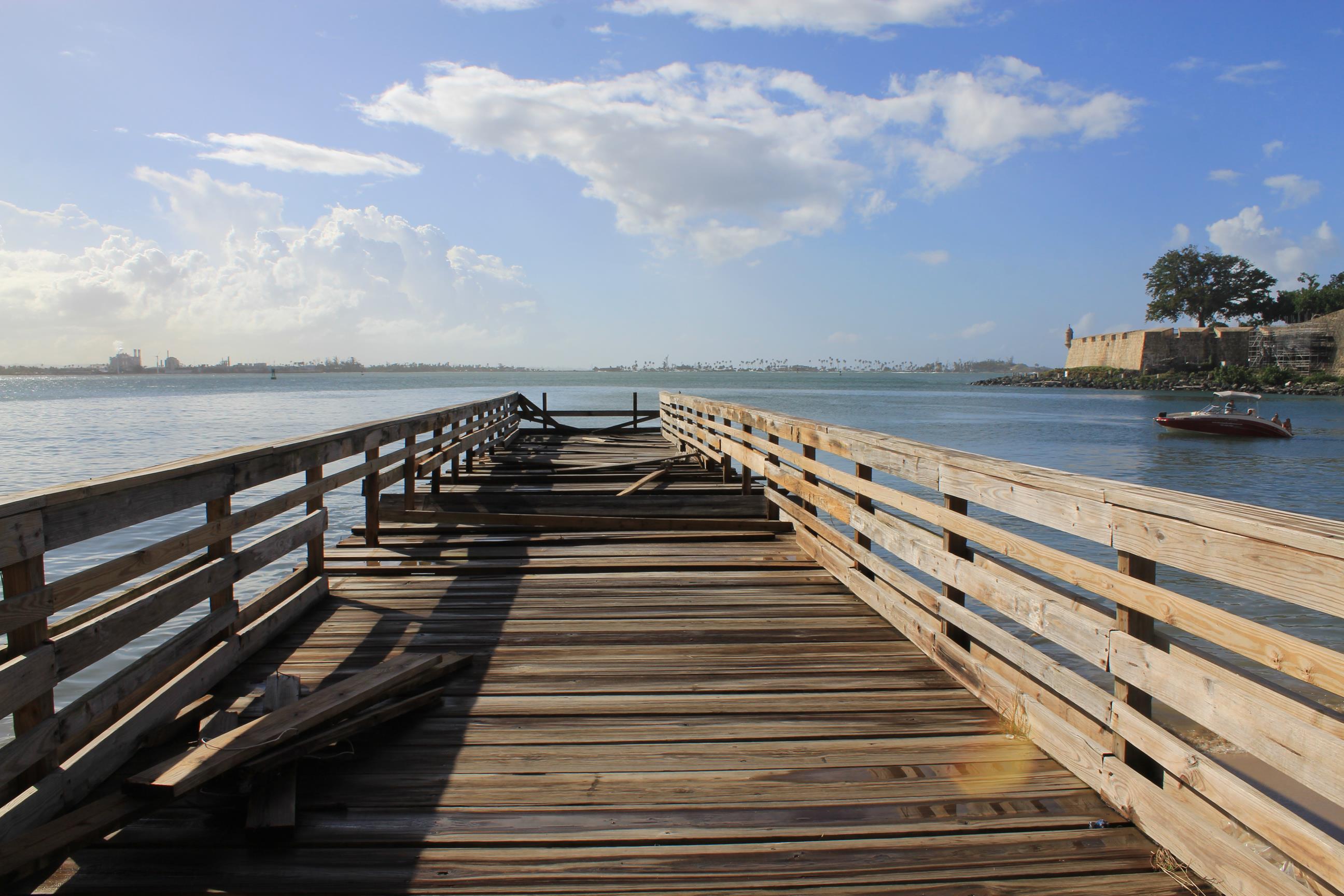
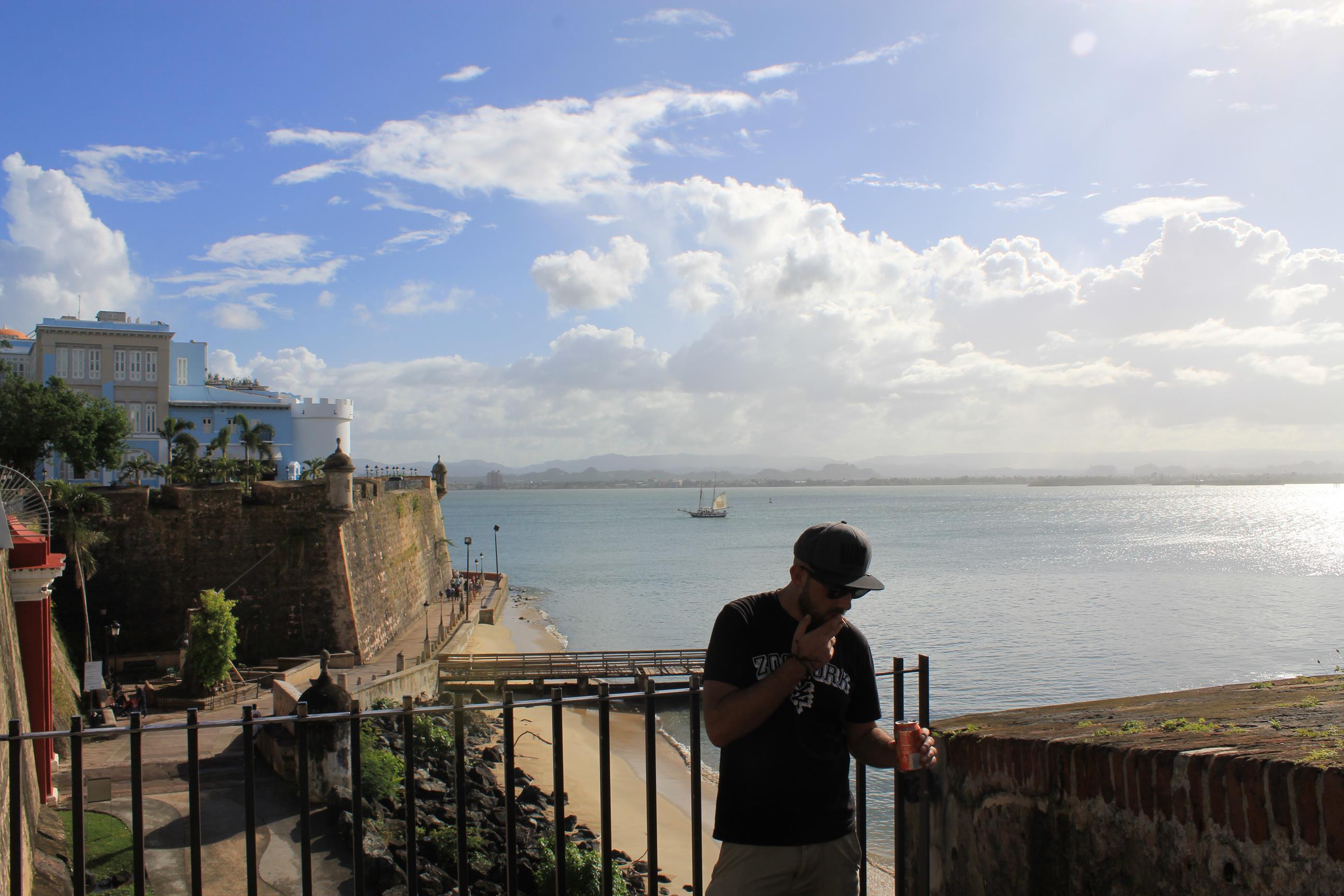
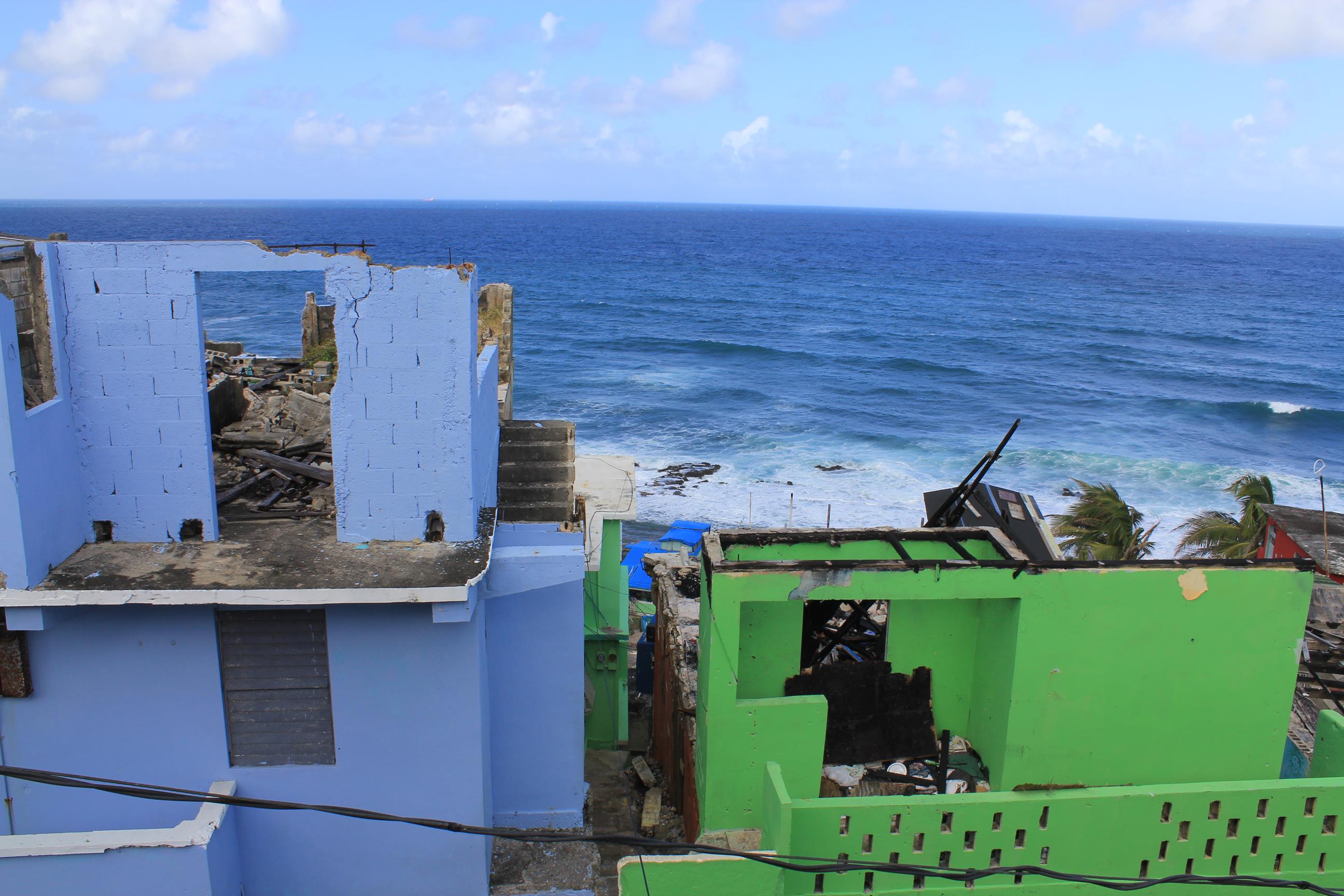
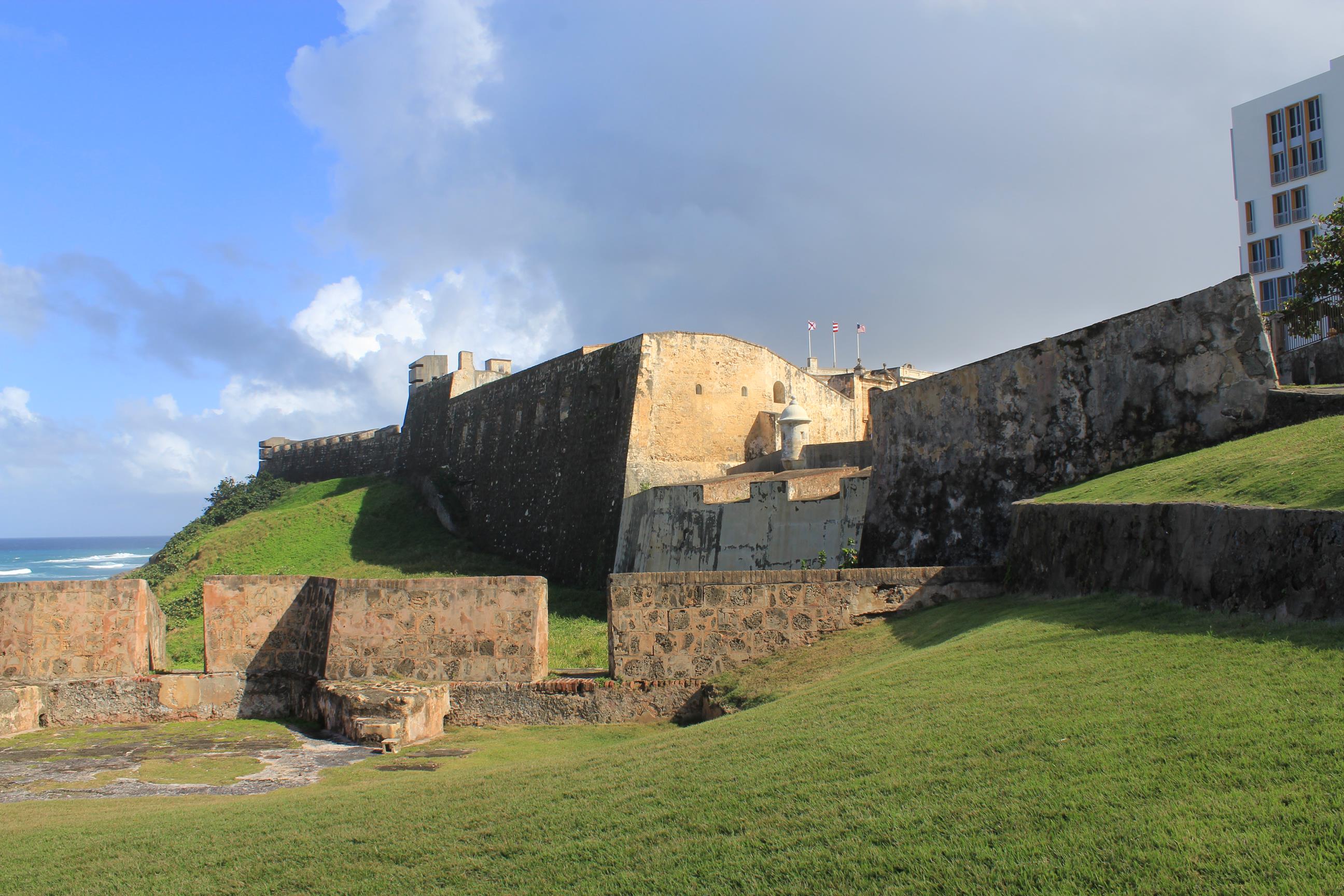
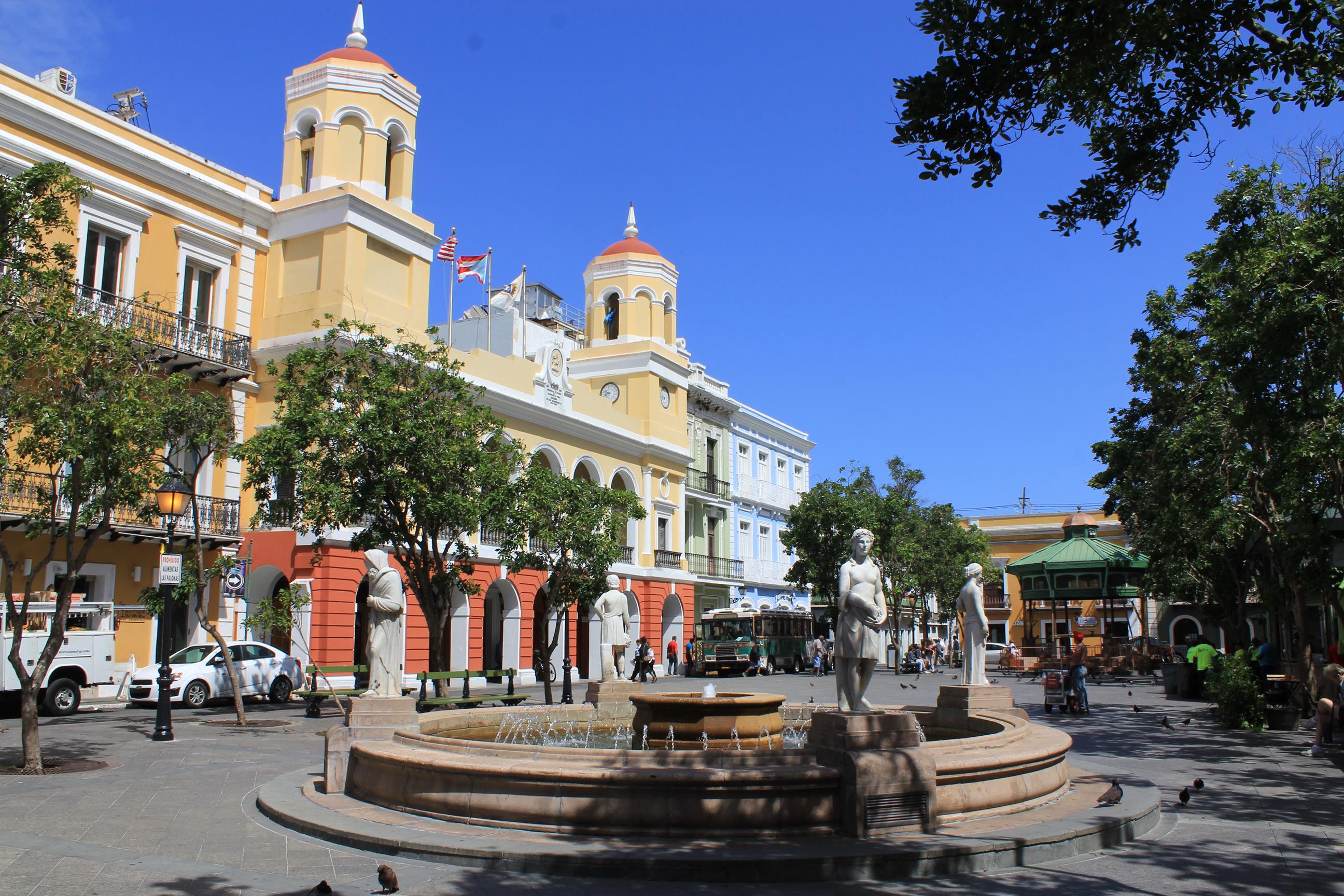
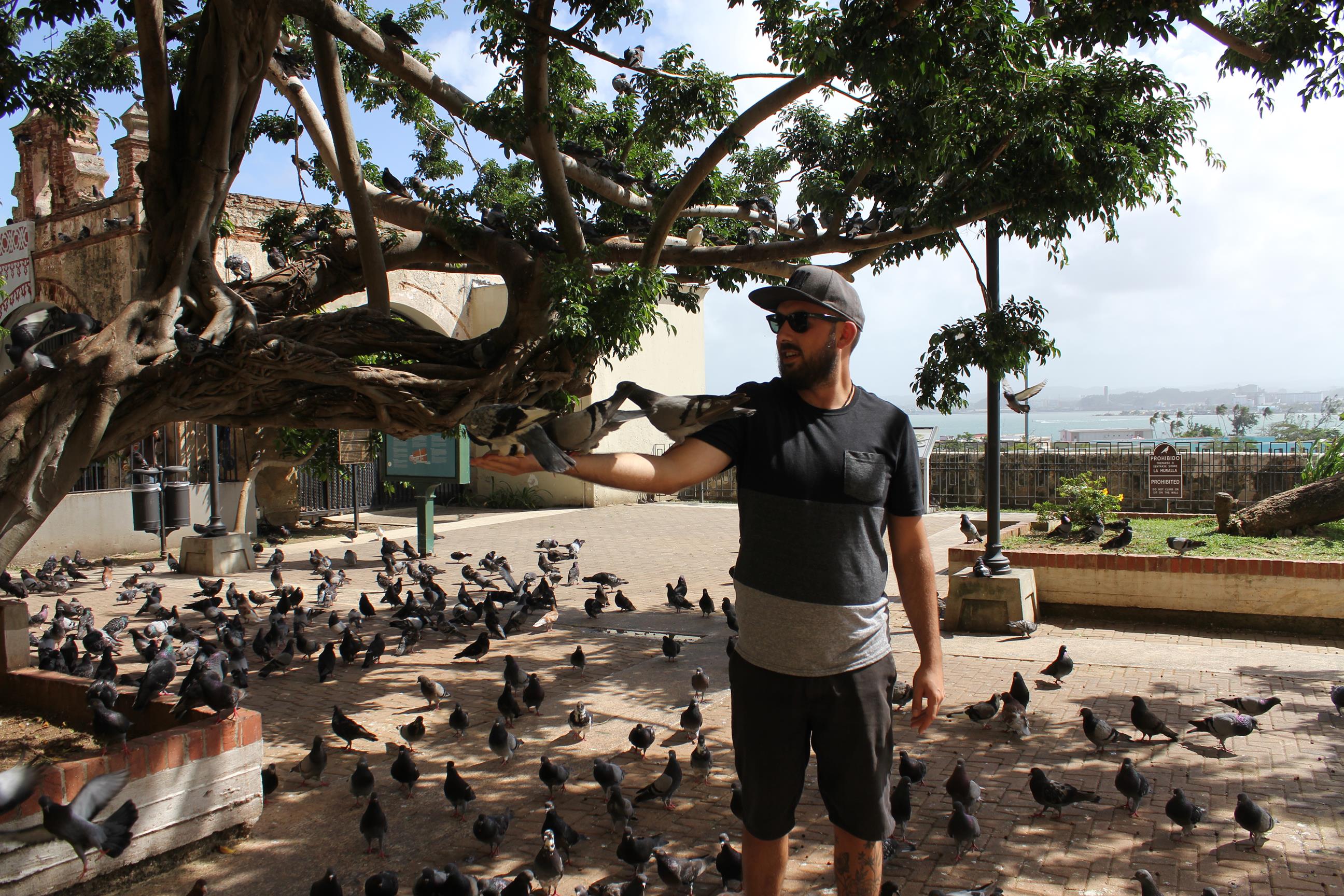
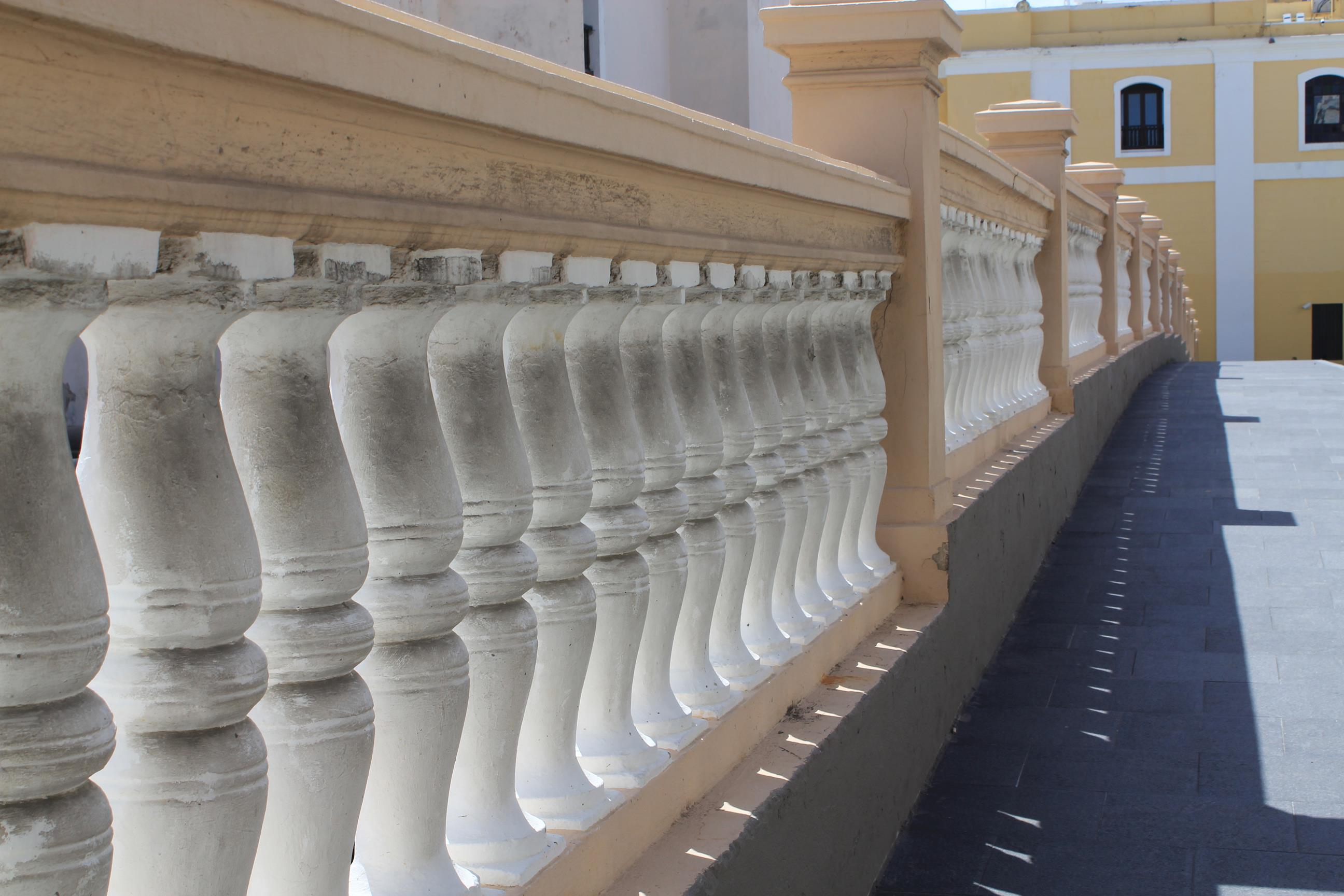
Not far away is the “Isla Verde”, which is internationally known for its beautiful beach. In the “Puerta de San Juan” you can feed pigeons and get a nice view over the cruise ship port. While strolling through the city, you discover dozens of statues, fountains, art in all shapes and tons of historic buildings. In addition, the city has a myriad of museums (art, history, wildlife, etc), which I do not care for at 30 degrees Celsius outside temperature (86 Fahrenheit) – we did not visit one.
Eating in a small alley in San Juan’s old town
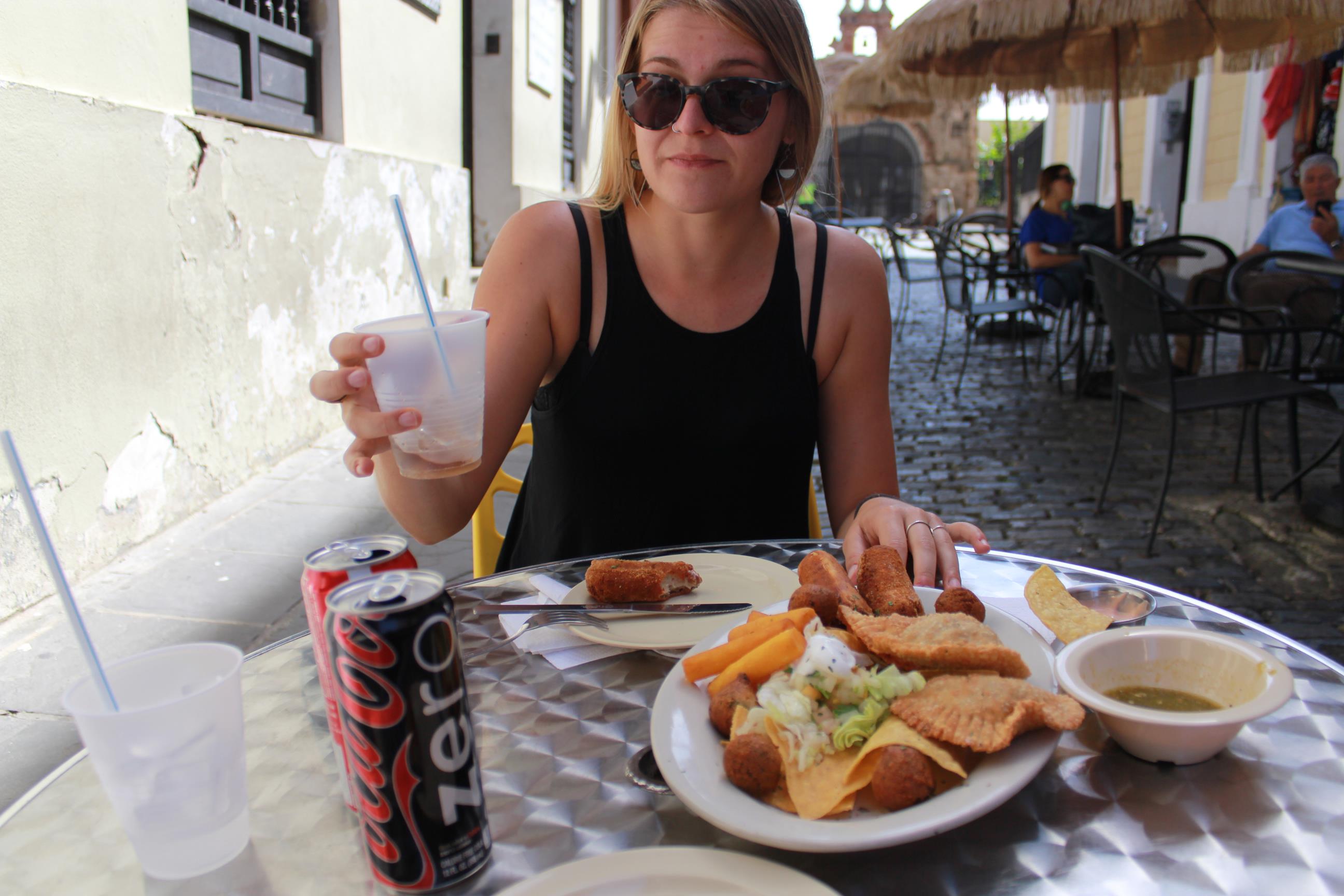
…and public transport
The public transport network on the island is little developed to not available. There are no buses between the cities, no tram, but, there is a subway in San Juan. This is the first rail link (17 km long) in the Caribbean – if it works after the hurricane – no idea. Incidentally, Puerto Rico is known for its thriving street art scene. Pictures are available on Instagram and below:
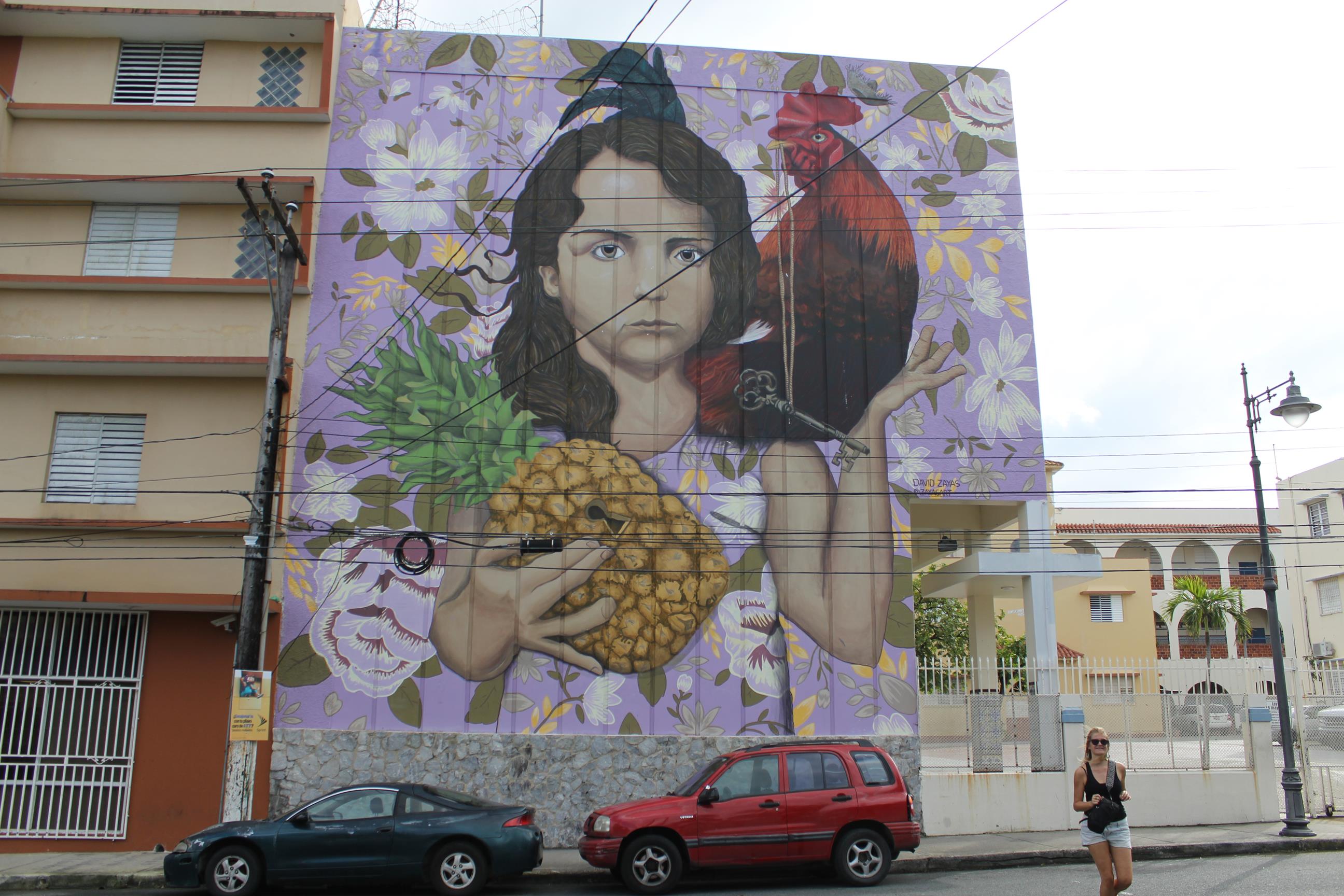
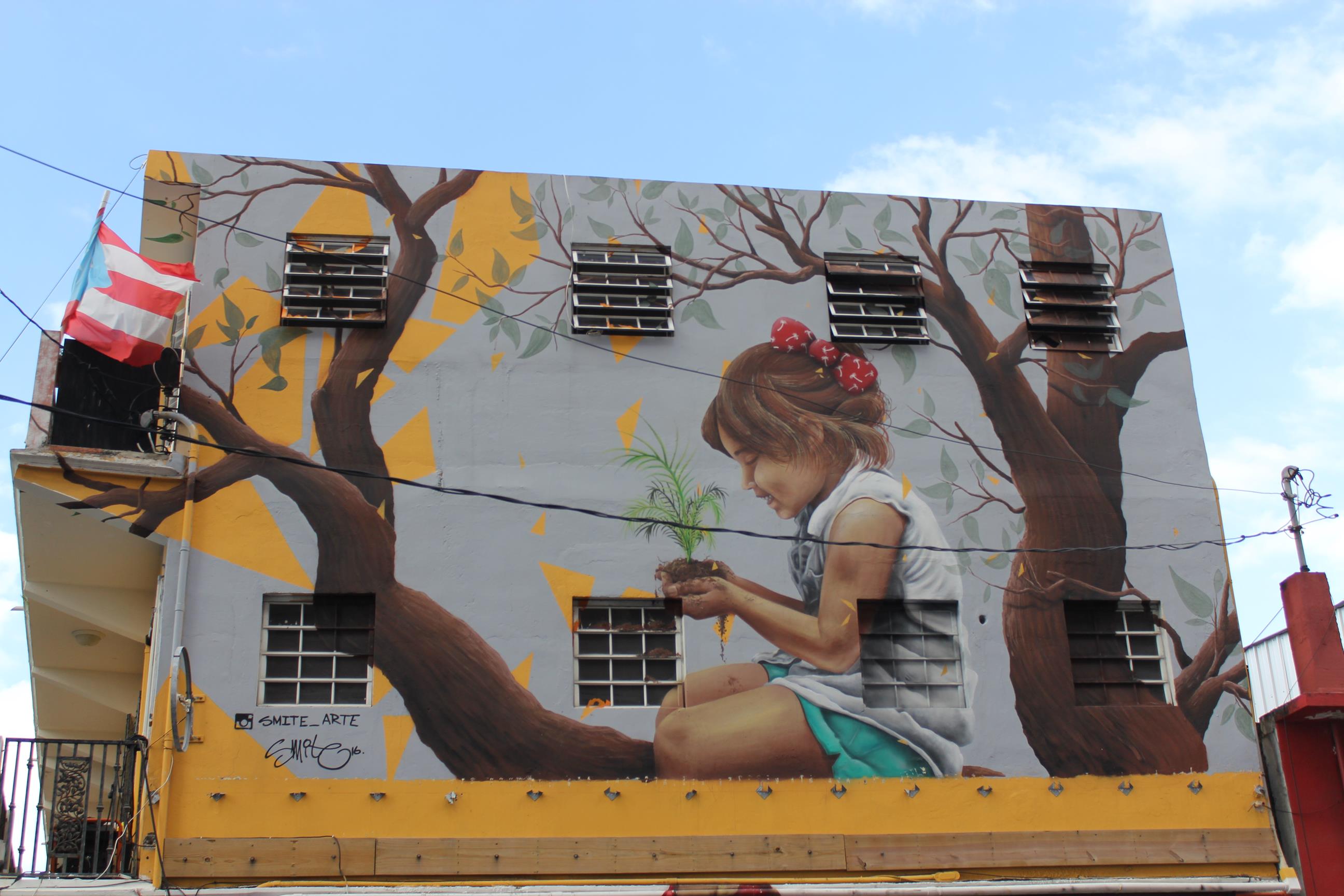
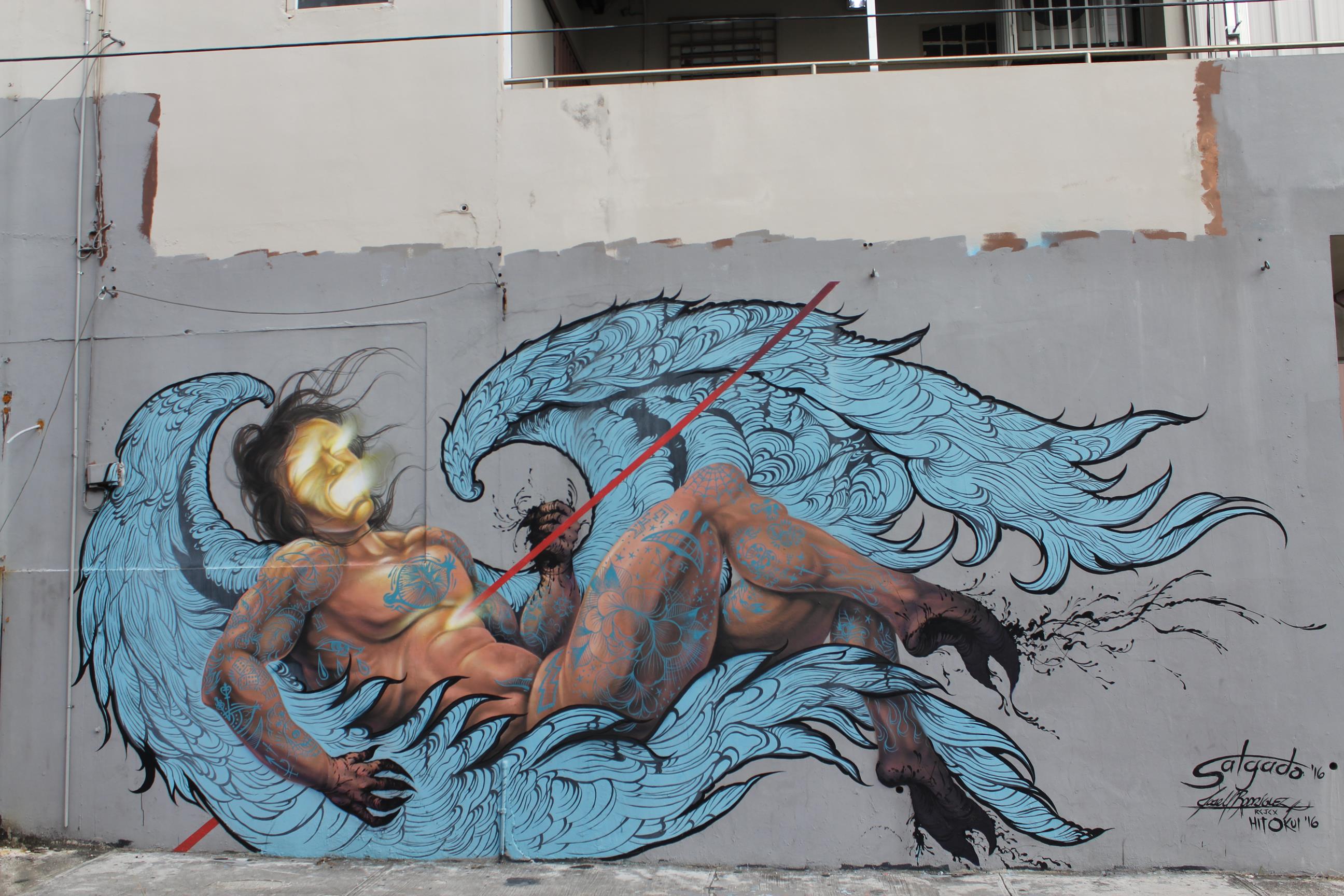
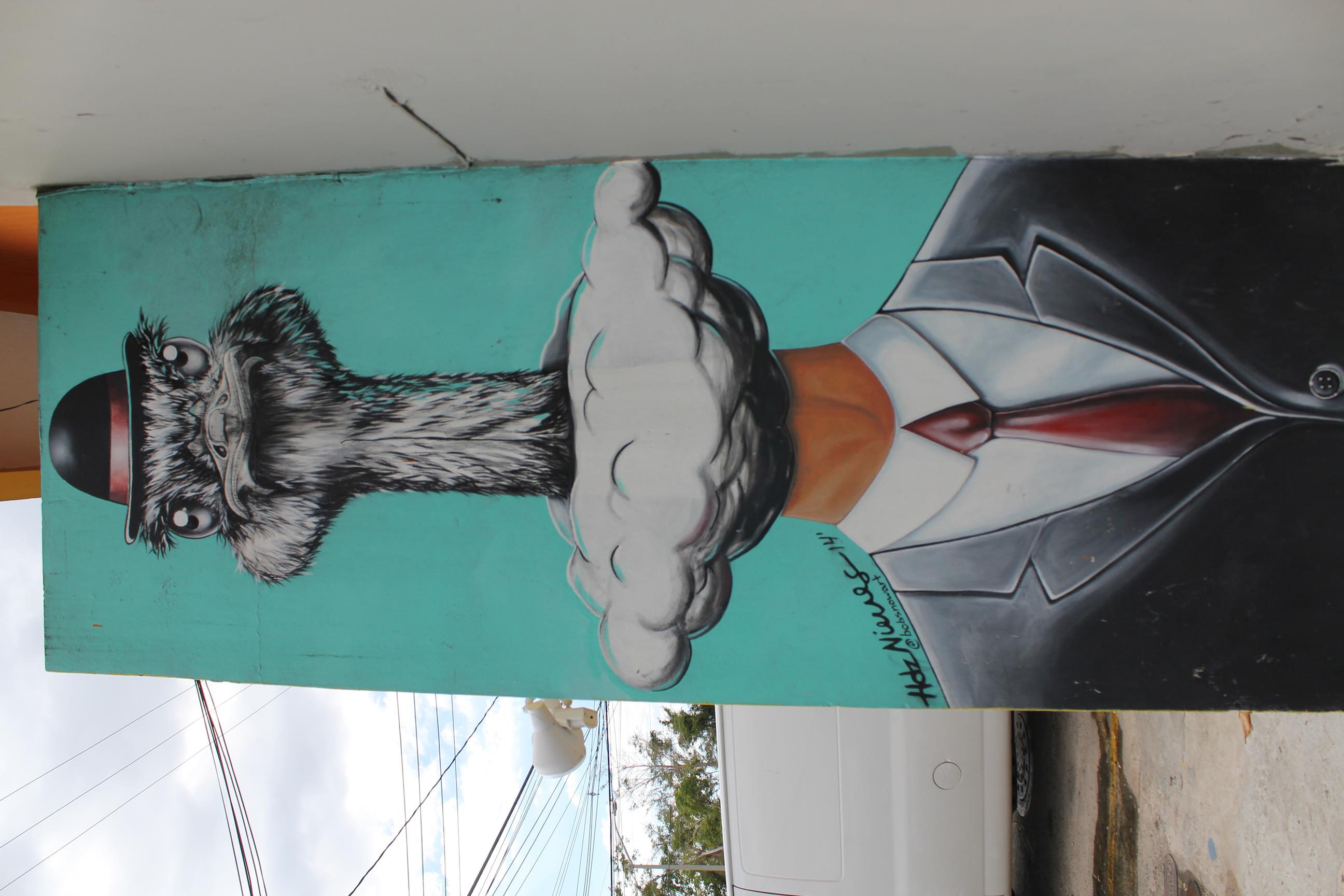
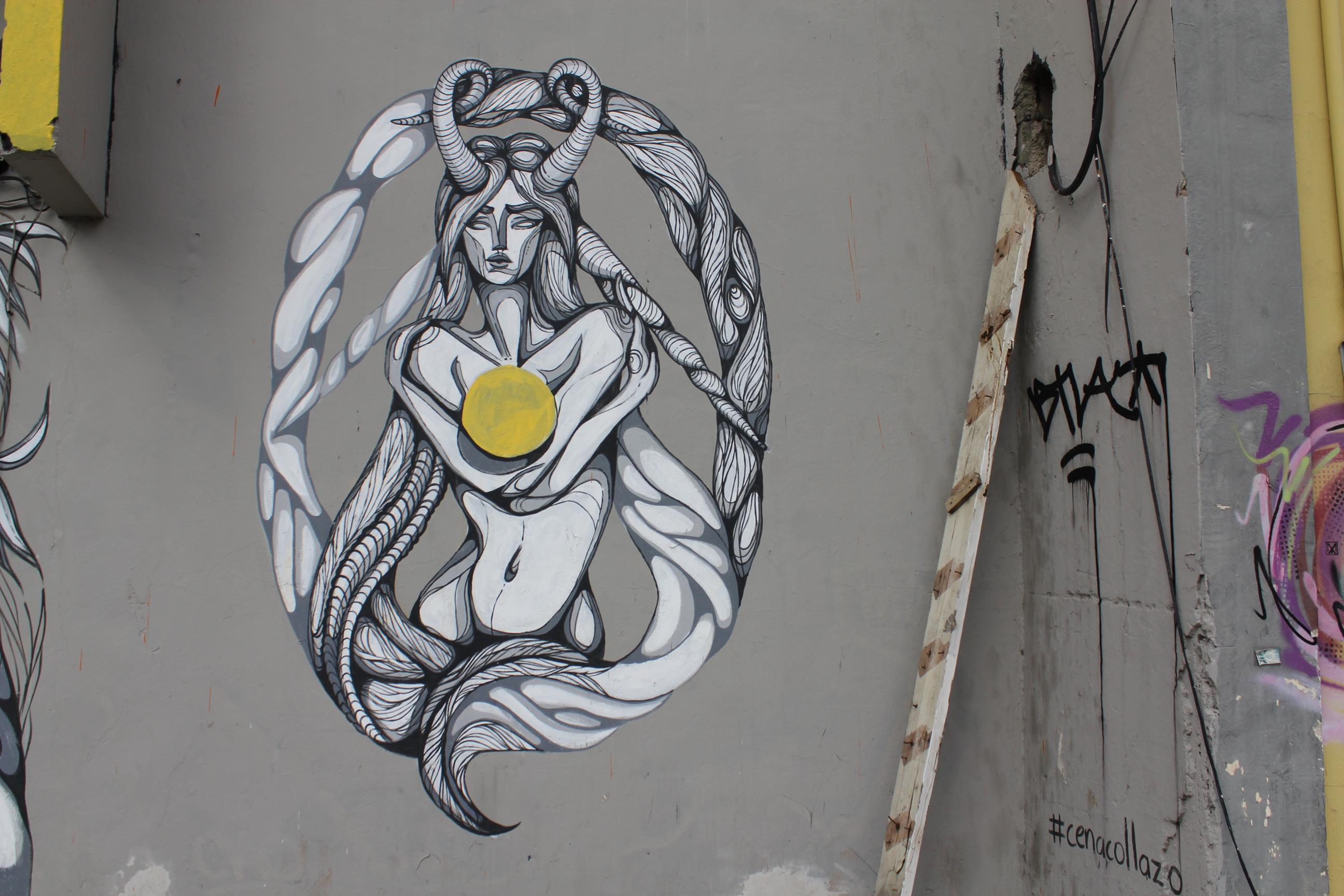
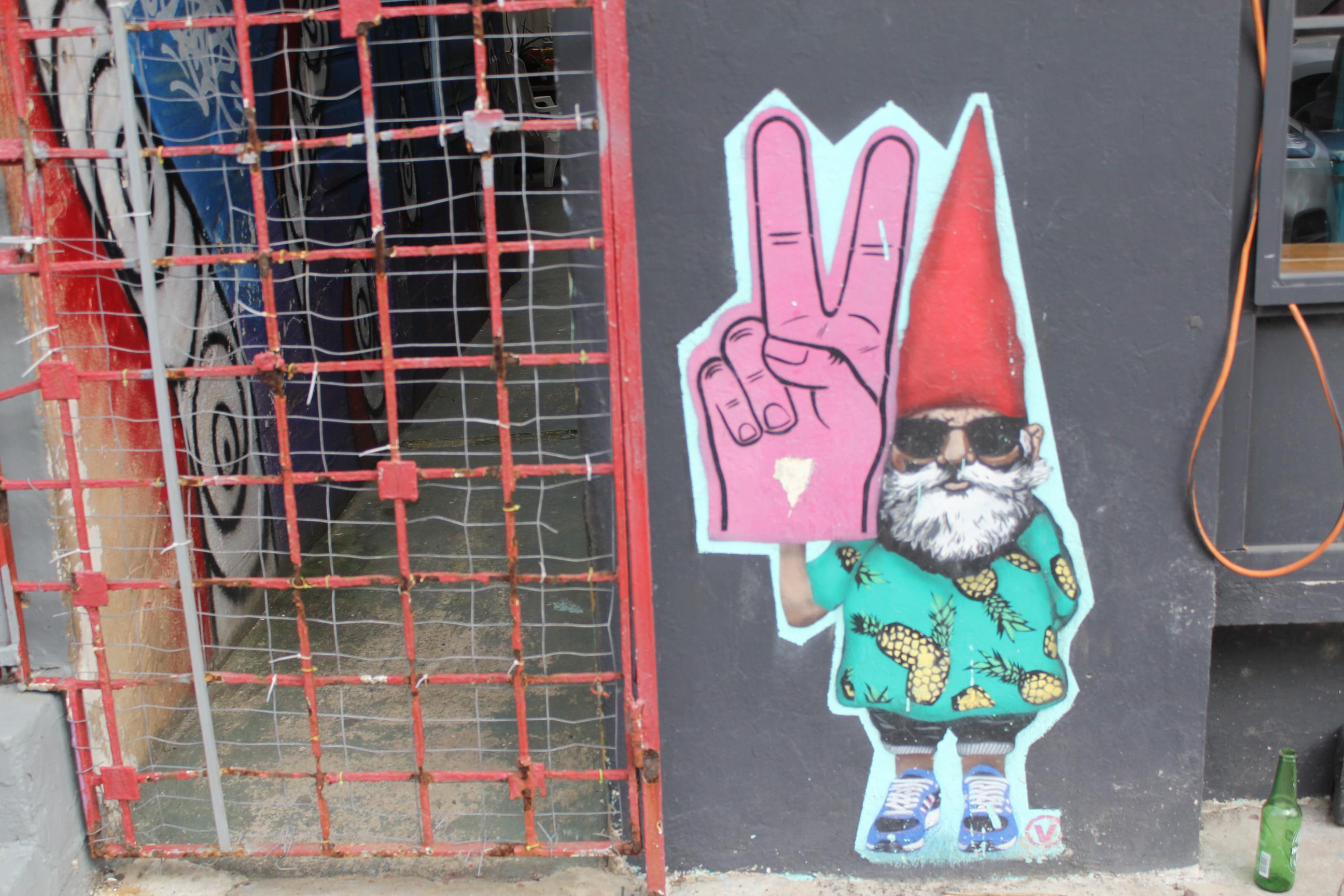
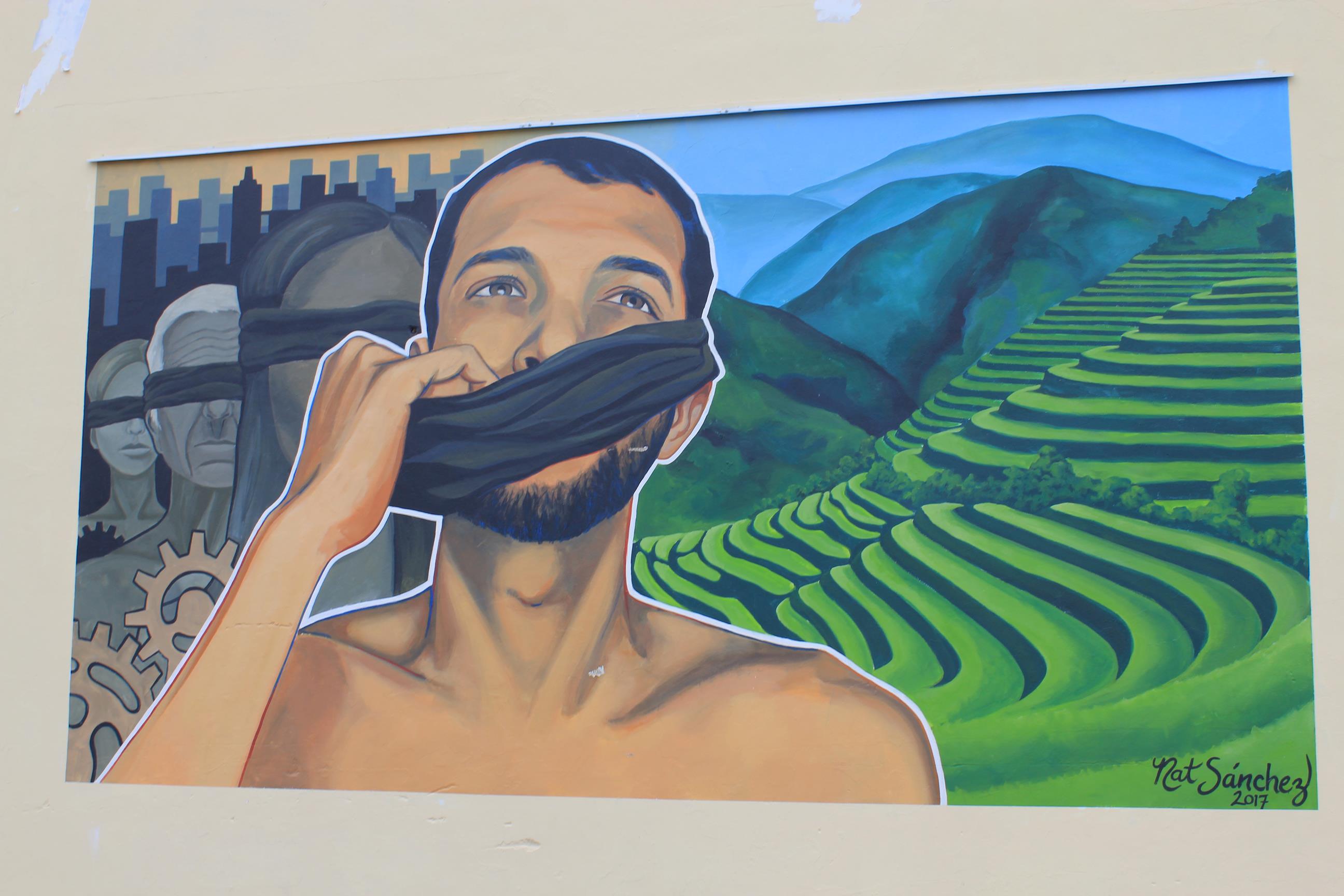
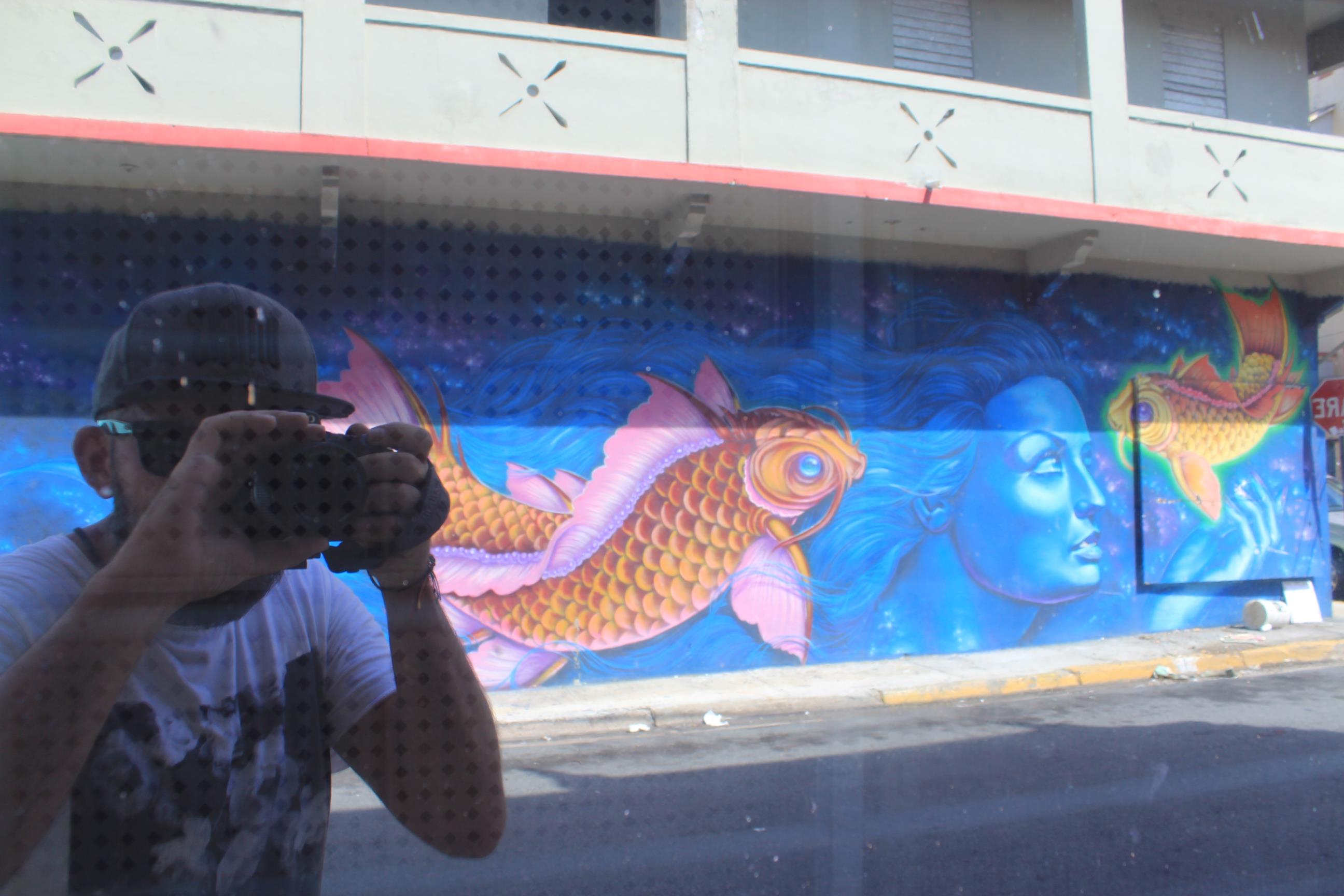

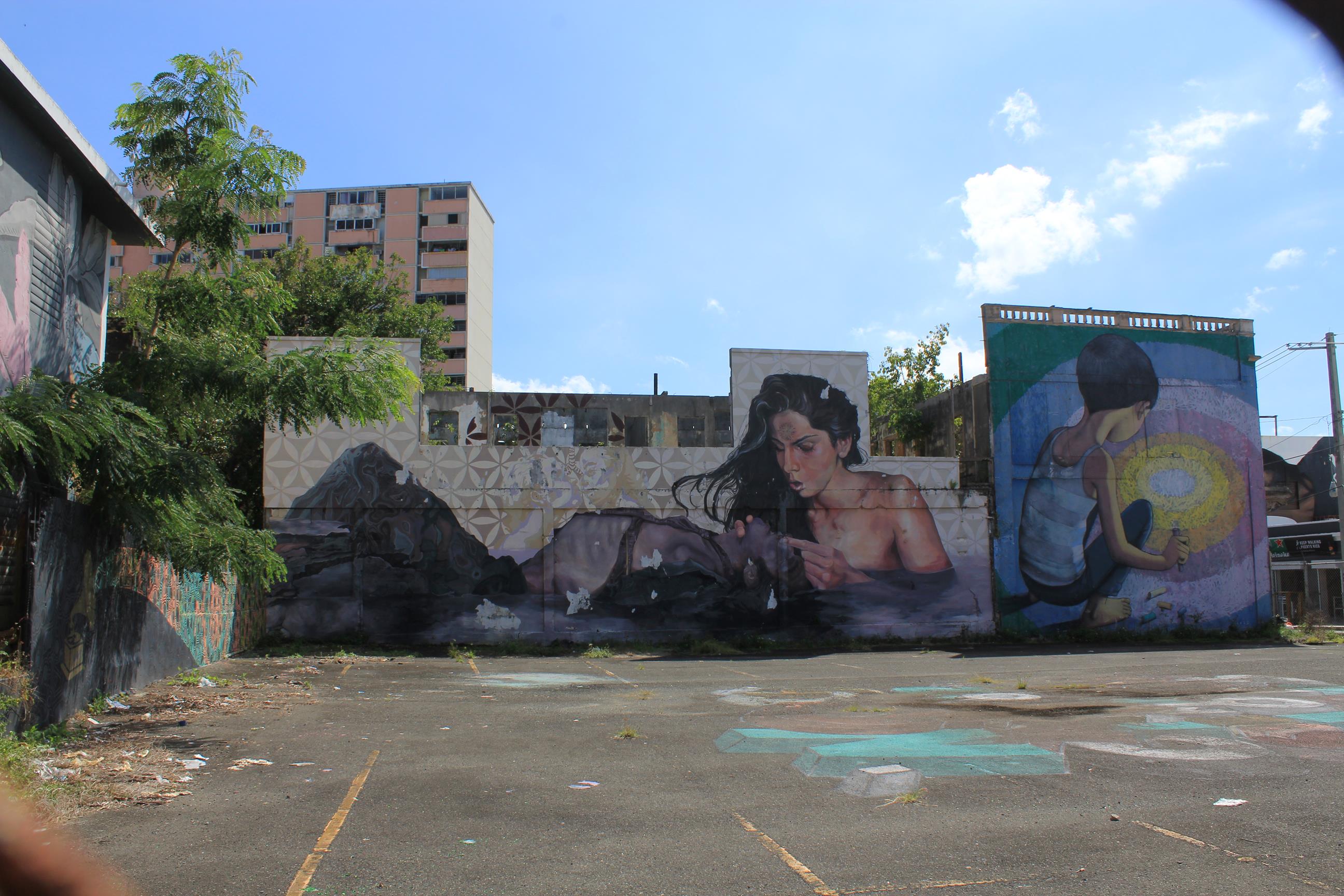
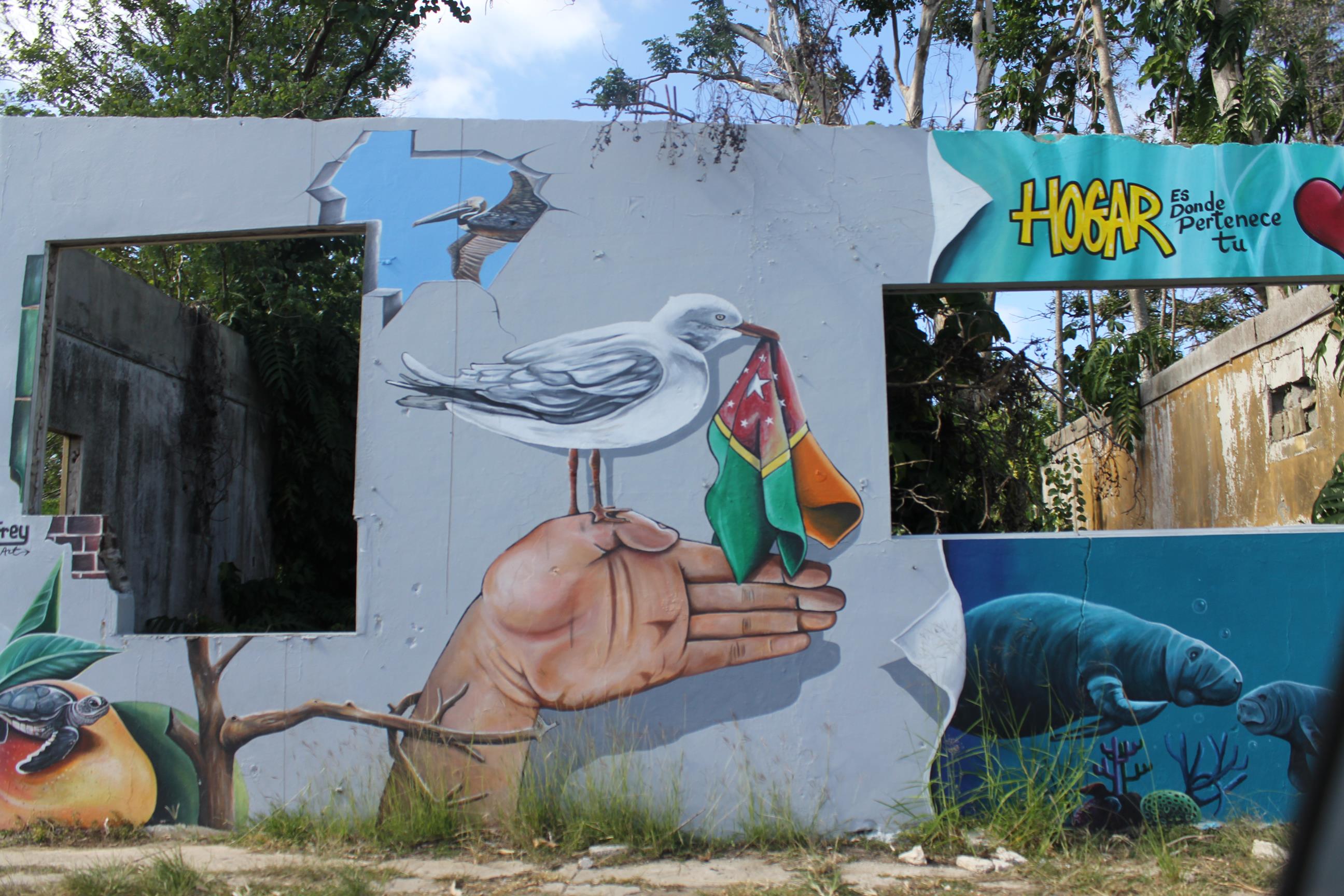
Ponce – the town of lions…
The cities on the island are all similar and have a strong American influence. The “City of the Lions” makes no difference and impresses with juxtaposed fast food chains, Walmart’s and Walgreens as well as Drive-Thru bank counters and pharmacies. Shopping is a big thing and underlines the American influence in addition. Everything is about buying and eating, you are showered with advertisements and encounter an above average number of overweight people.
A dog to cuddle
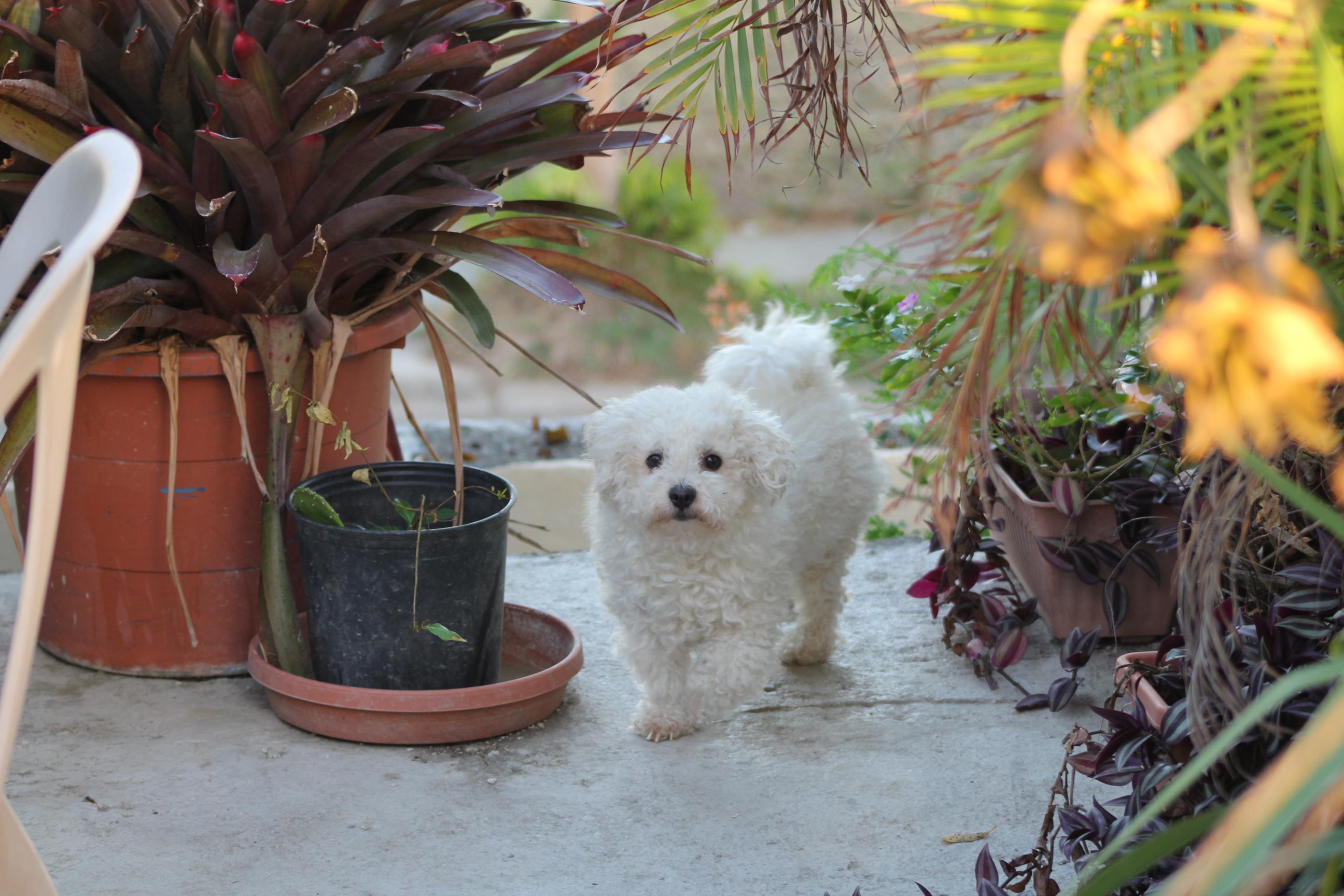
…and the sights
The city does not necessarily offer much in terms of sights. A visit to the city center and especially the “Plaza Las Delicias”, which is located next to the “Ponce Cathedral” and the “Parque de Bombas” (Fire Museum), is recommended. The building is considered the most recognizable site on the island and was opened in 1882.
Parque de Bombas
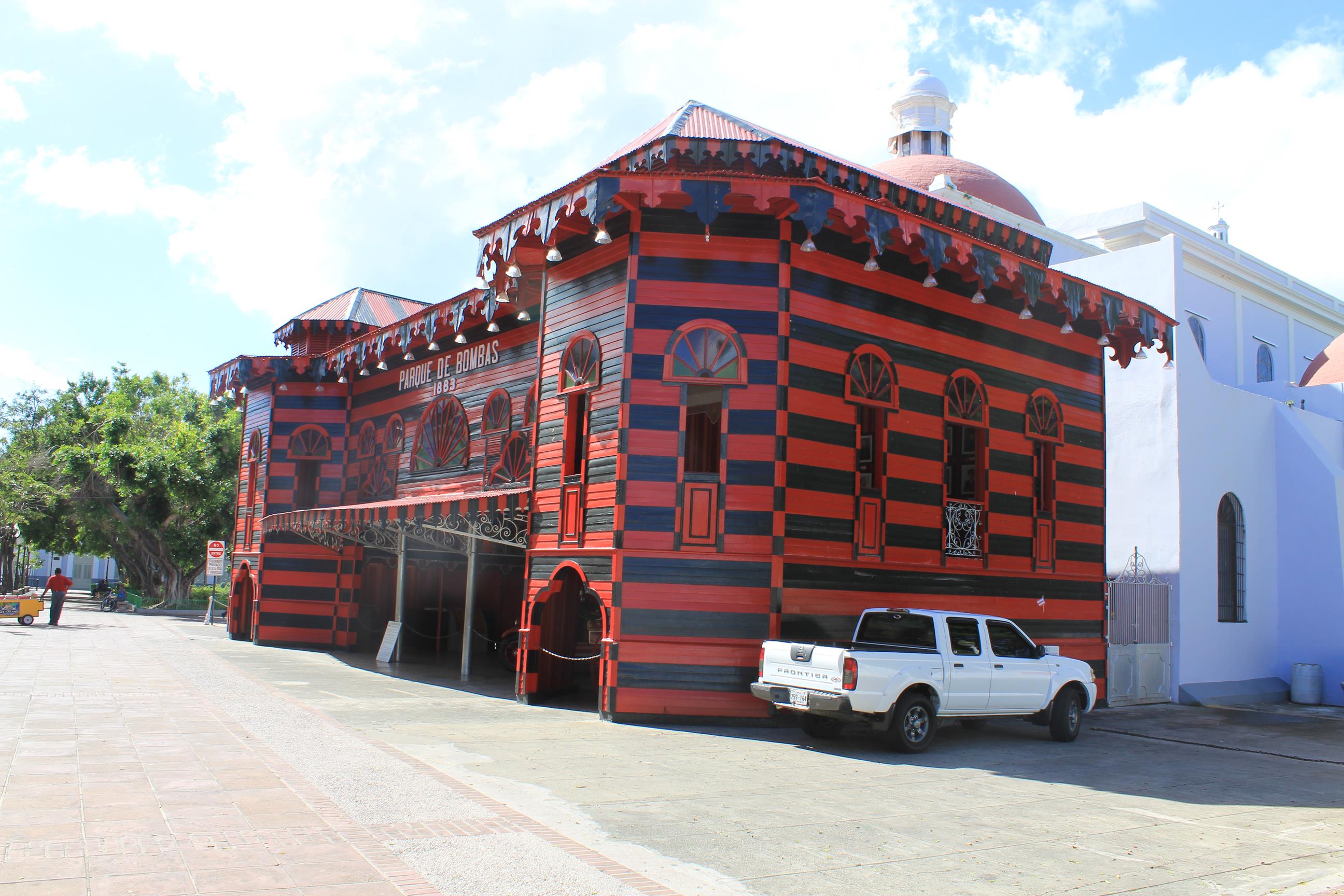
Not far from the museum, there is an obelisk to commemorate seven firefighters. In 1899, they had denied the command of American forces and extinguished a fire that had broken out in the black powder warehouse of the soldiers. This just barely eluded the city of a disaster, that would have destroyed the economy of the entire island – after all, back then Ponce was the banking and agricultural center. As a thank you, the firefighters were provided houses that were also painted in the colors of the city (red / black) and still exist today.
Street Art in Ponce
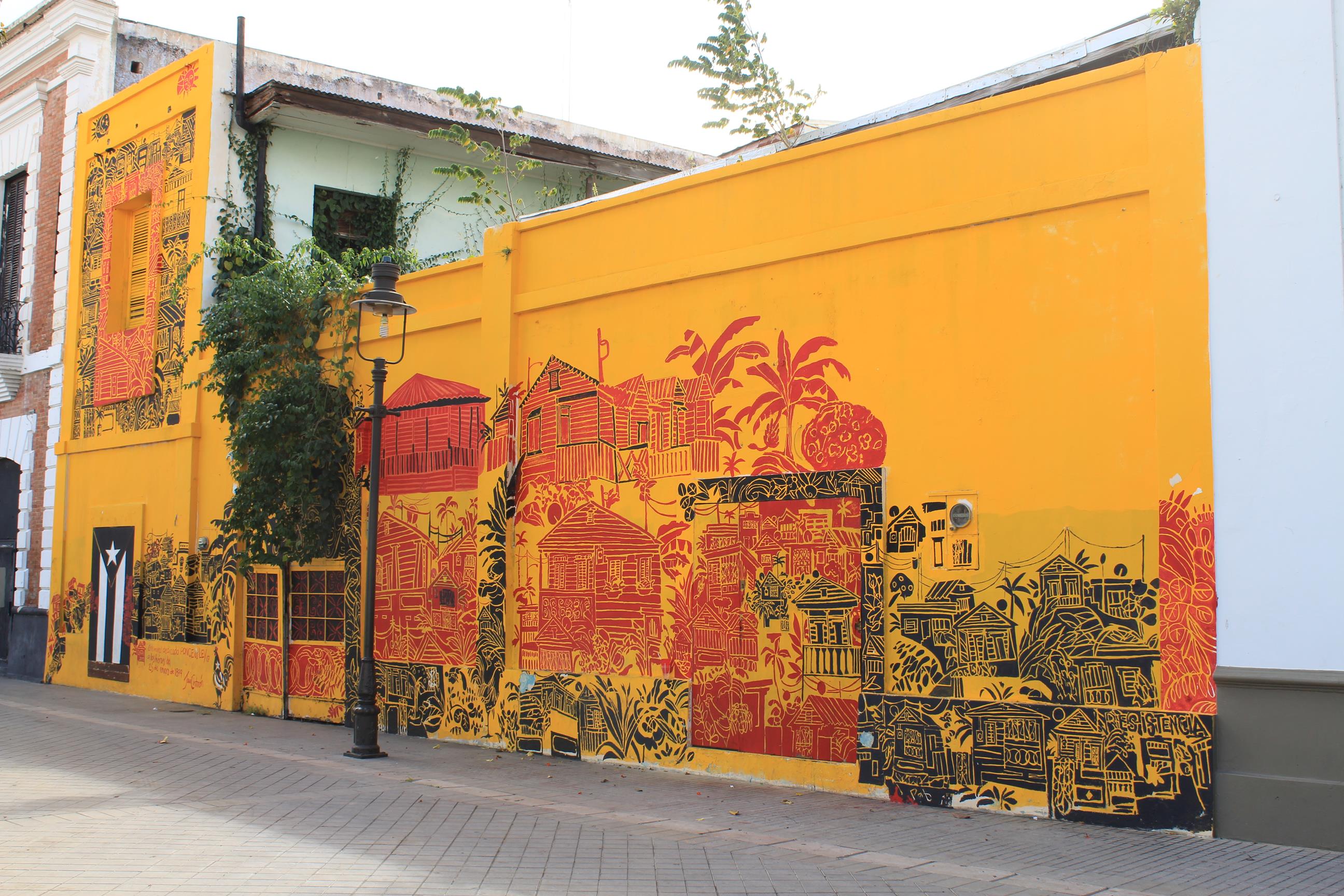
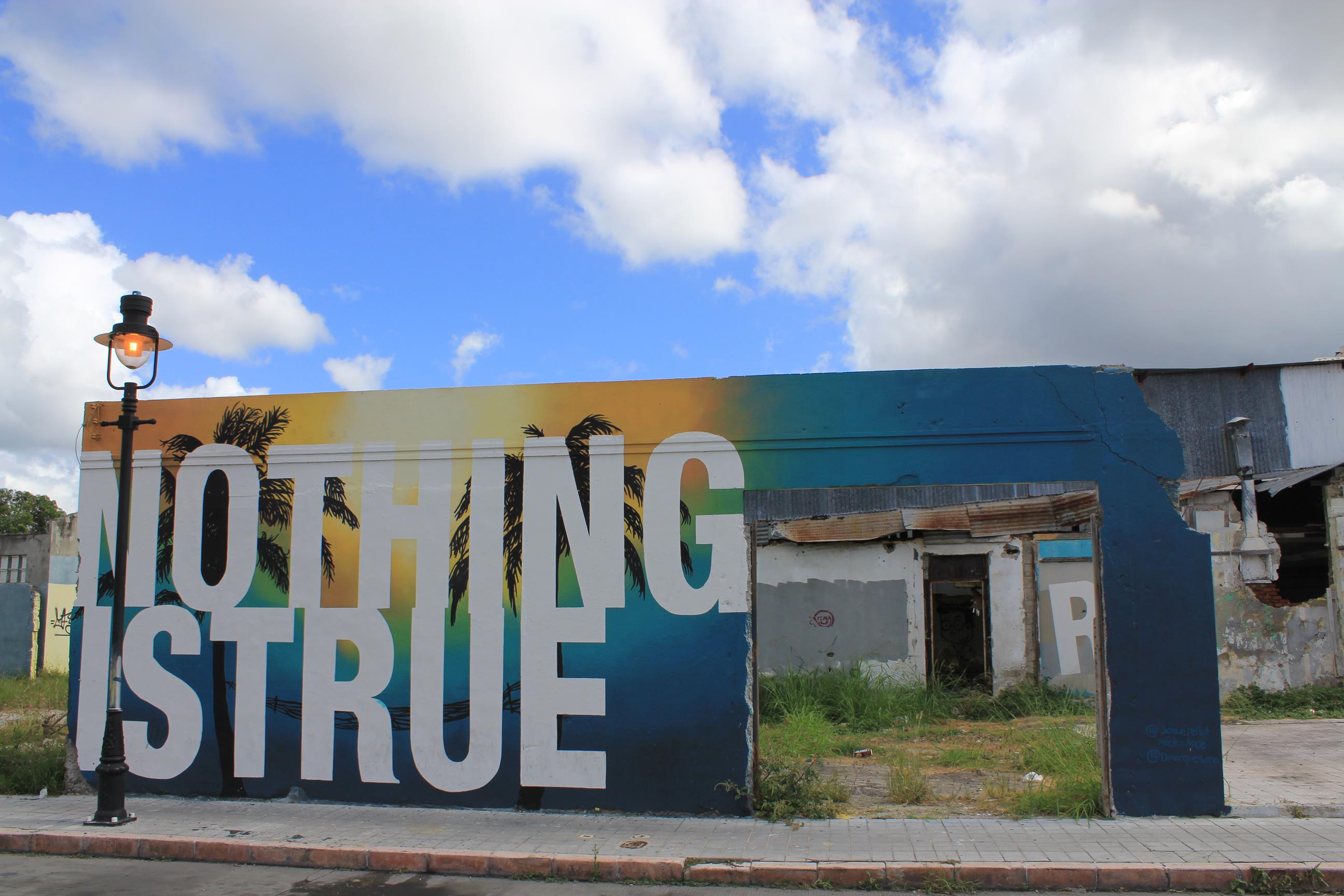
Other popular destinations in Ponce are the “Paseo tablado la Guancha” – the beach promenade, which transforms to a party mile in the evening and the Cruceta del Vigía – an oversized cross from which you get a wonderful view over the city. To visit the sights, a rental car is mandatory – as I said – there is no public transport.
Cruceta del Vigía
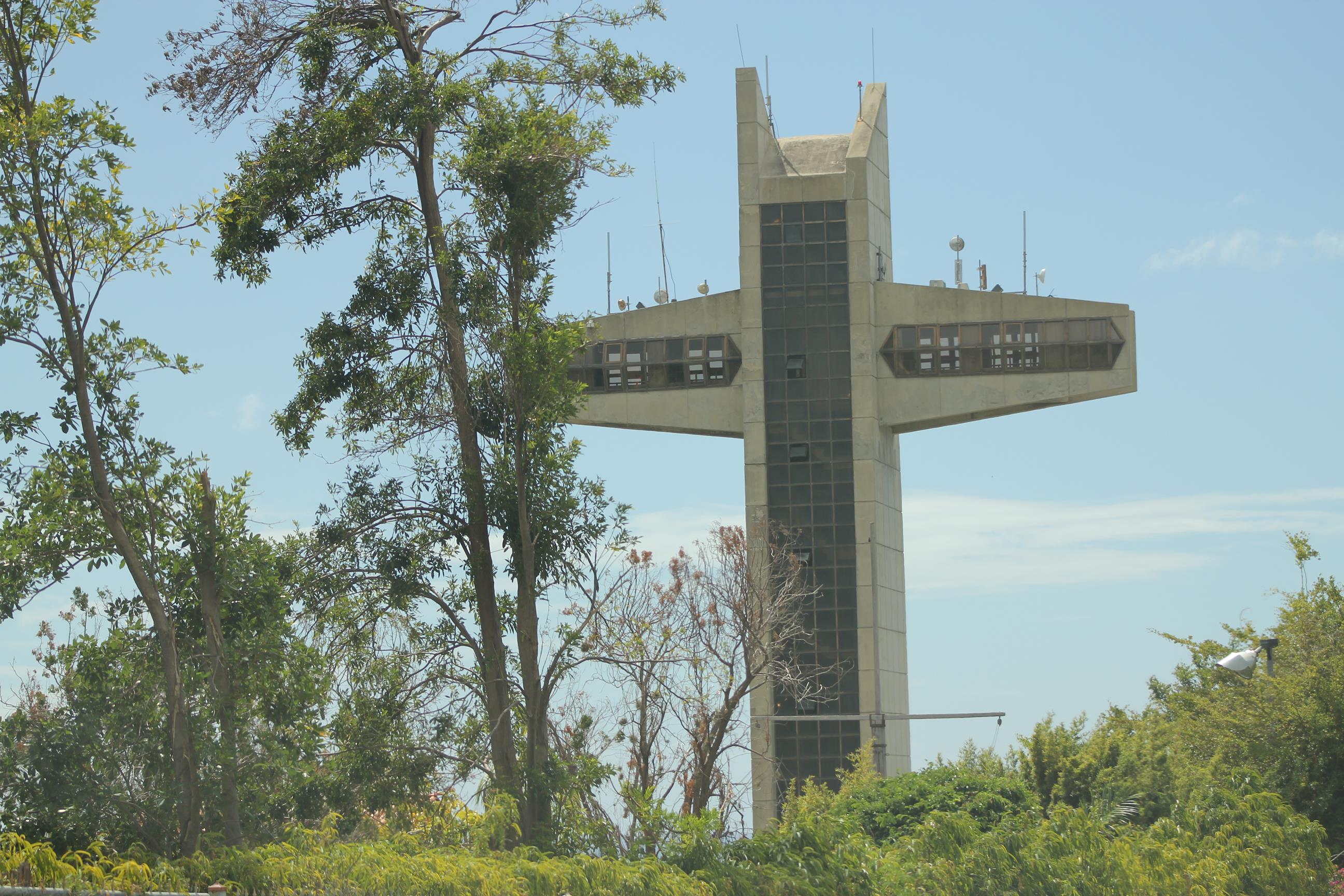
The beaches
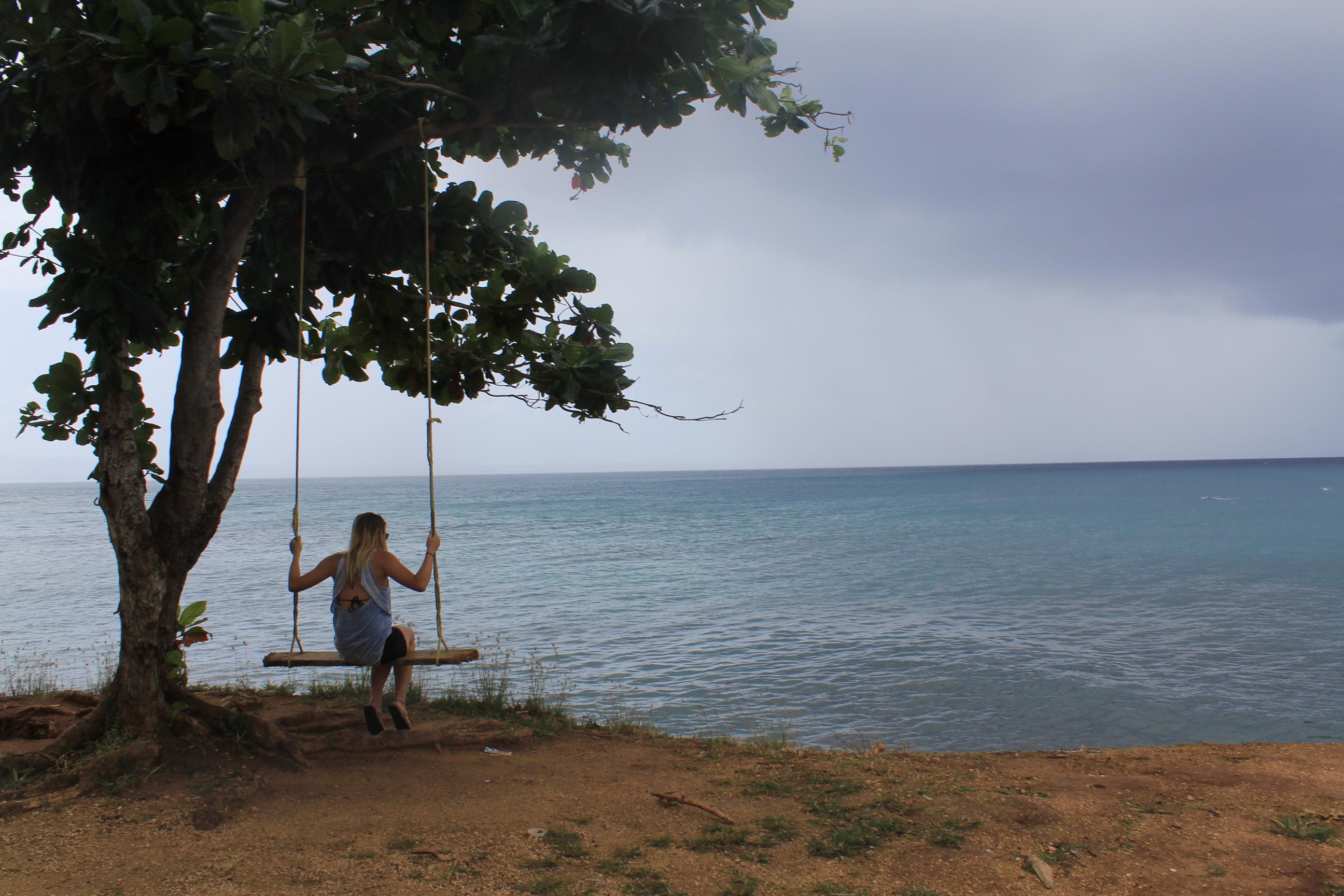
In our seven weeks on the island, we visited beaches in all directions. My favorite was “Jungle Beach” on the south coast. Check it out in a short video of Tes in the mangroves:
Otherwise, you can find beautiful, sandy beaches all over the island. Next to the aforementioned Isla Verde, the beaches in Rincon on the west coast are the most popular with tourists. Usually, countless Americans spend their vacation in the small city. During our visit we could hardly spot a tourist at all and the promenade and shops were empty. Therefore, the prices were cheaper than in San Juan or Ponce – actually a reason to fly over – and help people through your vacation: They need the money.
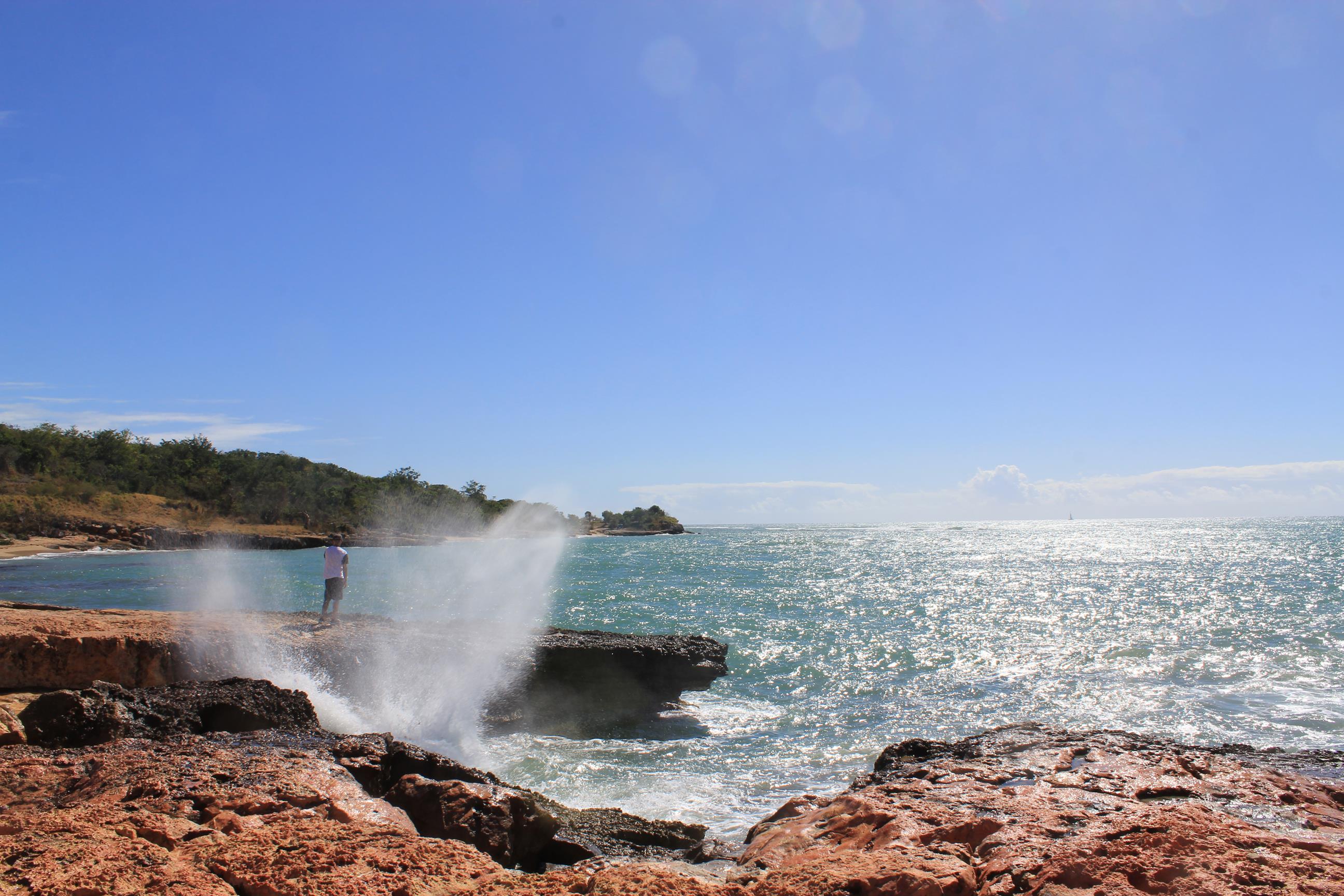
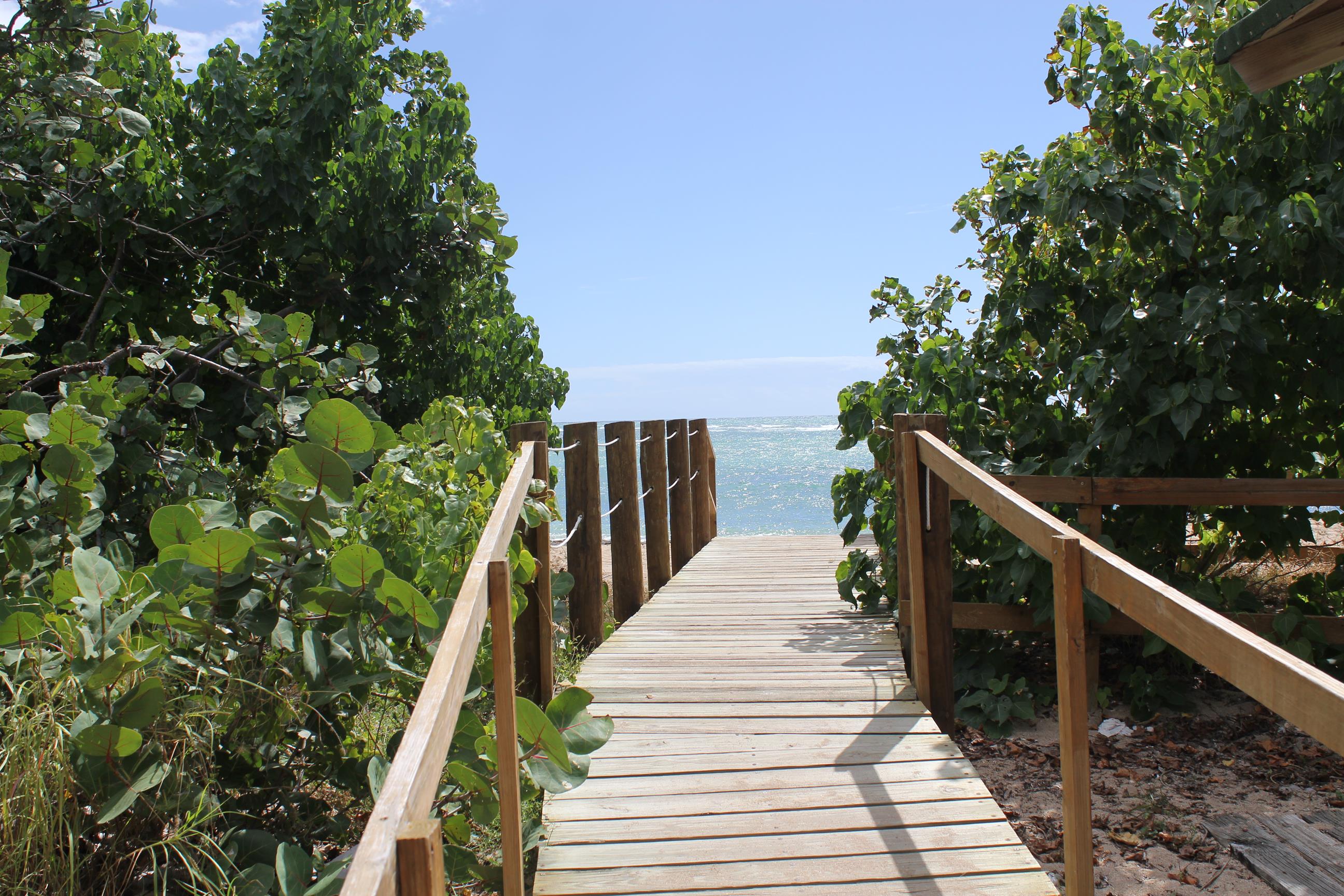
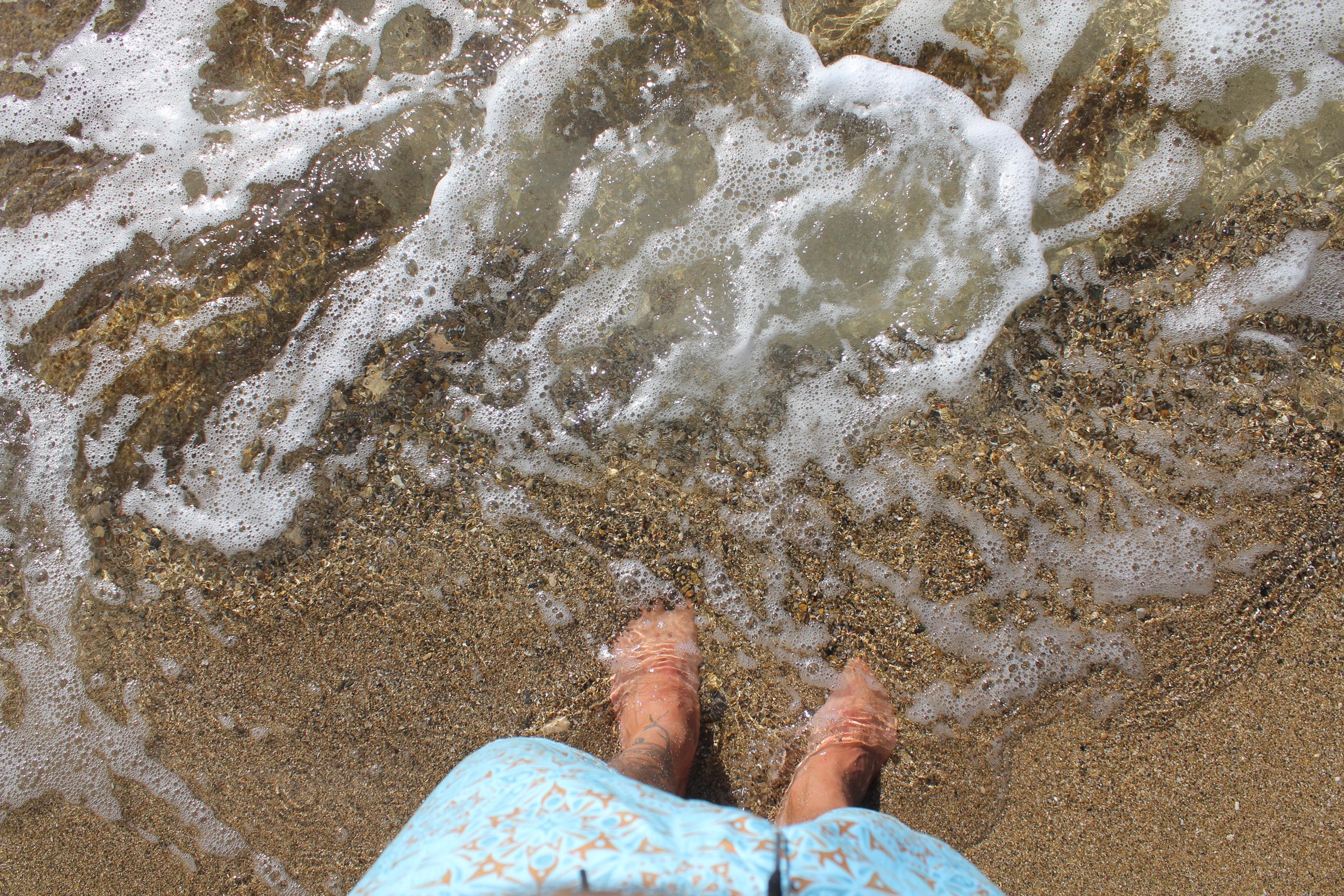
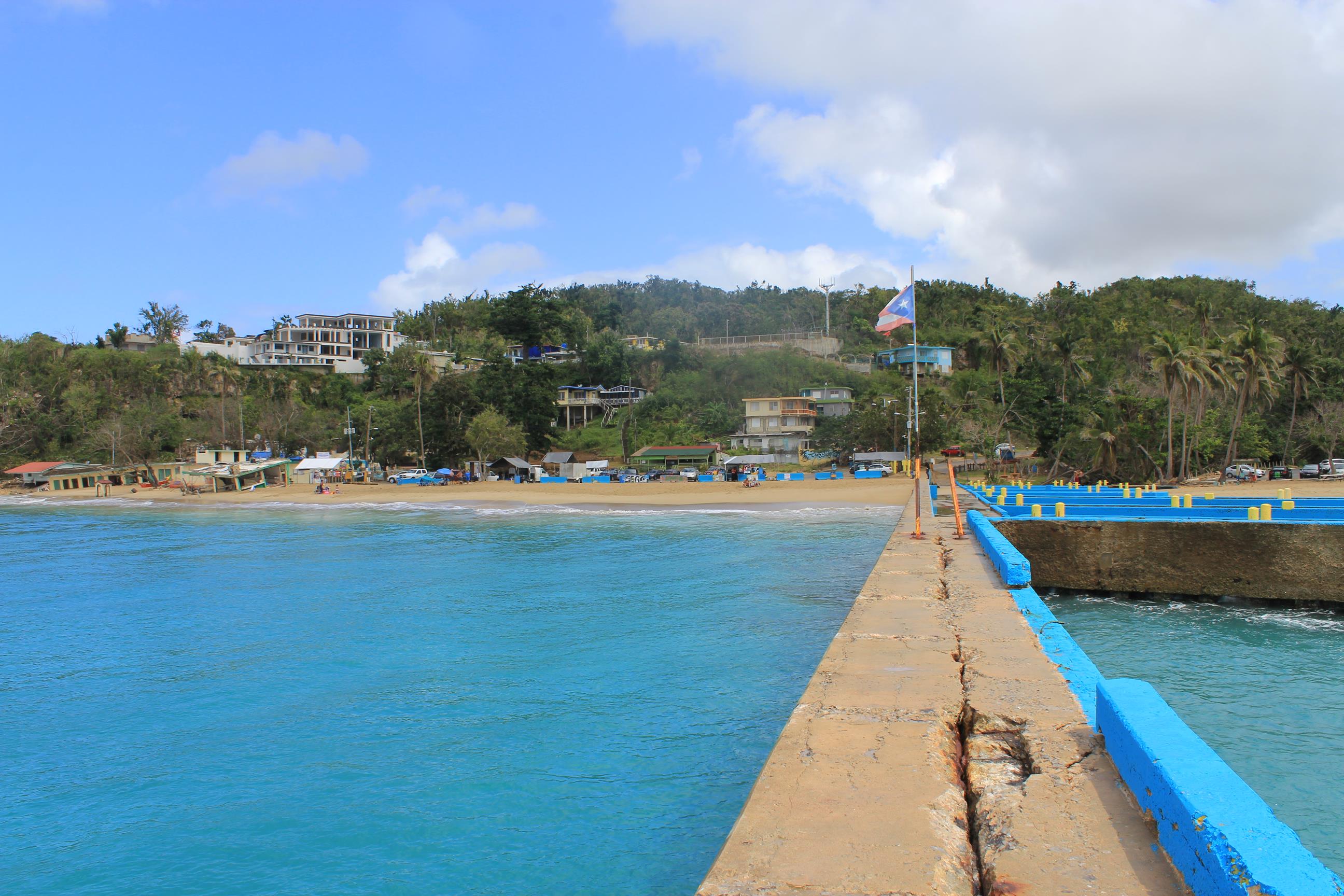
Many beaches we planned on visiting were not accessible. Either blocked by fallen trees, the road torn into the sea or too much branches and garbage making it hard to relaxe. Otherwise, pictures say more than a thousand words, especially when it comes to sandy beaches, palm trees and the sea.
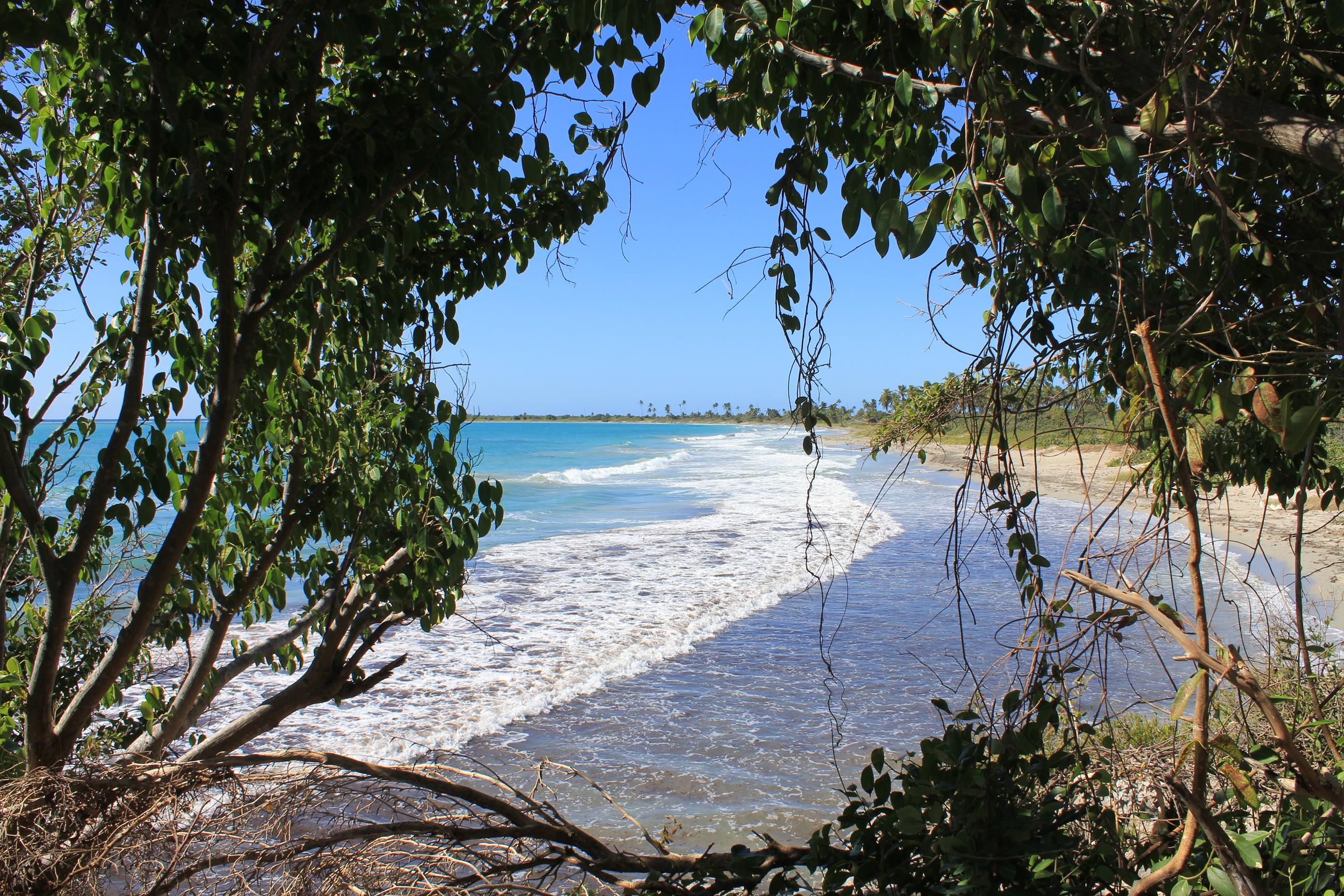
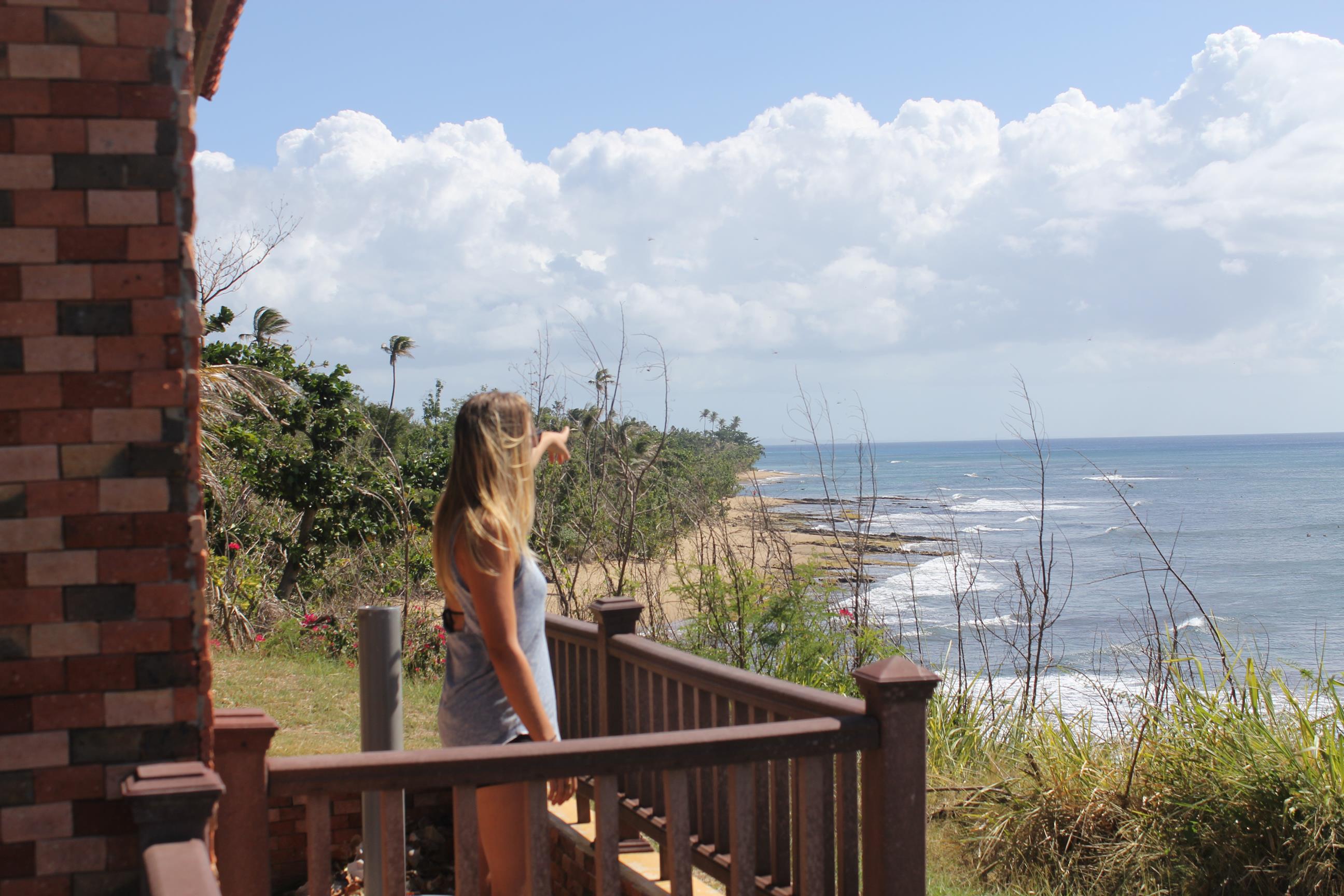
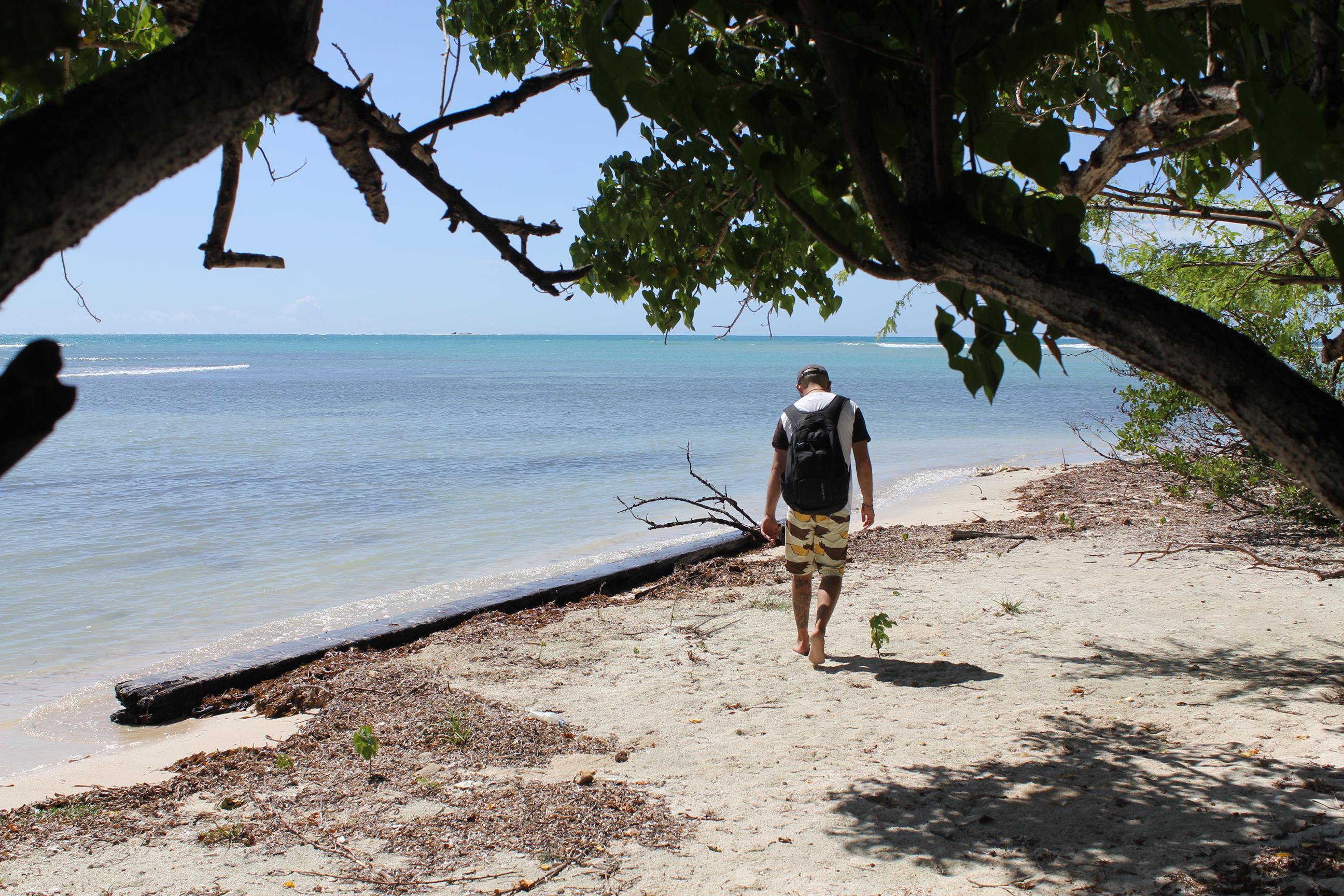
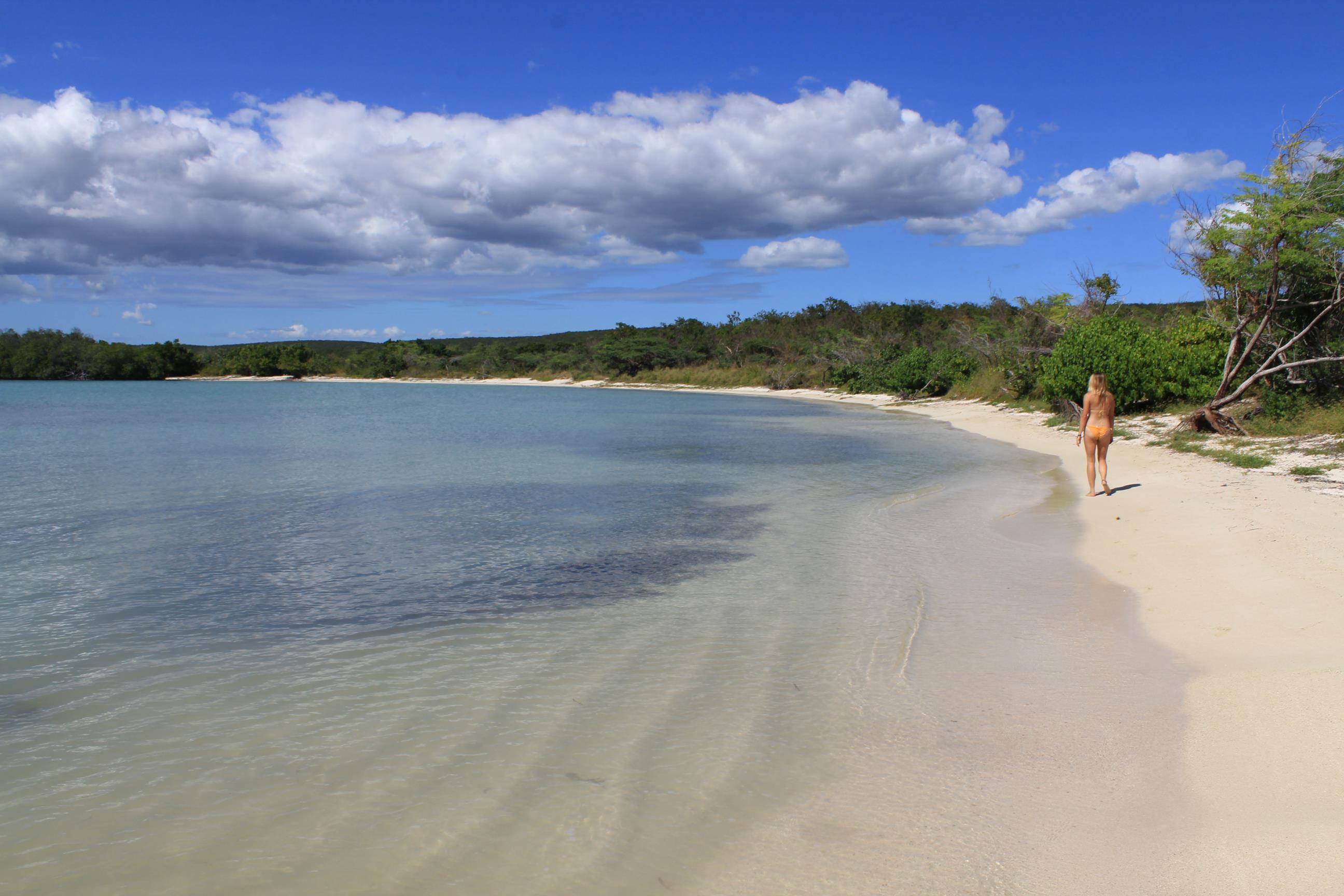
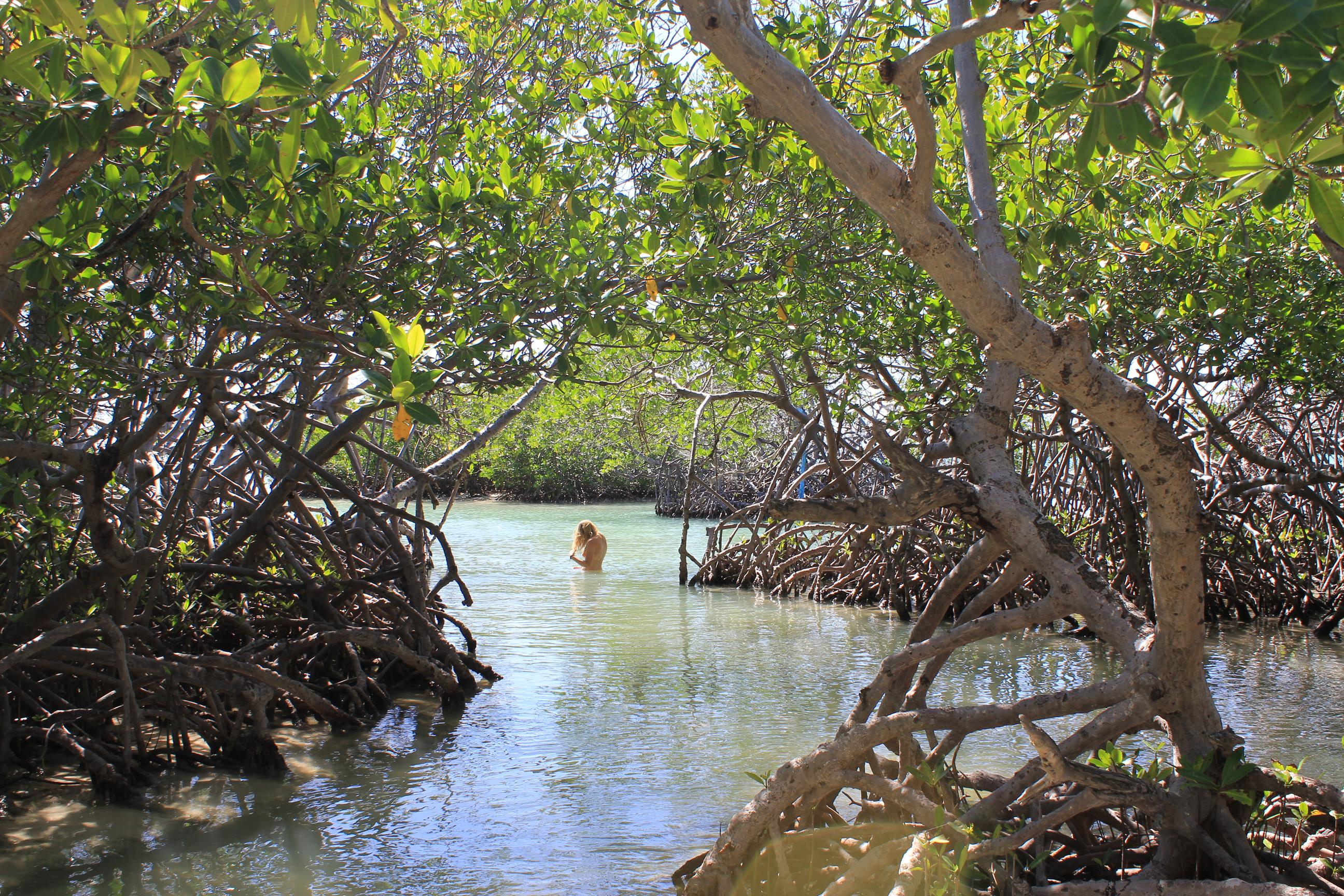
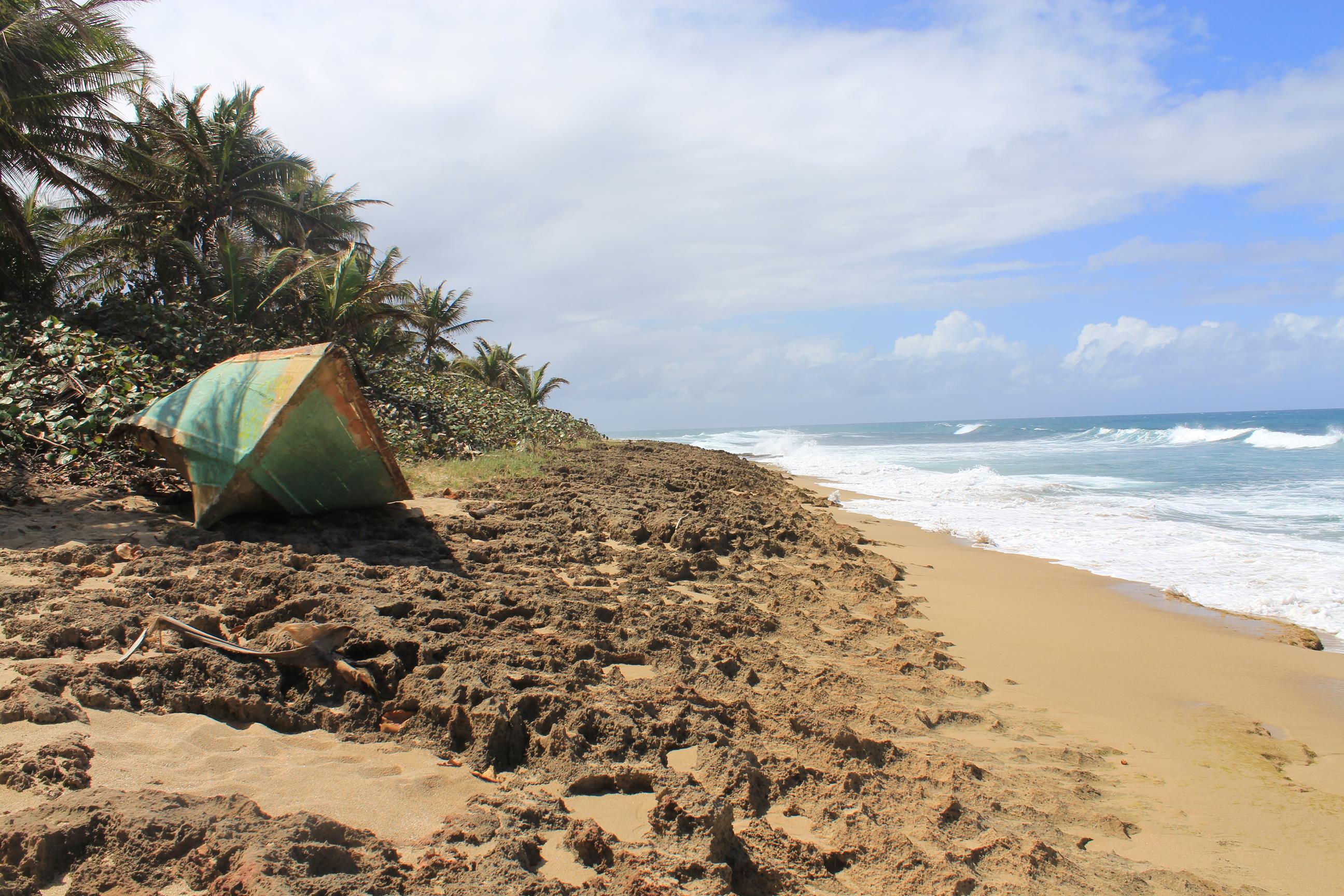
The sights
“Birth of a new World”-Statue
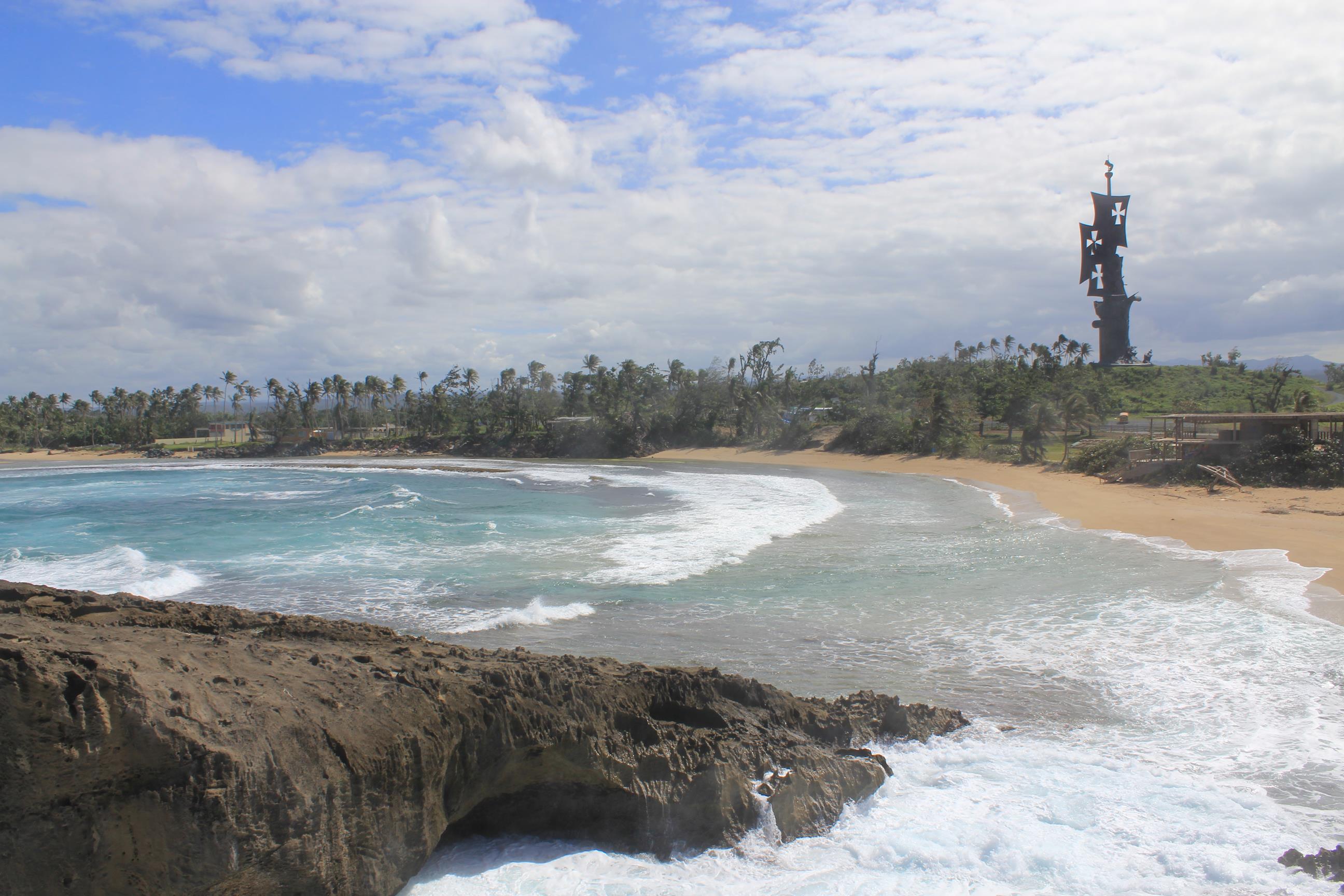
The island offers uncountable attractions such as the “El Yunque National Park”. Usually you can explore the rain-forest through trails, but due to the hurricane, only one waterfall was accessible. The rest was said to be unsafe. After all, they had to clear the paths and check the trees. A few weeks later we heard from other tourists that one trail was passable till a collapsed bridge. You still get a beautiful view from the road to the waterfall, which is worth the drive into the park – at least to me.
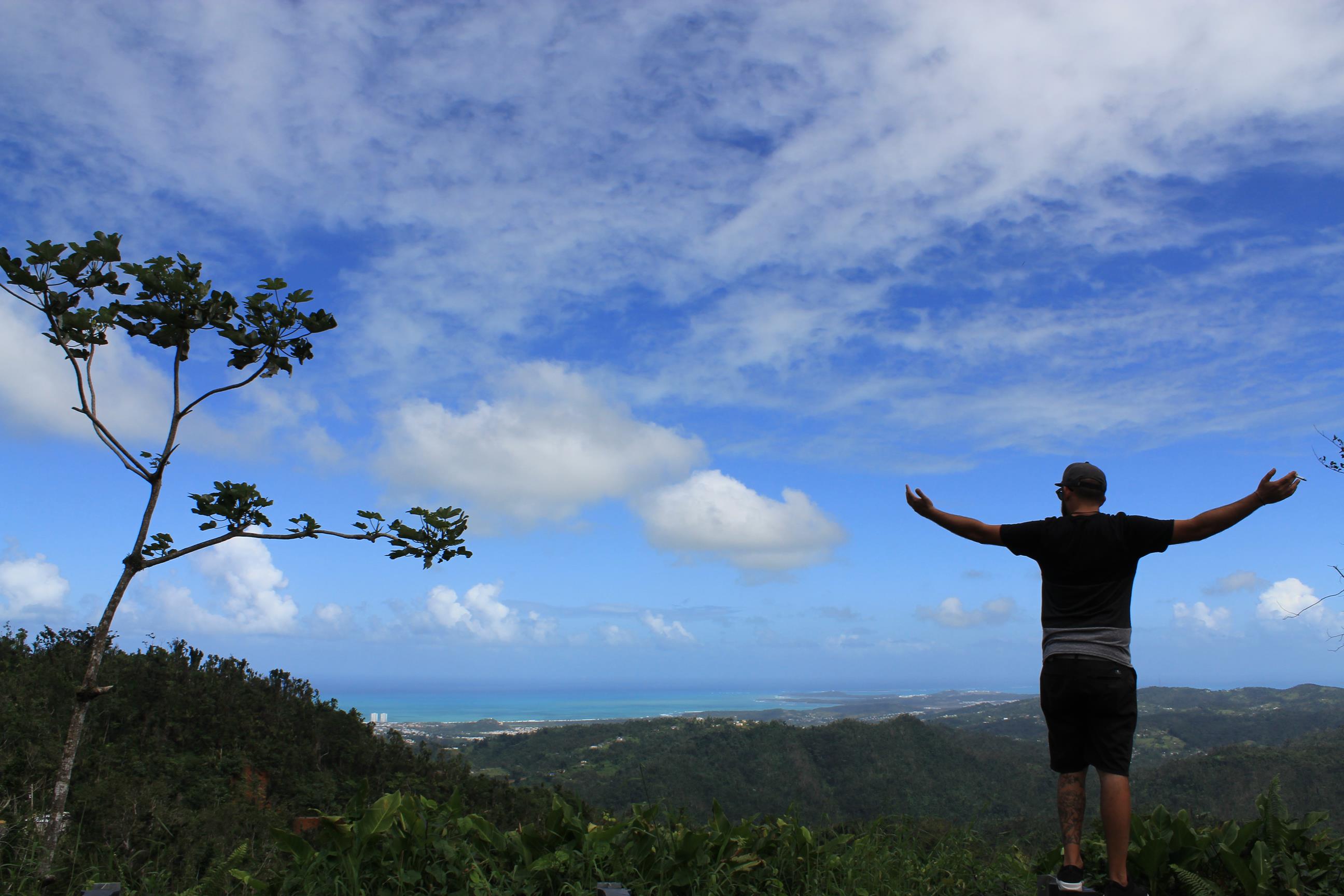
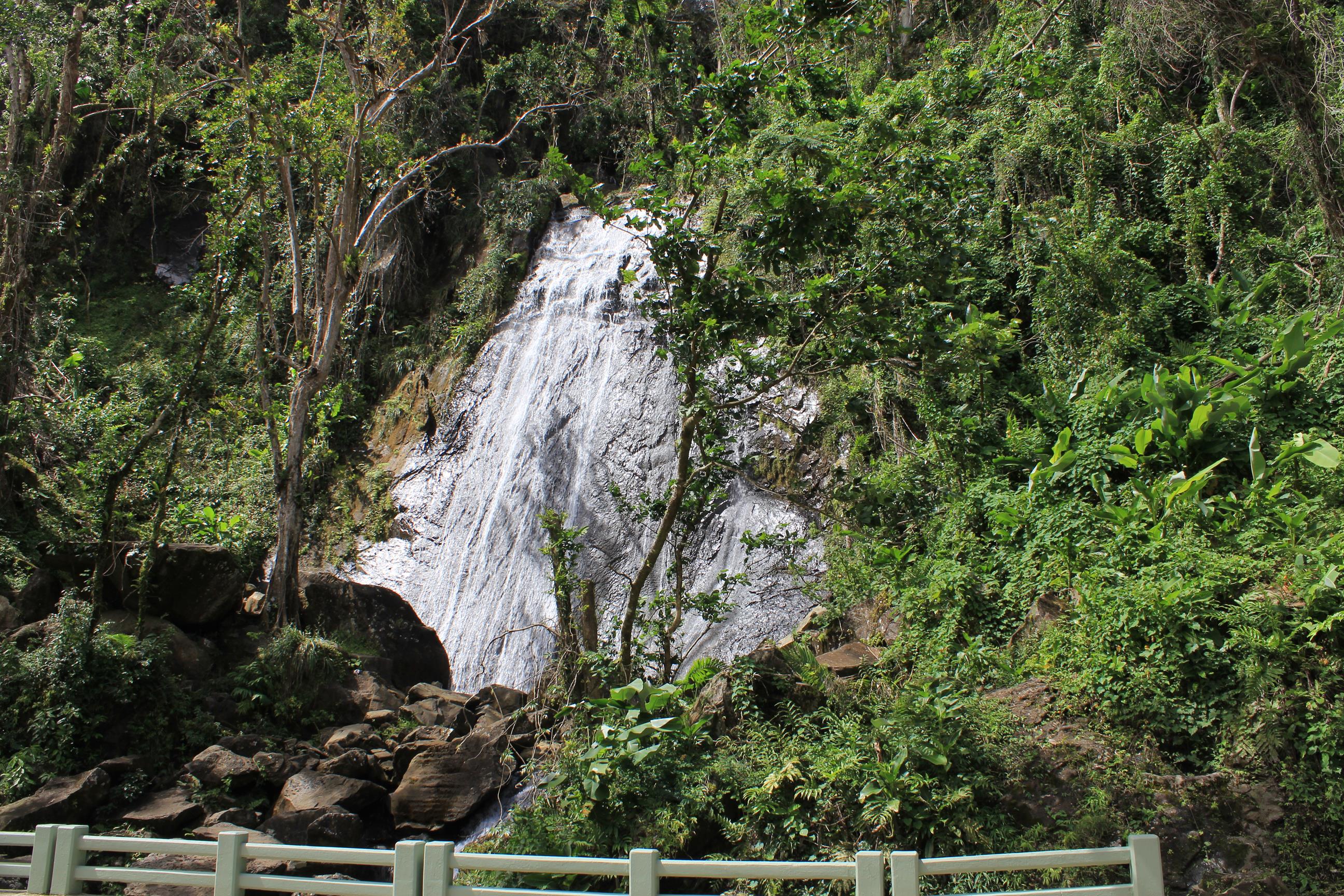
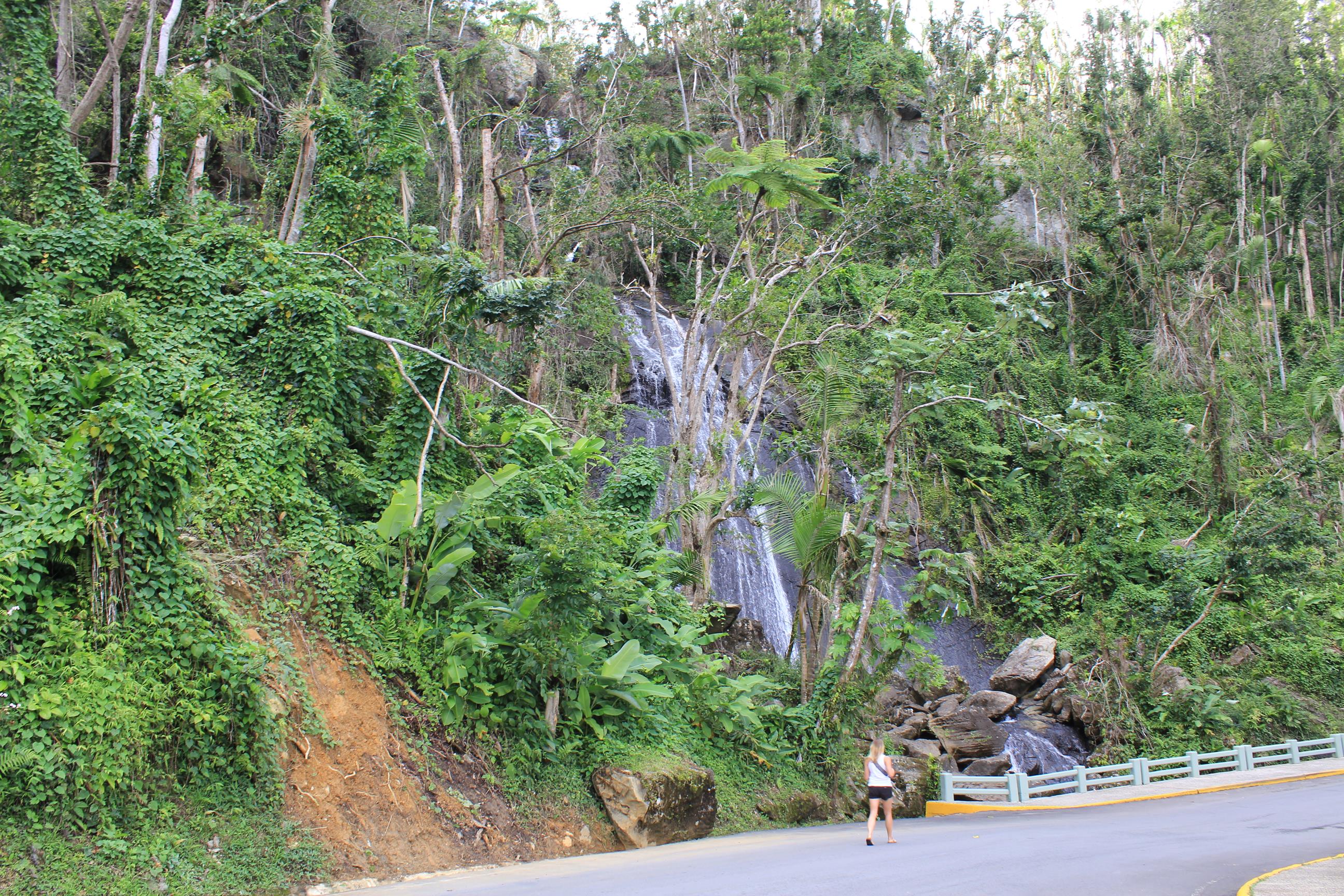
We spent a lot of time exploring the island by car and discovered countless nice places. For example, the “Birth of a New World” statue, which represents Christopher Columbus in subtle 110 meters (360 feet). It was offered to a few American cities like Baltimore, Miami, New York and Fort Lauderdale, but no one wanted to set up the artwork. After all, it would ruin their skyline. After several years, the monument was finally put up in Arecibo and is ever-since the tallest statue of the Hemisphere. In addition, we visited several lighthouses and tried to shop in outlet malls. Our first point of contact was the “Premium Outlet” on the north coast, but not even half of the shops were open. Additionally, the “Outlet Mall 66” was closed completely – both due to damage caused by the storm.
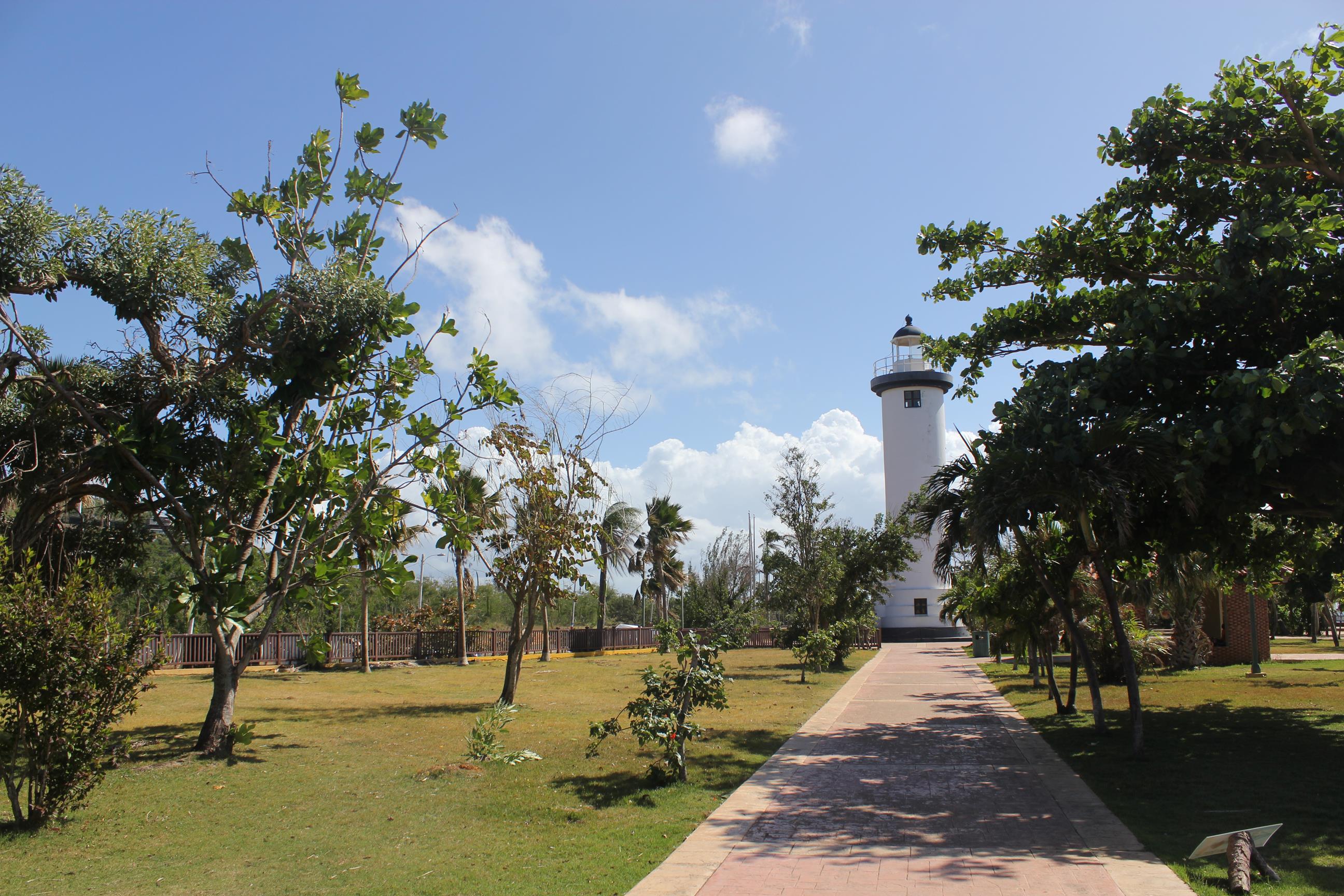
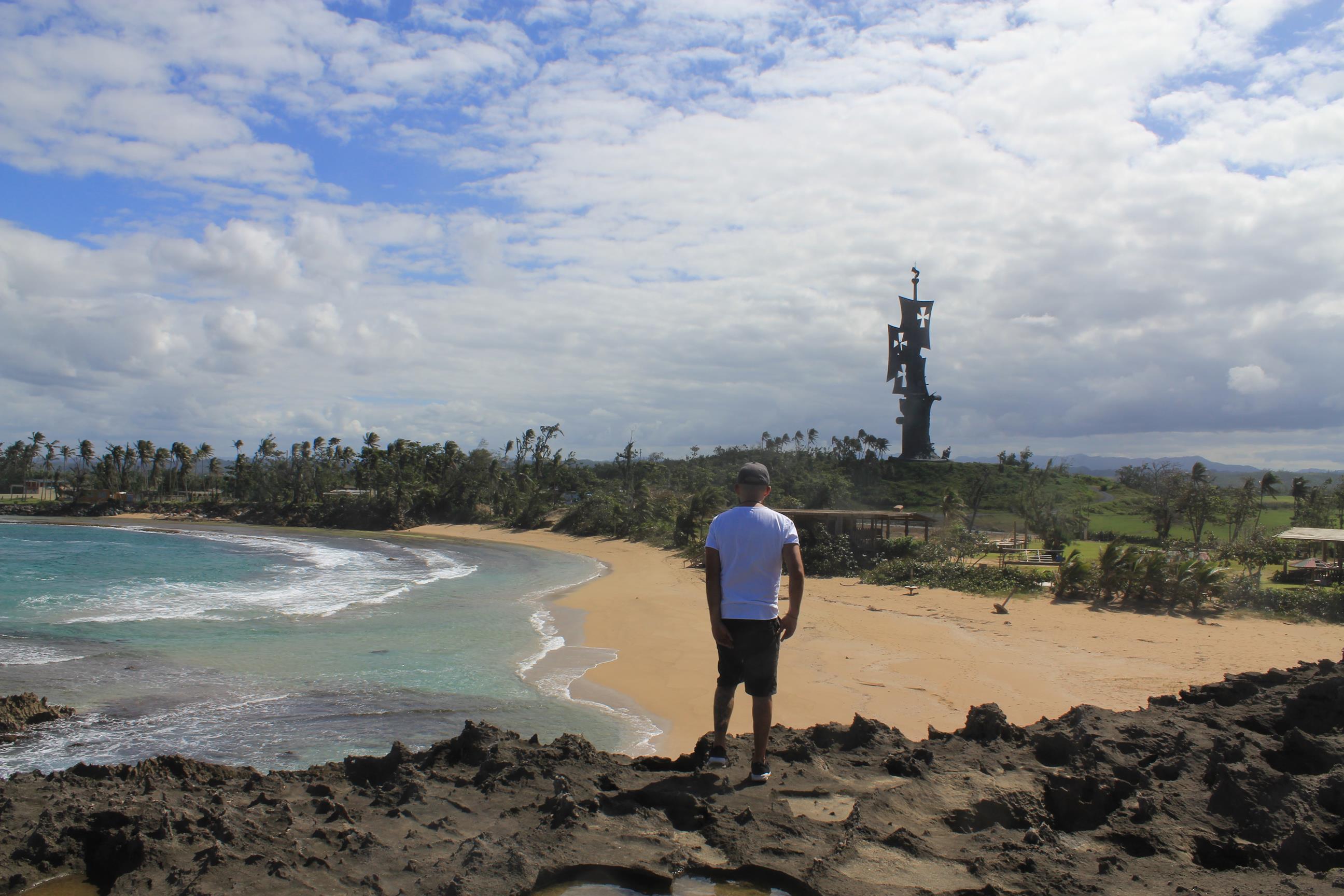
The Bio-Bays
Another special feature of the island are the three different “Bio-Bays”, of which only twelve exist worldwide. They got fluorescent microorganisms that cause moving seawater to light up at night. It must be a wonderful spectacle, that slowly comes back after the hurricane. Unfortunately, we had no way of checking it out ourselves. Either the bay was closed, full moon (you hardly see anything) or the guide didnt answer our messages.
The wildlife
The wildlife in Puerto Rico was greatly decimated by the hurricane. We have seen bats (the last native animal of the island), iguanas, geckos and various species of birds such as condors, gulls, pigeons and greater Antillean grackle (beautiful, pitch-black birds). Local people told us that in the past, they had often seen hummingbirds and parrots, but since the hurricane, they have vanished. Otherwise, we saw a turtle – dead, next to the highway.
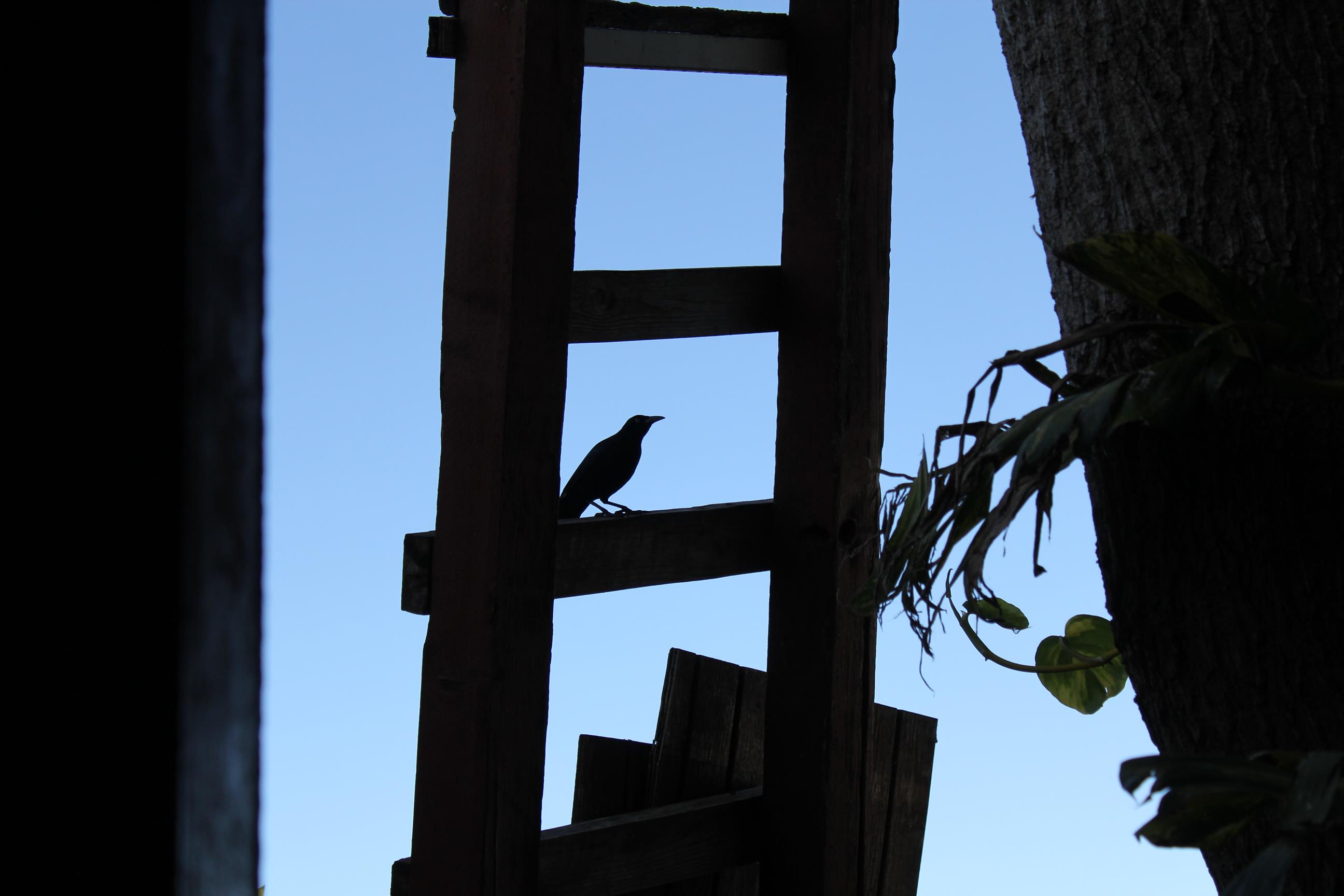
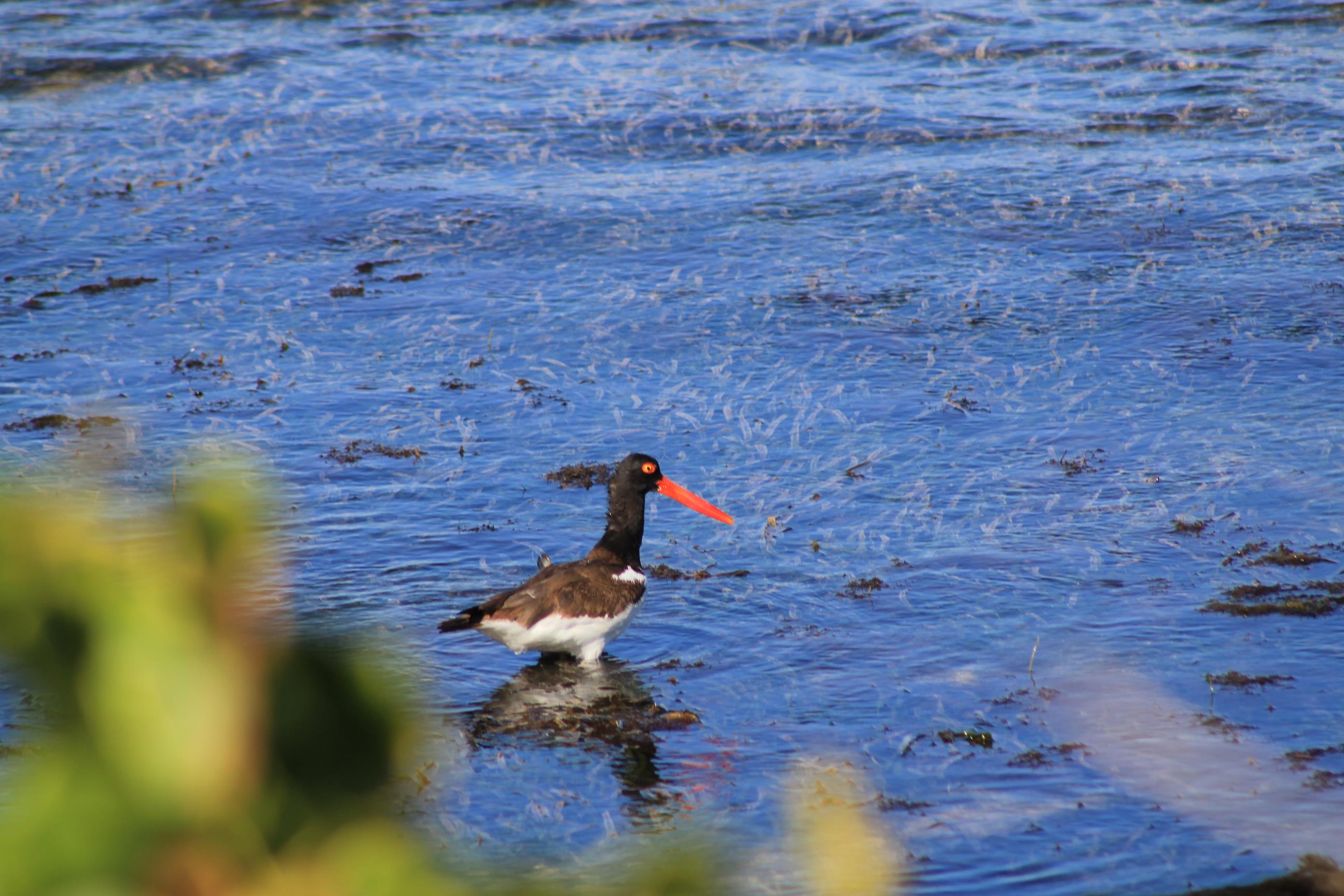
There are a lot of stray dogs and cats on the streets. Even in “El Yunque Park” we discovered two abandoned velvet paws. Most of the strays belonged to emigrants and were left to their fate after the hurricane. So you can often see dead dogs on the side of the road, more than I have ever seen in any other country – but according to Tes, it´s less than in Asia.
An Iguana – in some parts of the Caribbean the animals are eaten
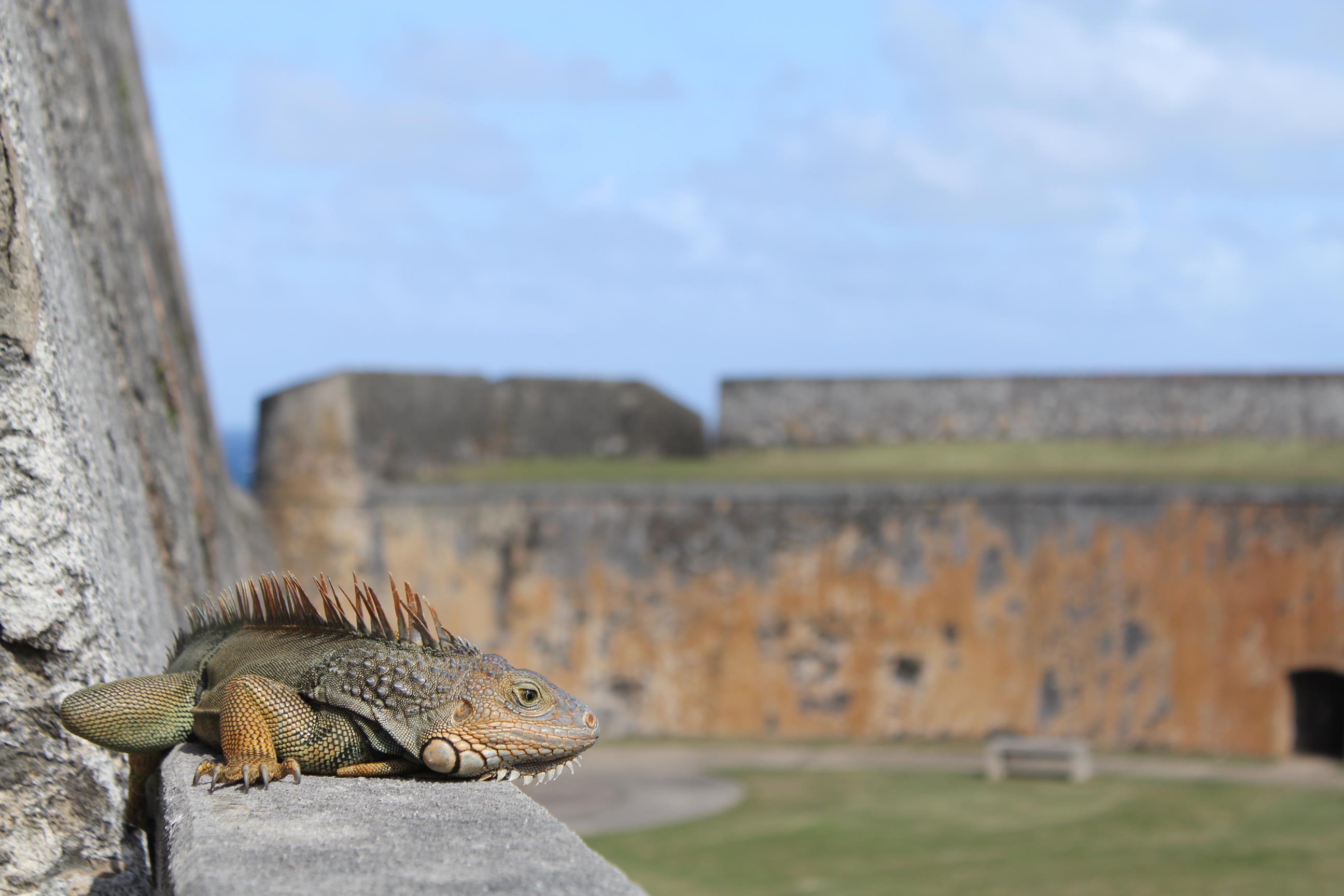
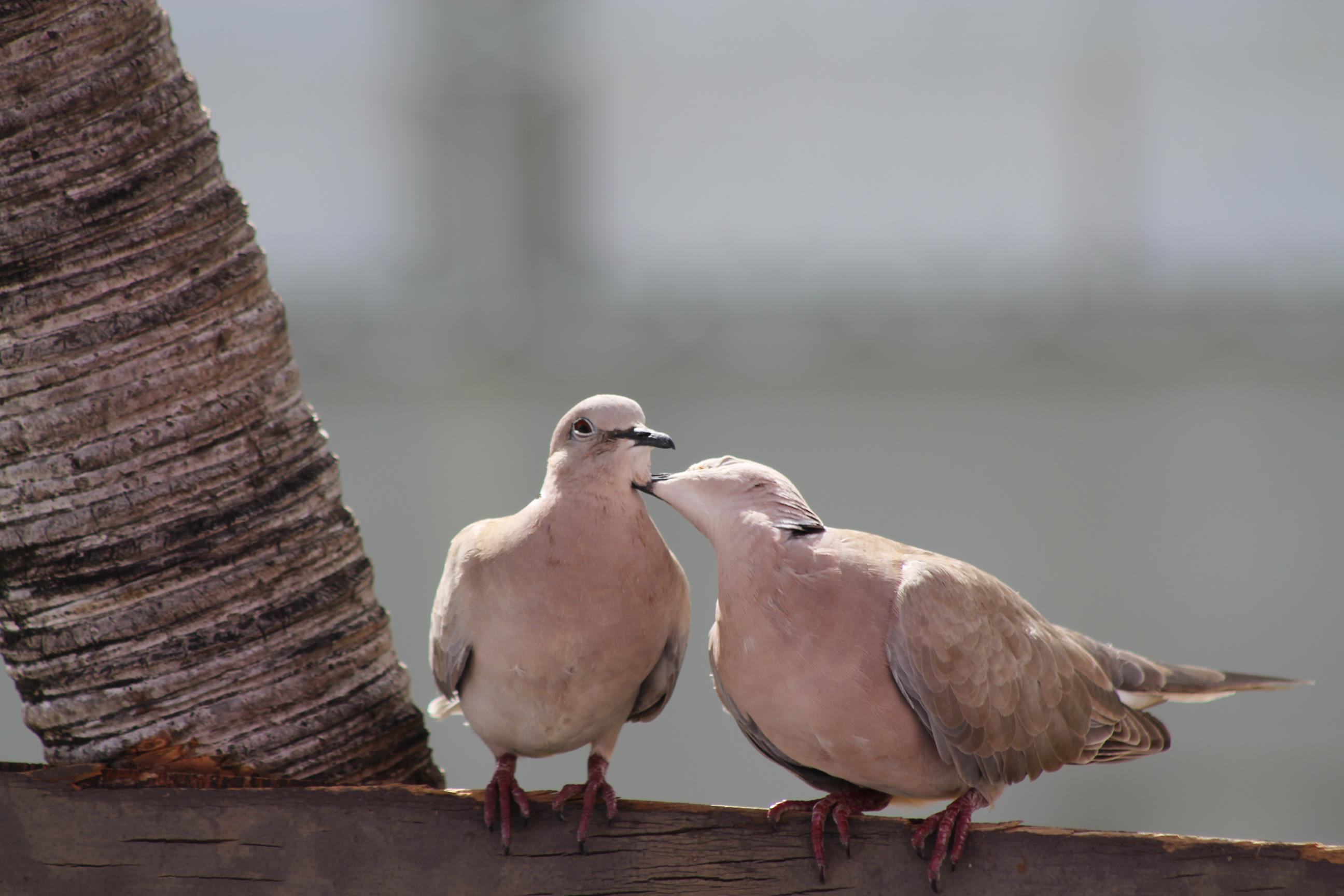
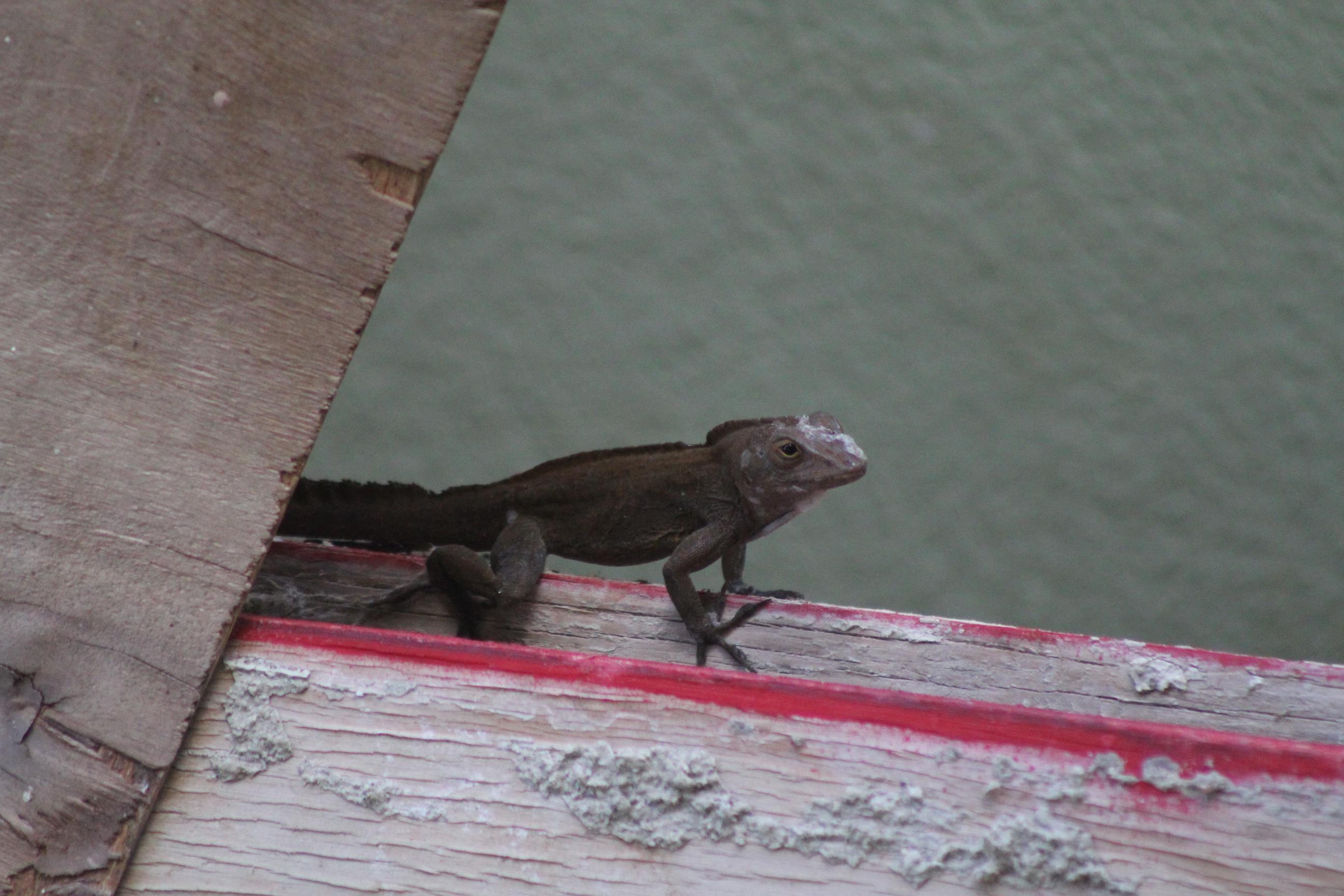
My conclusion
I really enjoyed the seven weeks in the Caribbean. In my opinion, the climate is very pleasant and the nature and beaches top class. However, there still lies much work ahead of the island´s inhabitants. After all, there are still countless houses covered with the blue tarpaulins of the relief organizations, people without electricity or water and a lot more to do.
The dogs after the weekly shower
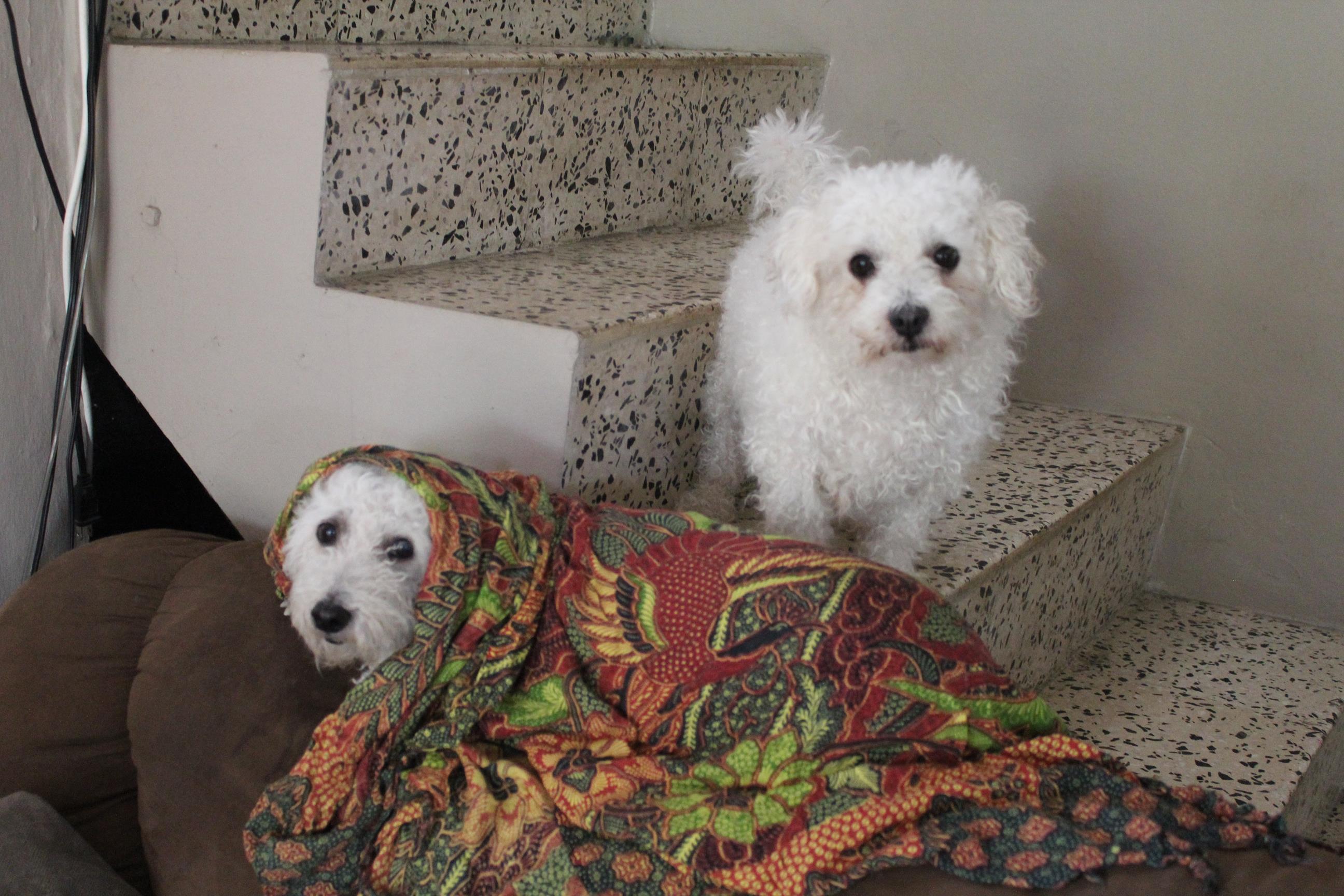
For exactly these reasons, holidaymakers should consider the Caribbean island as a travel destination. The beaches are amazing, the food tastes very good and most people are friendly and accommodating – as long as they are not behind a steering wheel. At that time we had to decide between Peru, which was a bus ride from Ecuador or the Caribbean island. In retrospect, I’m glad we chose Puerto Rico. Seeing an island after such a misfortune is certainly not a privilege, but an experience that sticks with you.
Pending Coffee – Pay for a coffee in advance to give it to a destitute person, 20 were open – nice idea
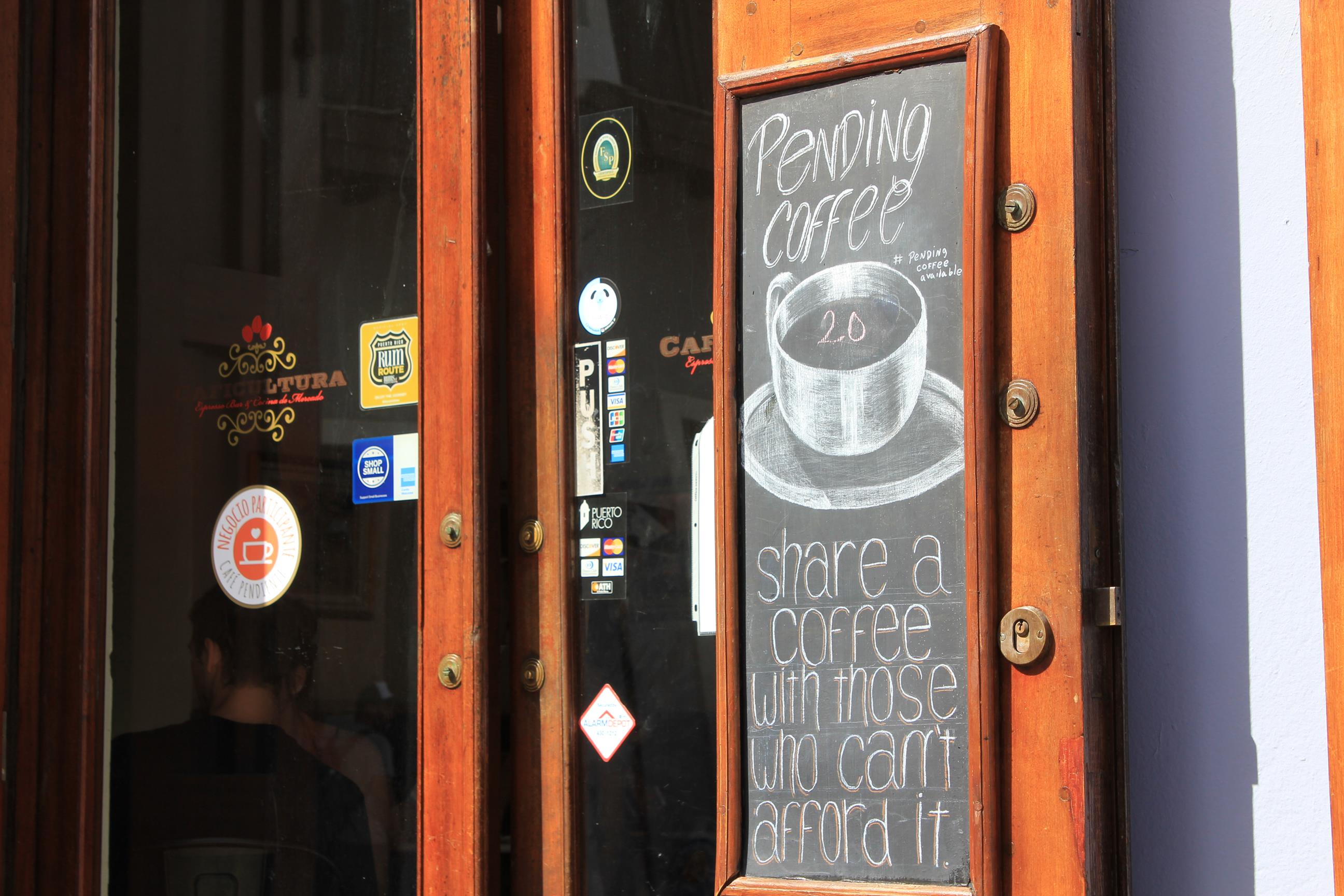
I intentionally did not put many photos of destruction in the galleries. With this post, I do not want to show the extent of the chaos, but the still existing beauty of the country.
Finally two pictures of the destruction
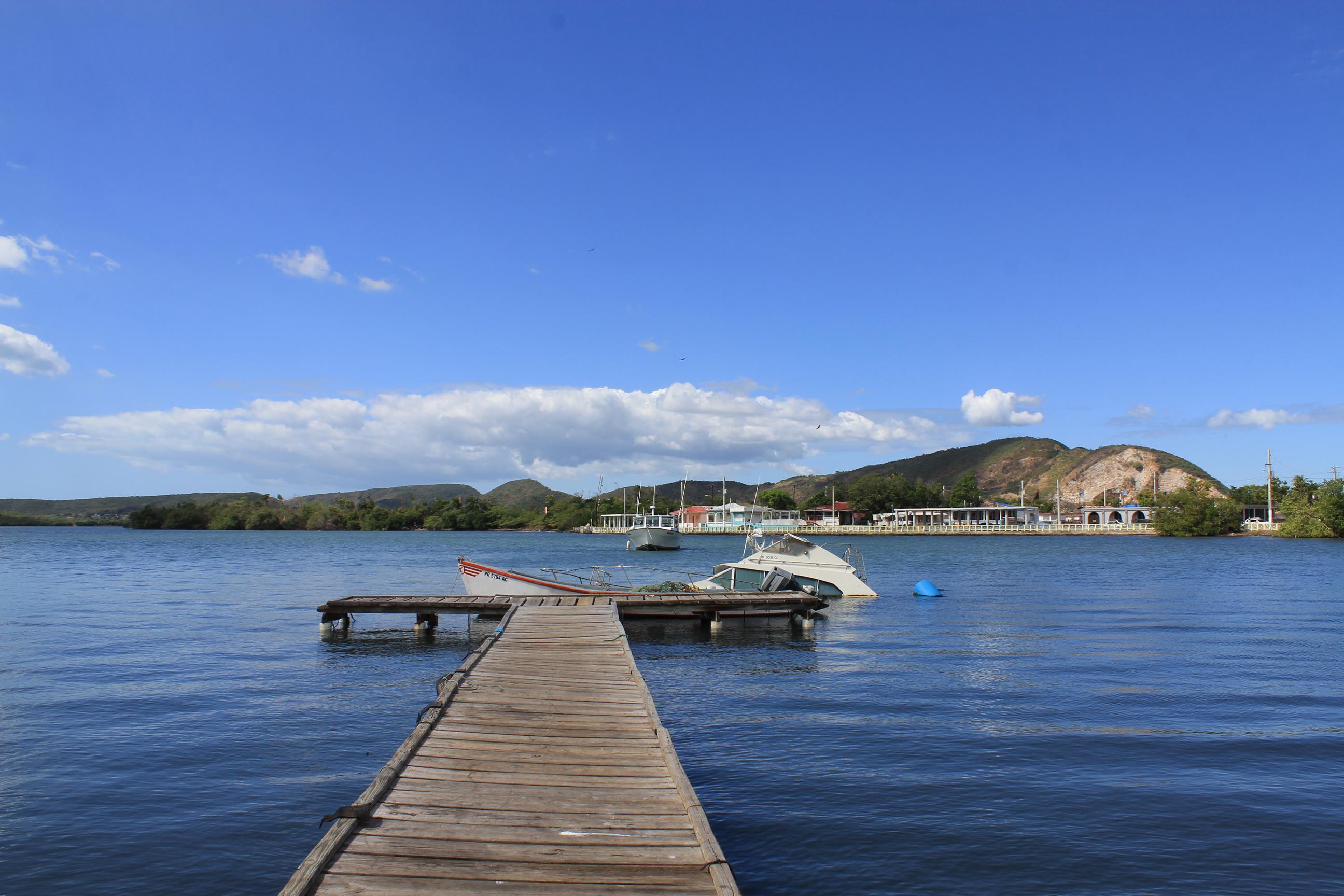
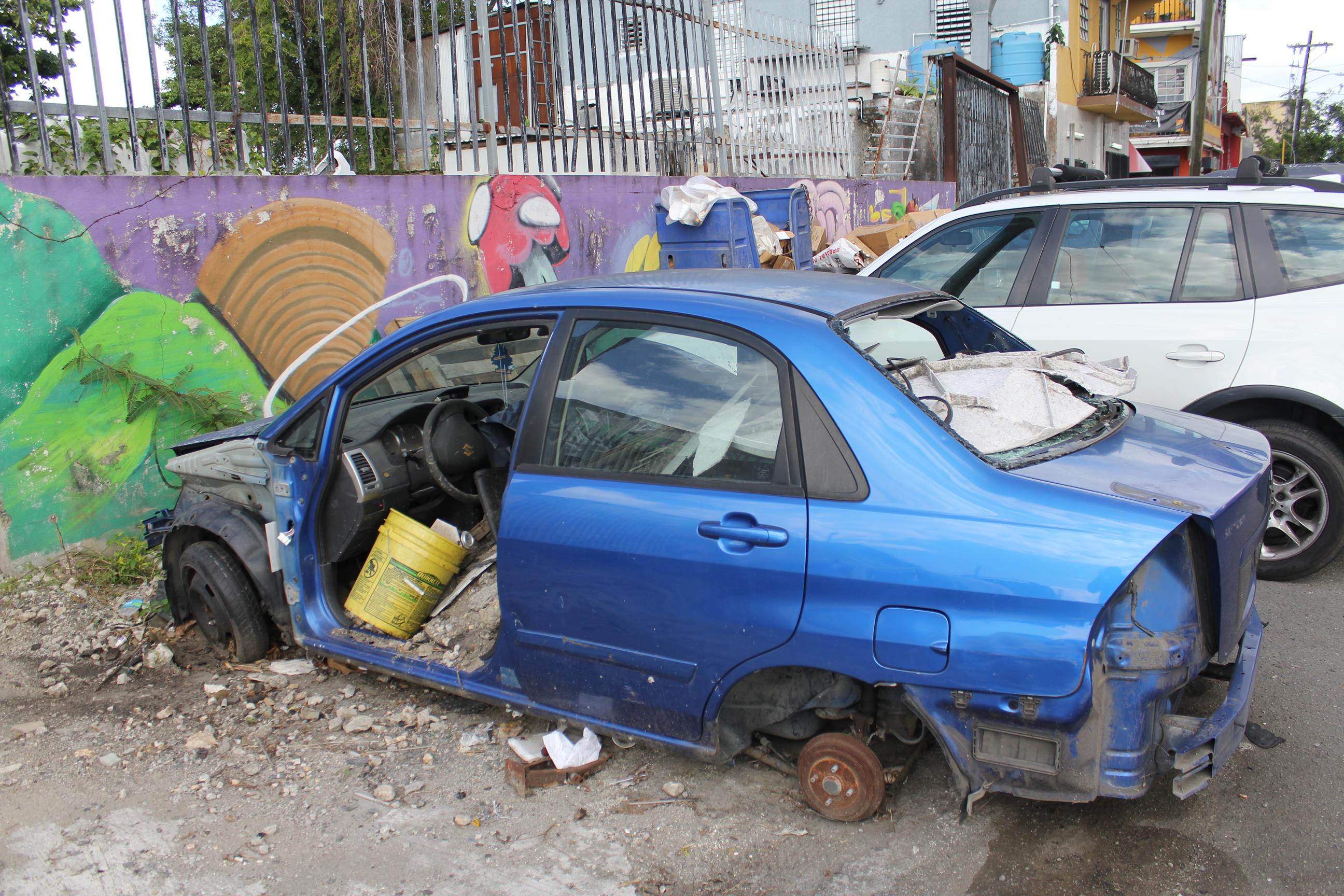
After Puerto Rico, we took a cruise to some islands in the eastern Caribbean: Posts about St. Thomas, Barbados, St. Lucia, Saint Kitts and St. Martin are online, check them out!
C-L

